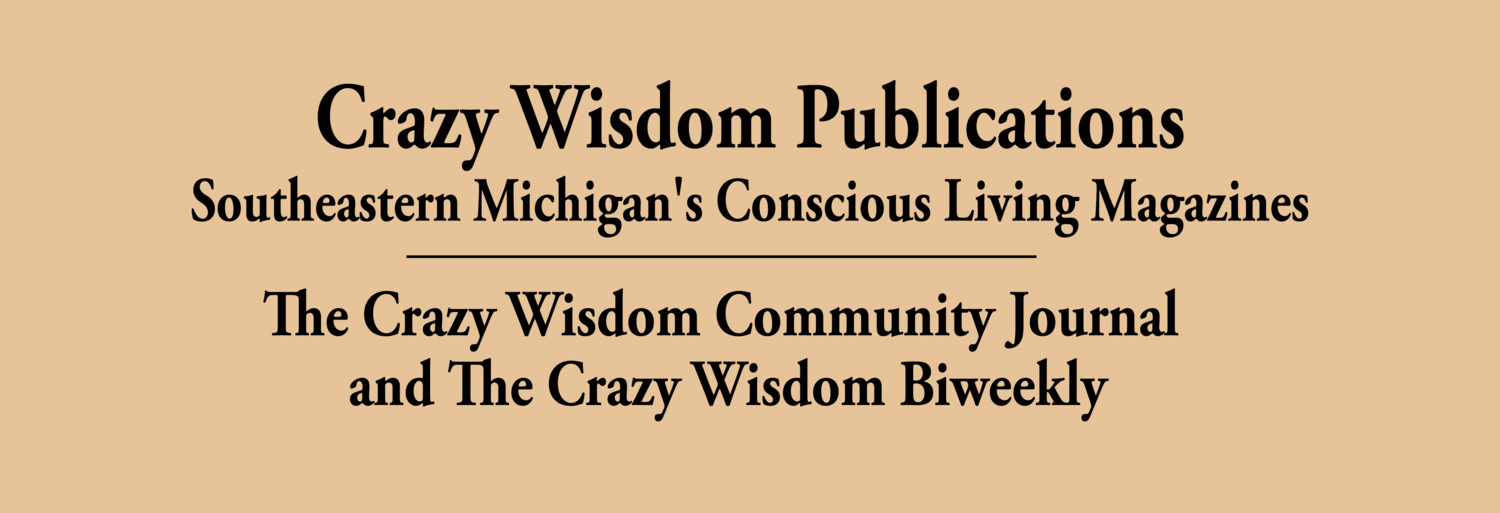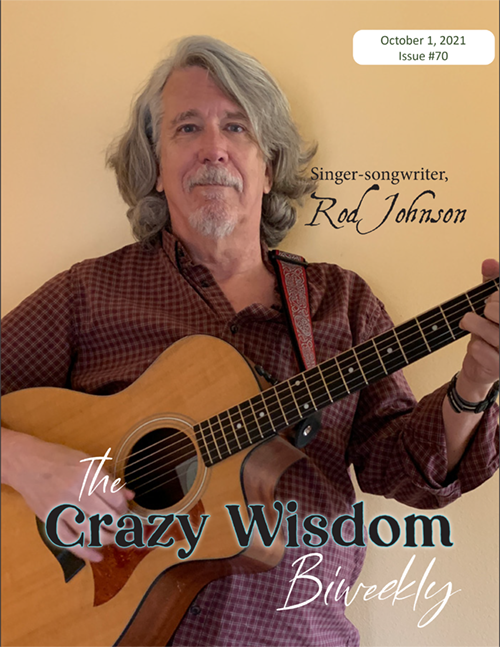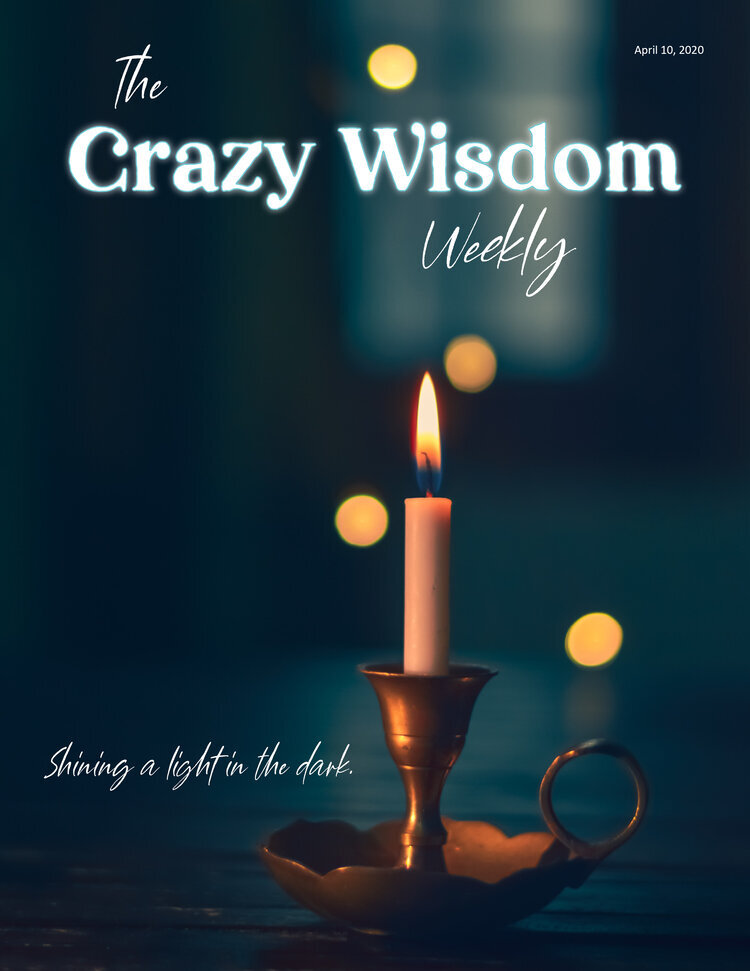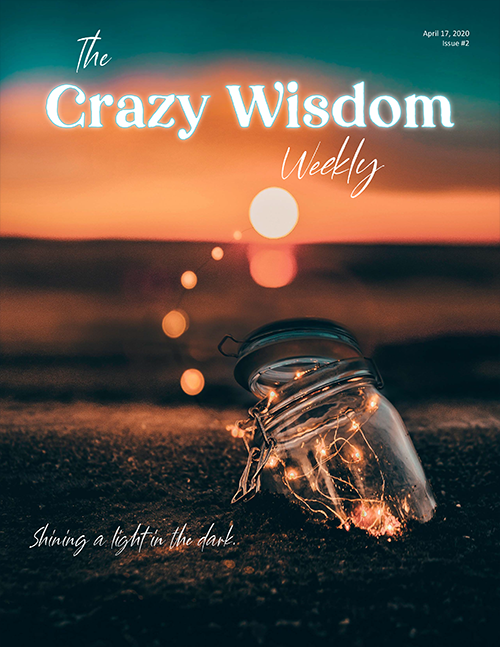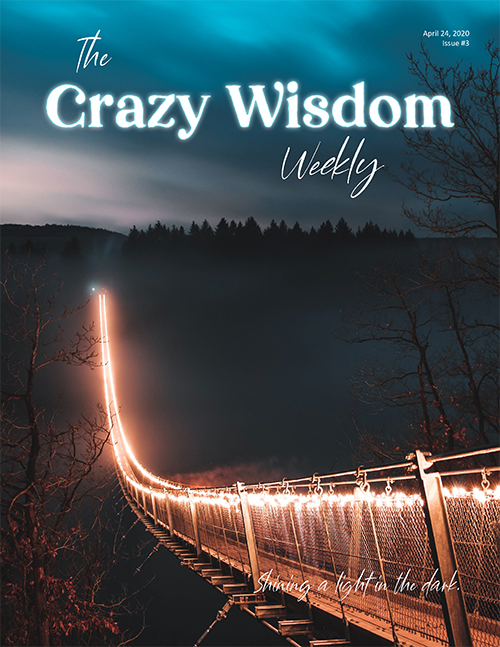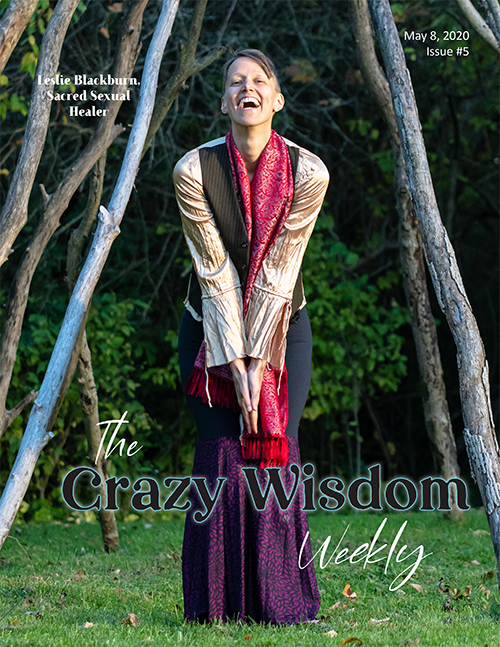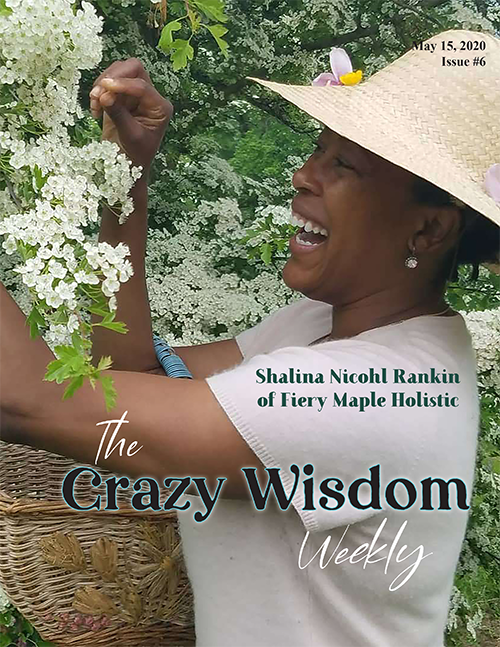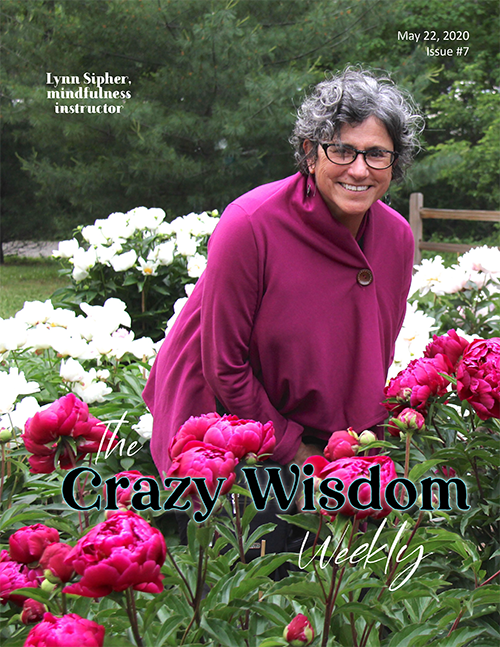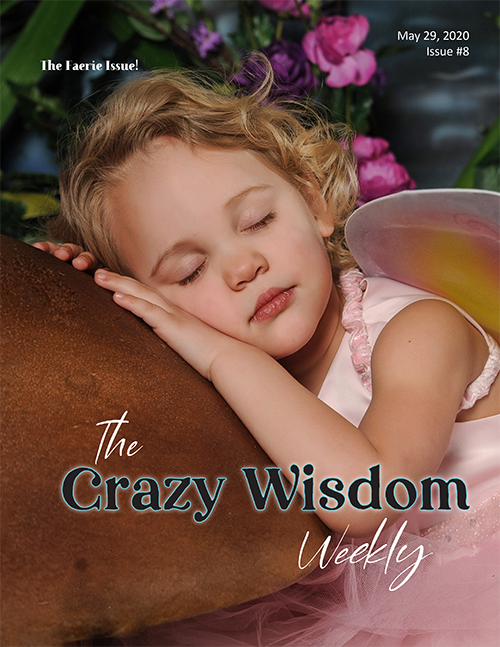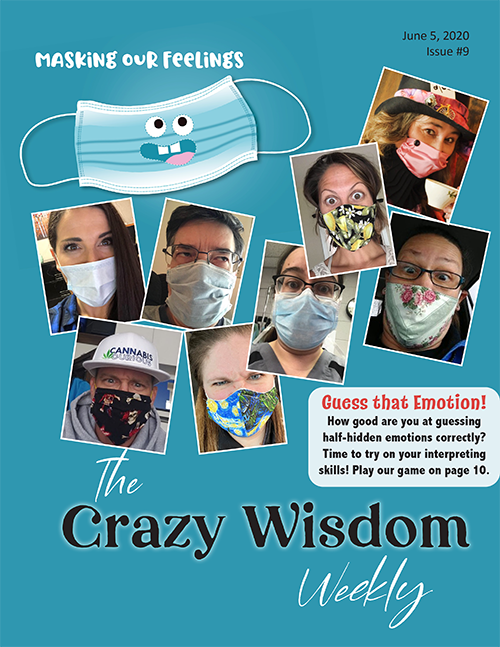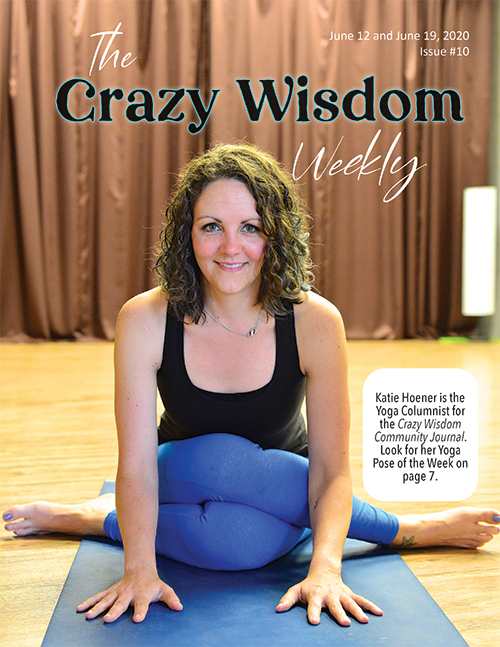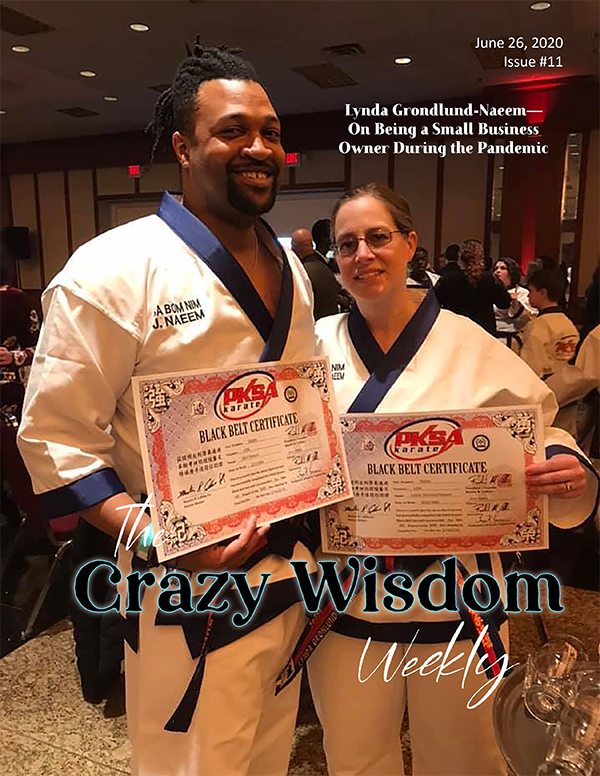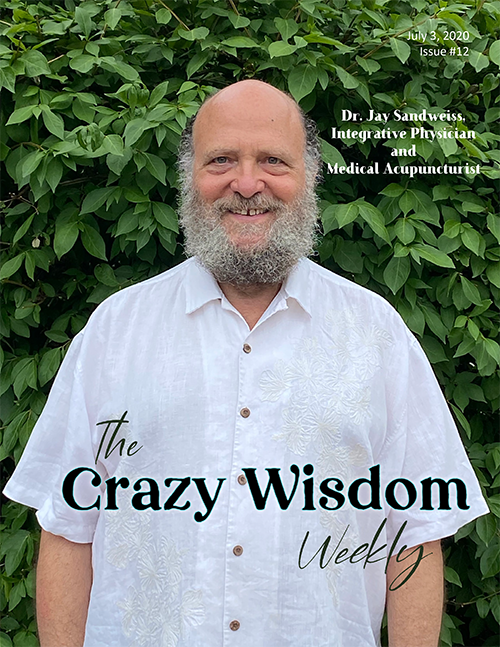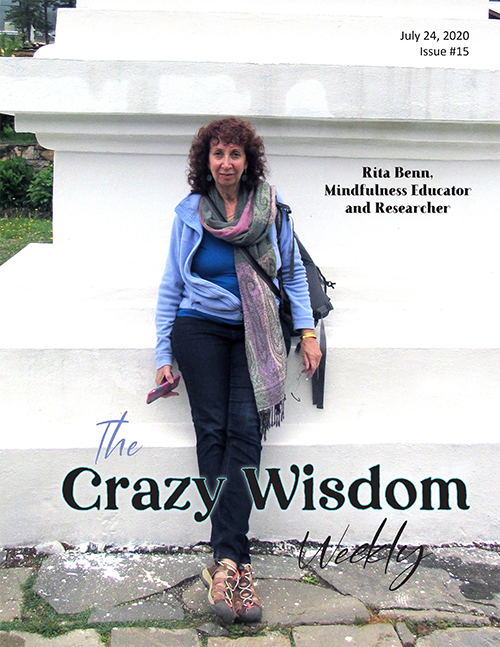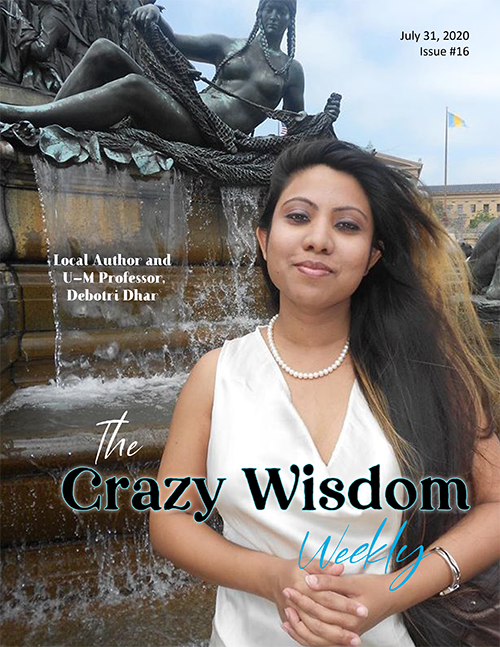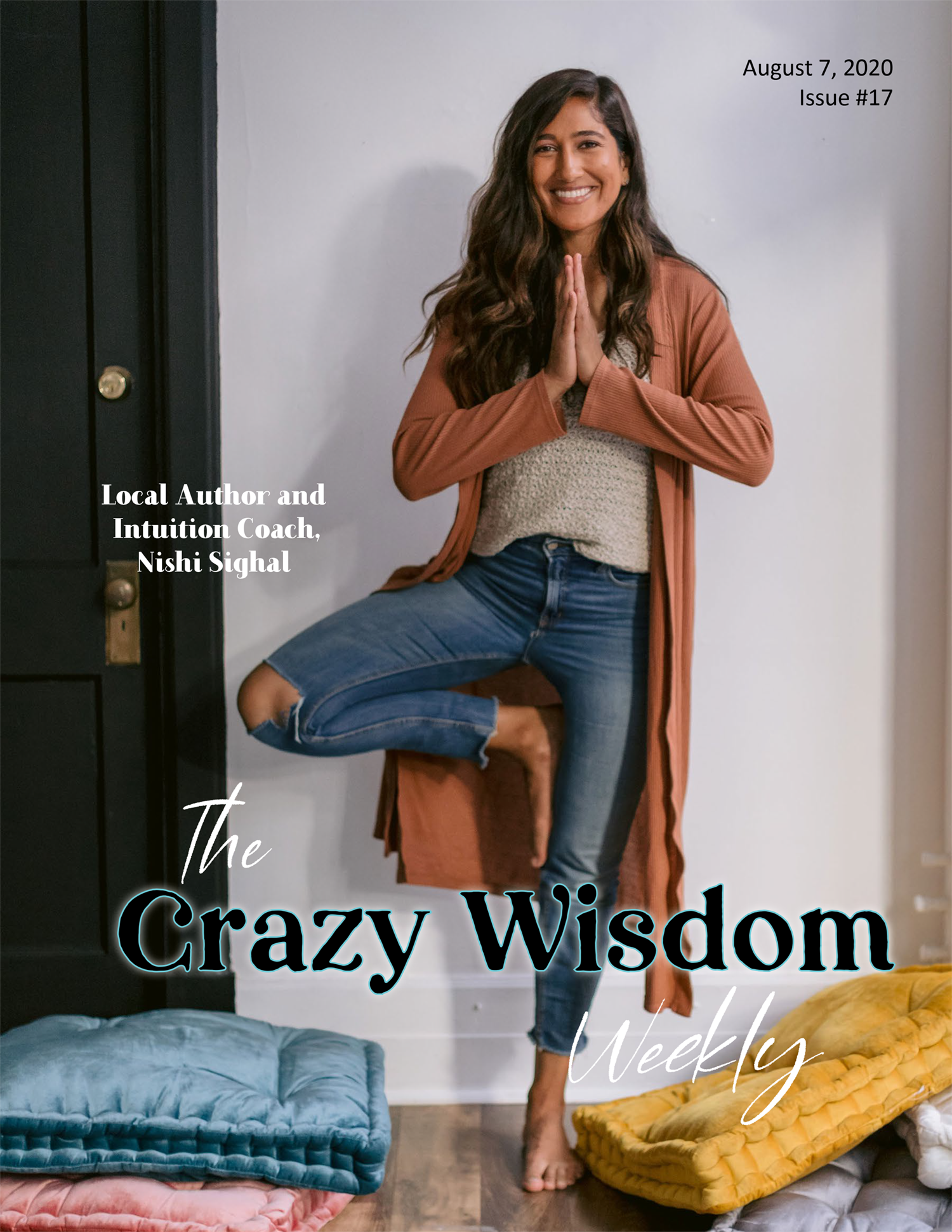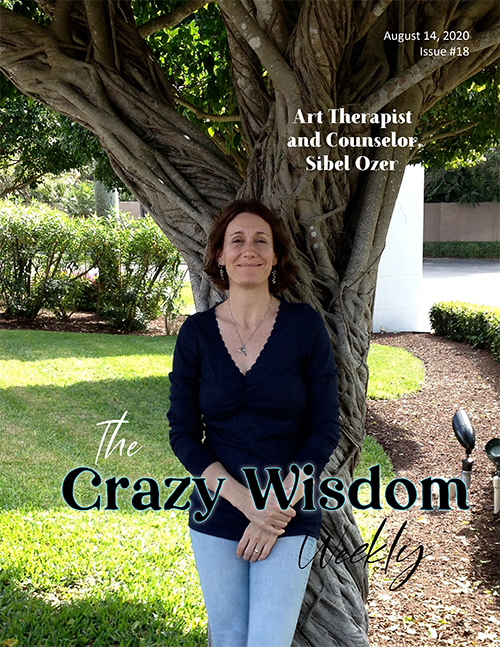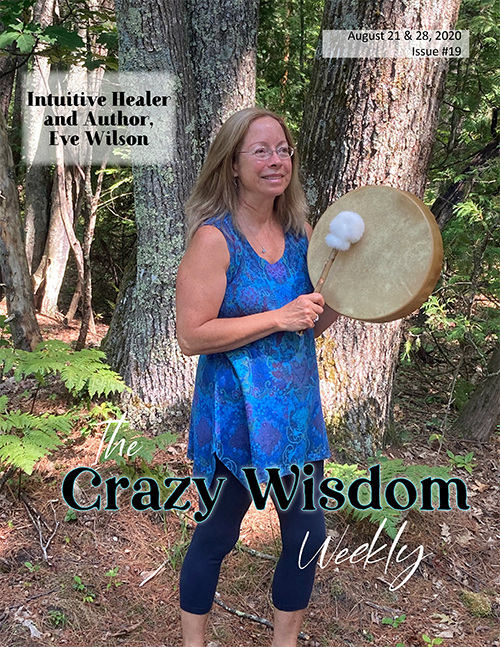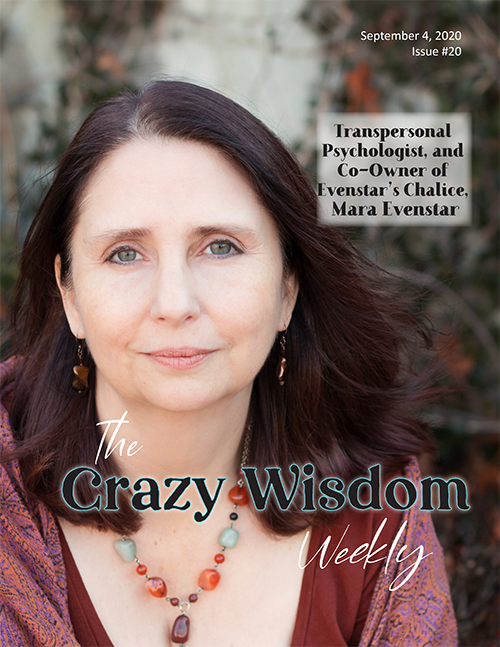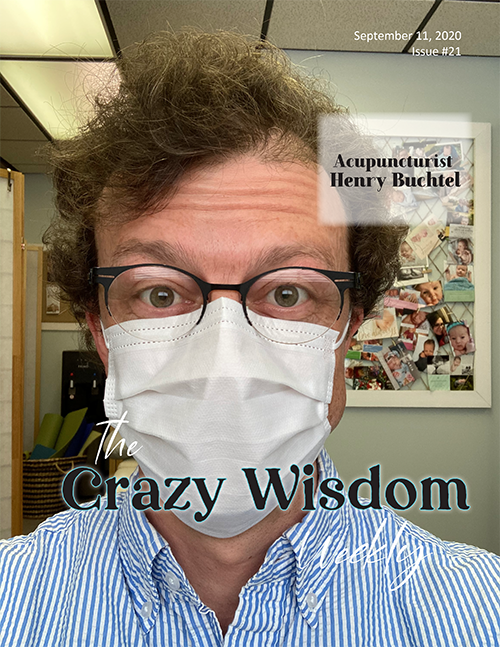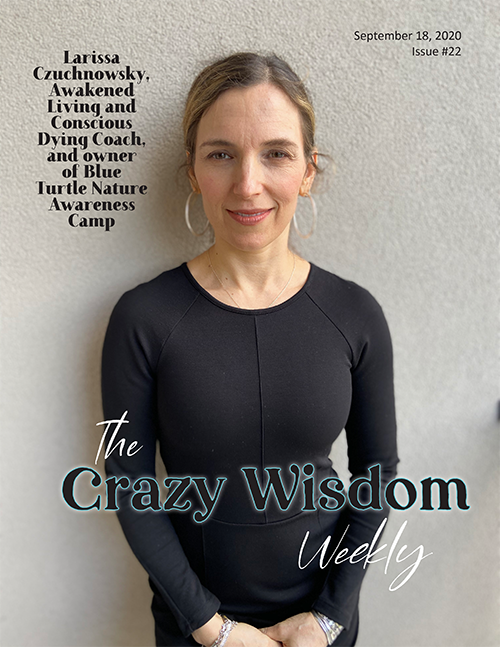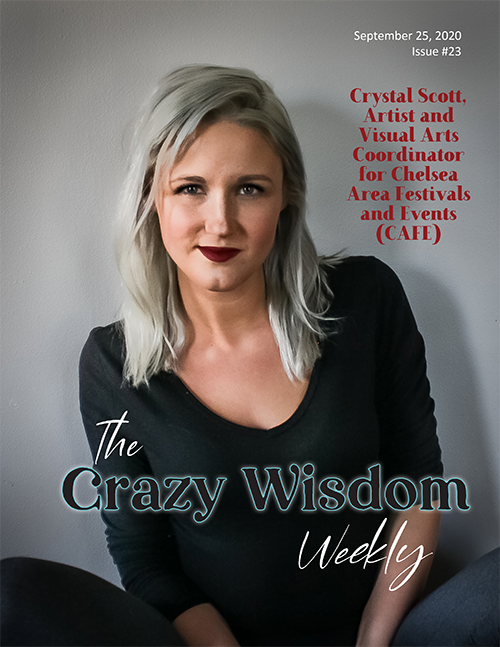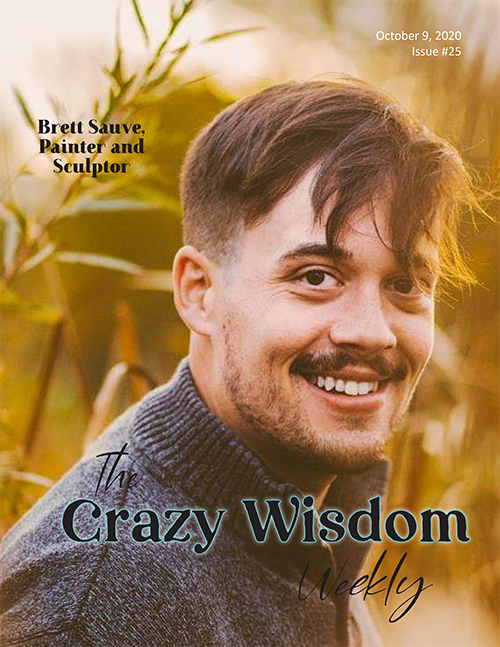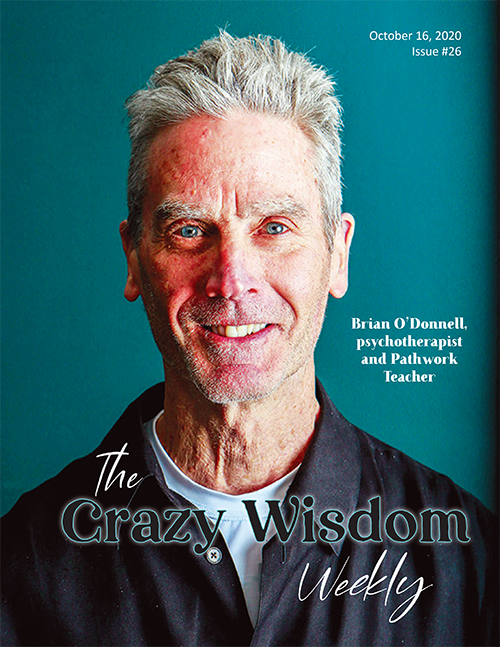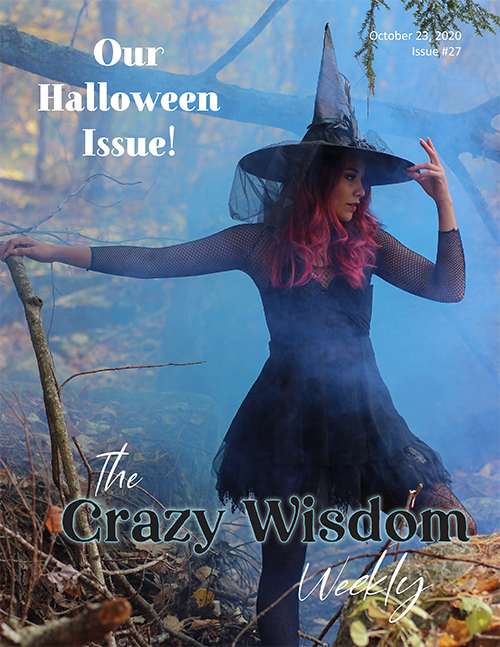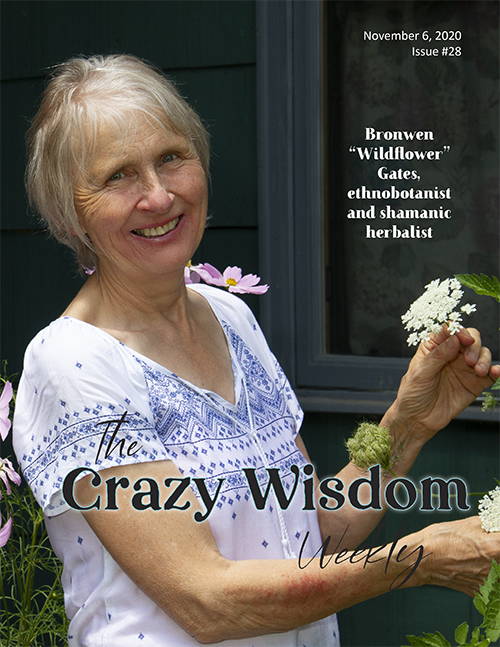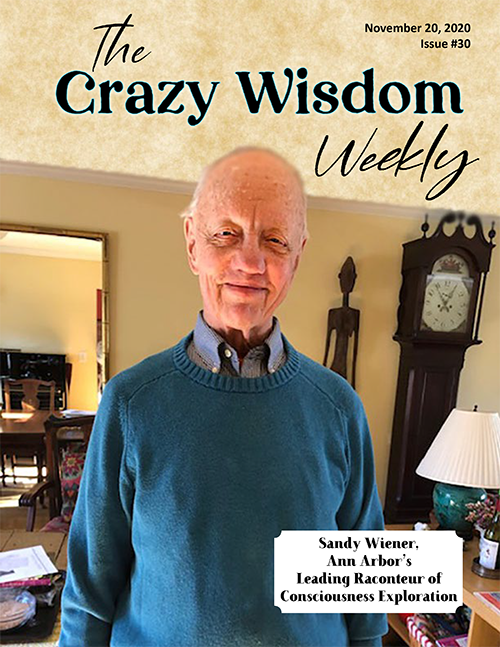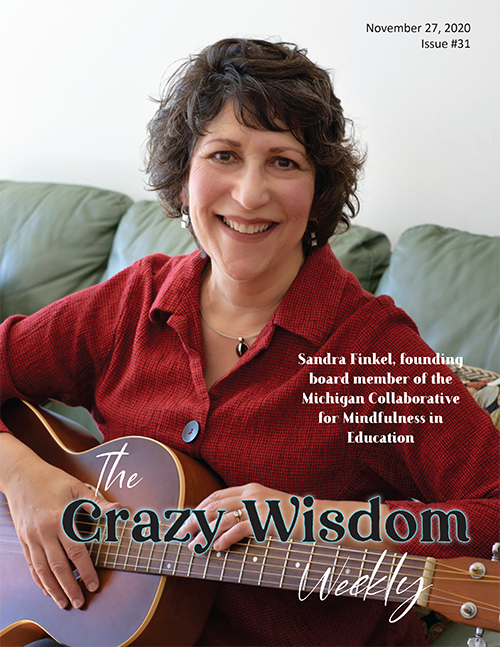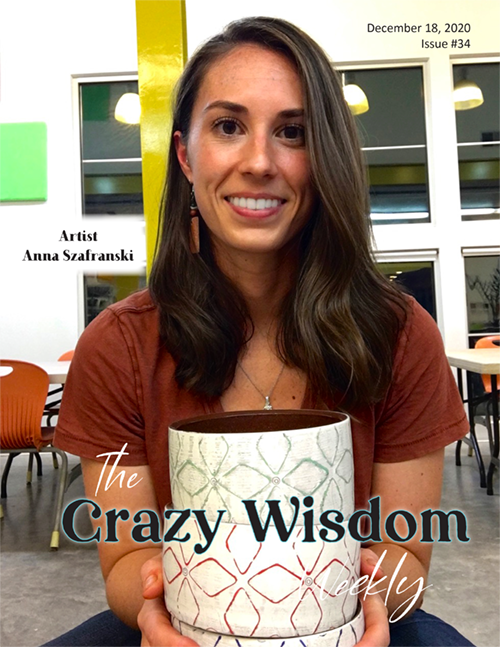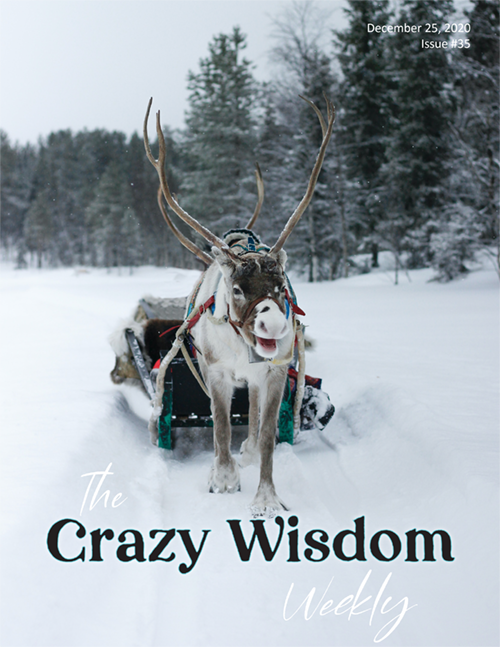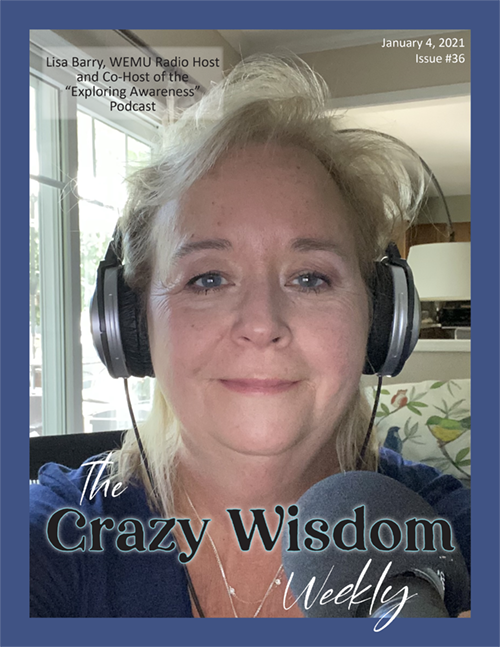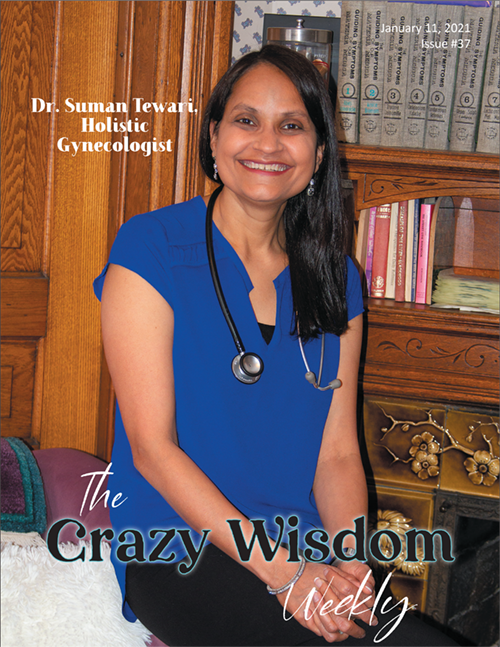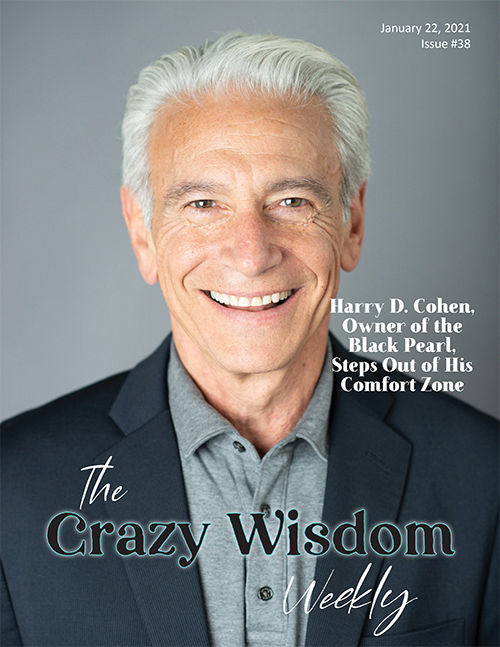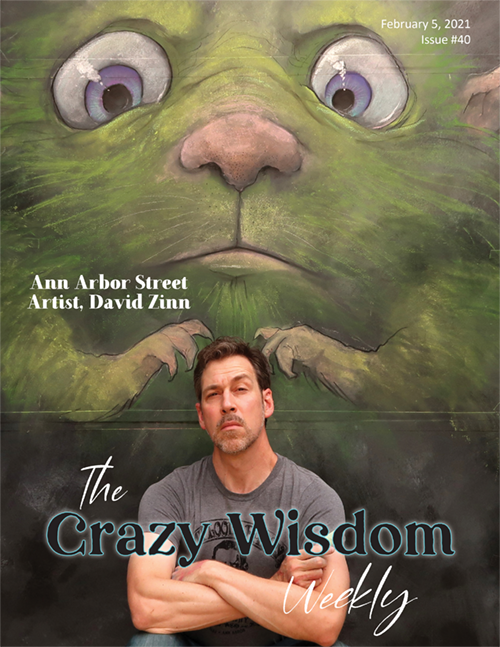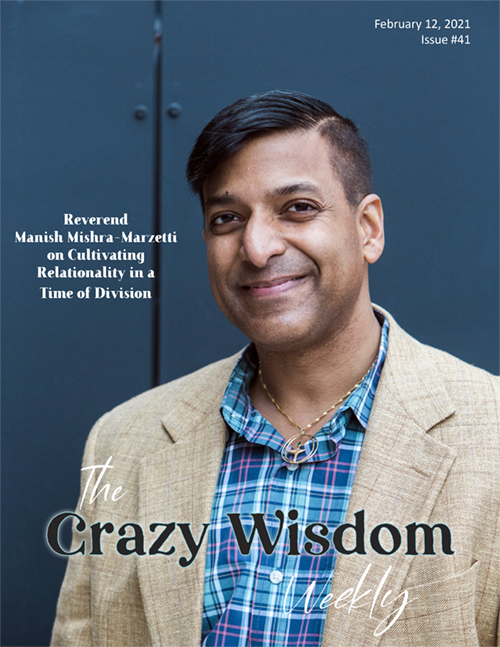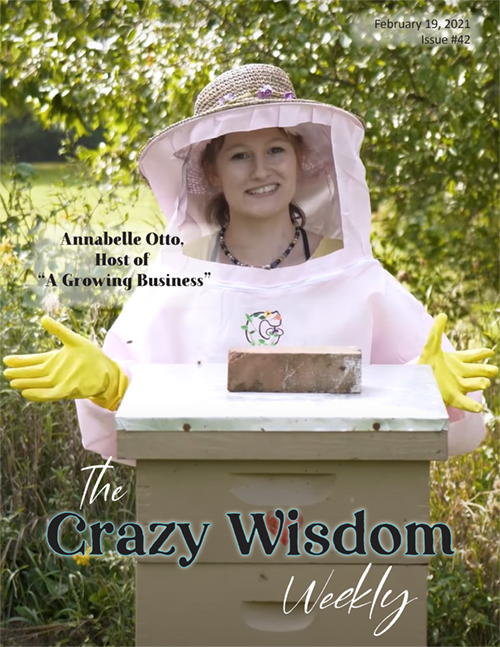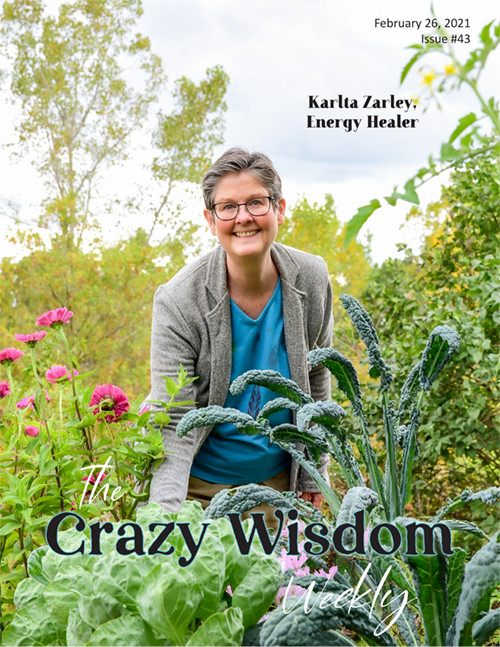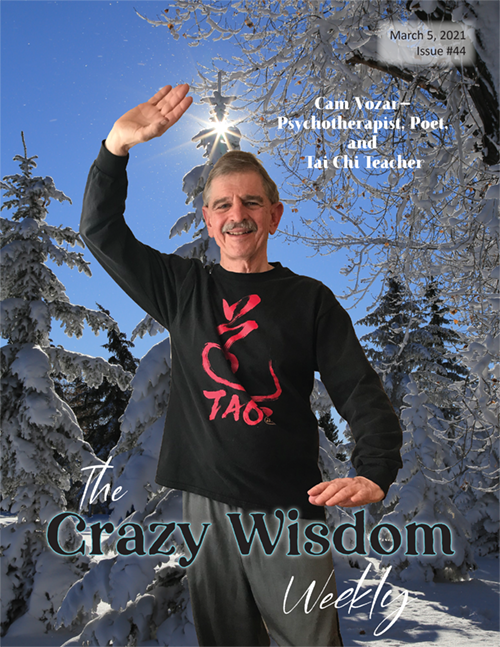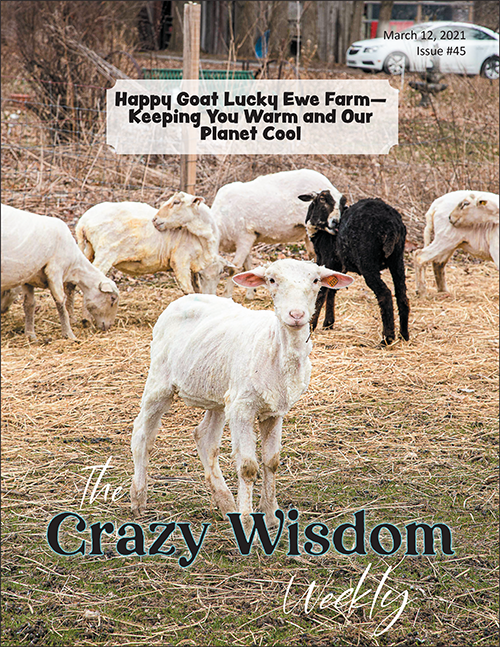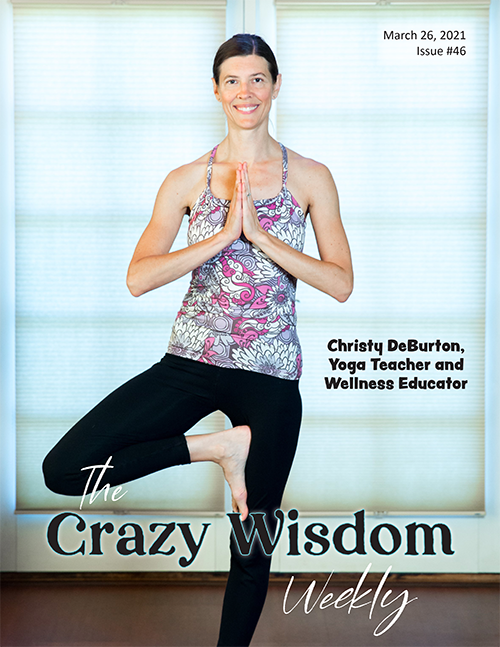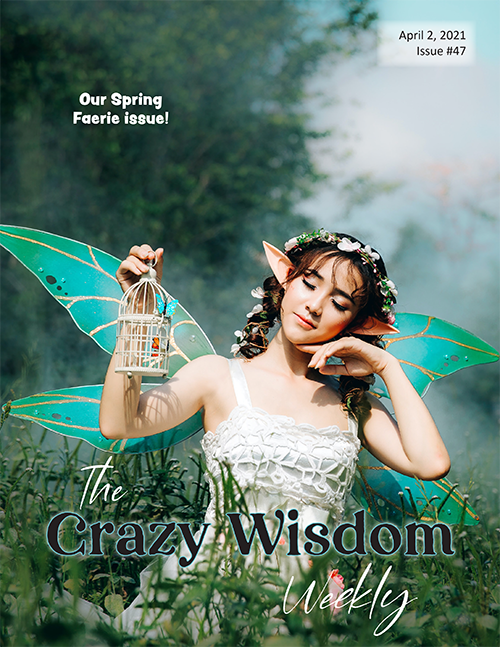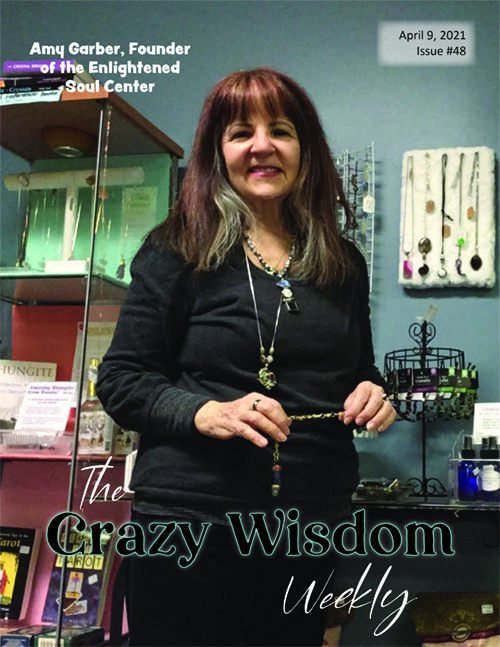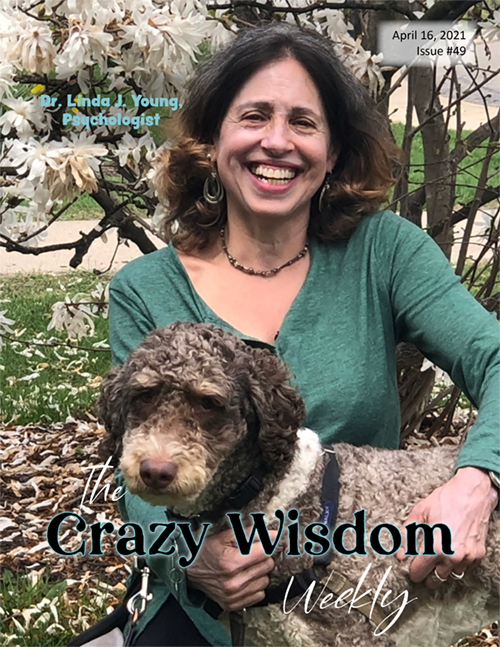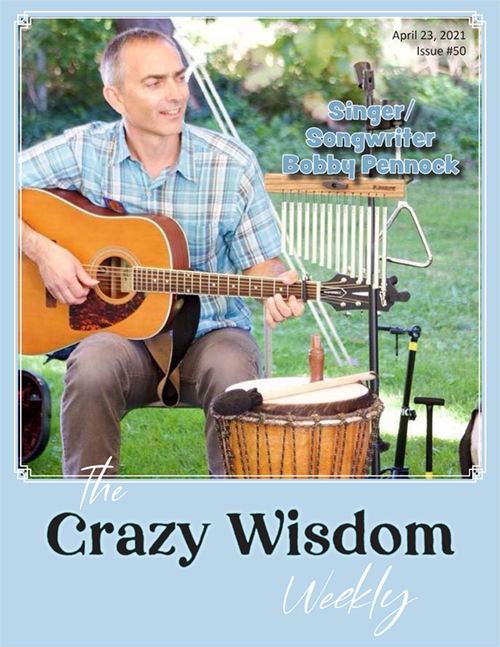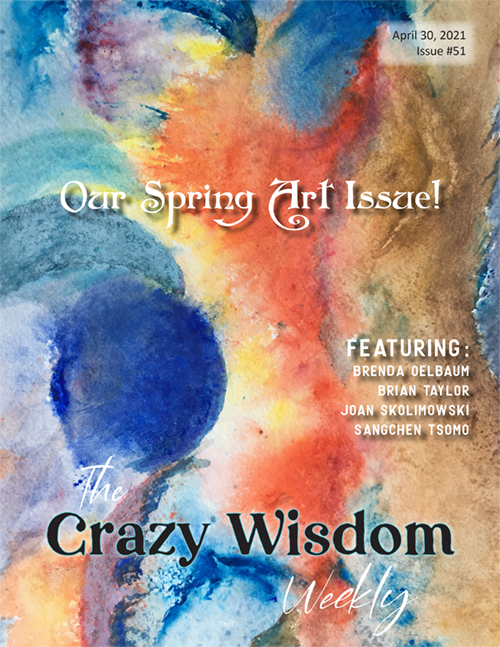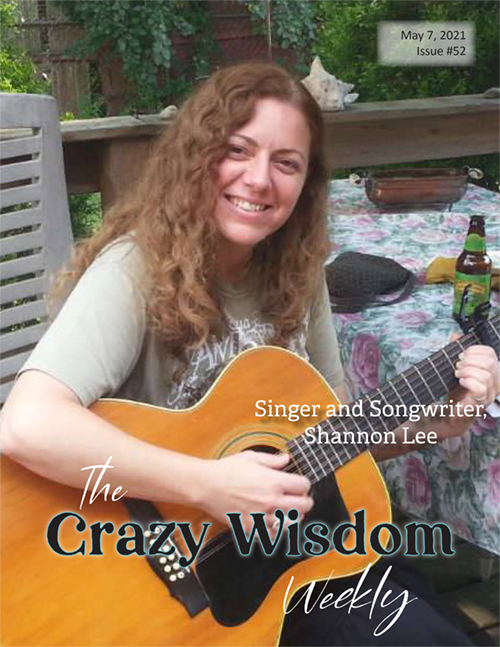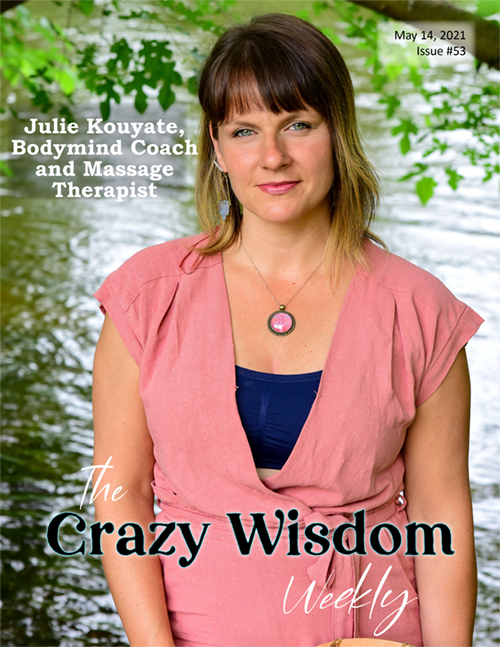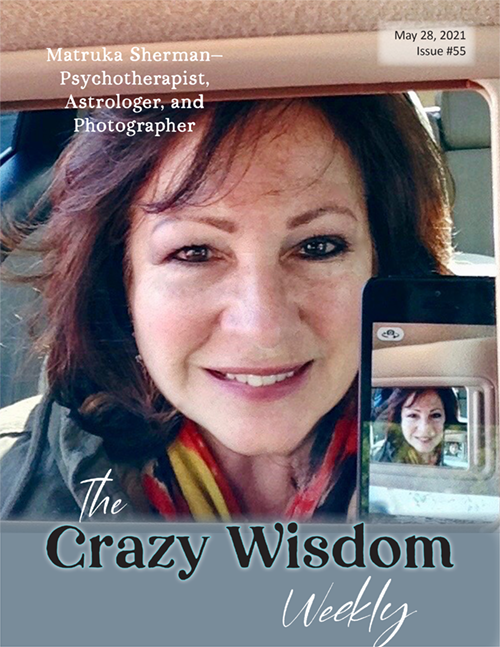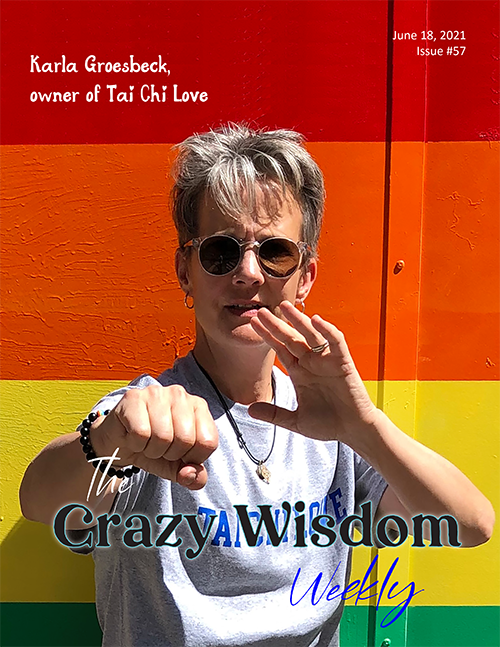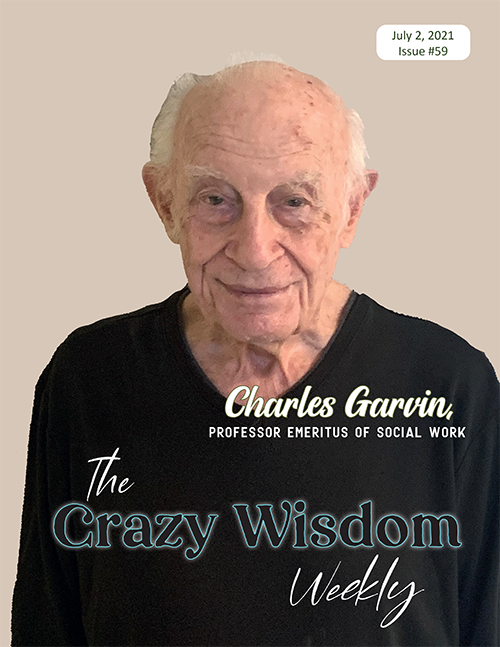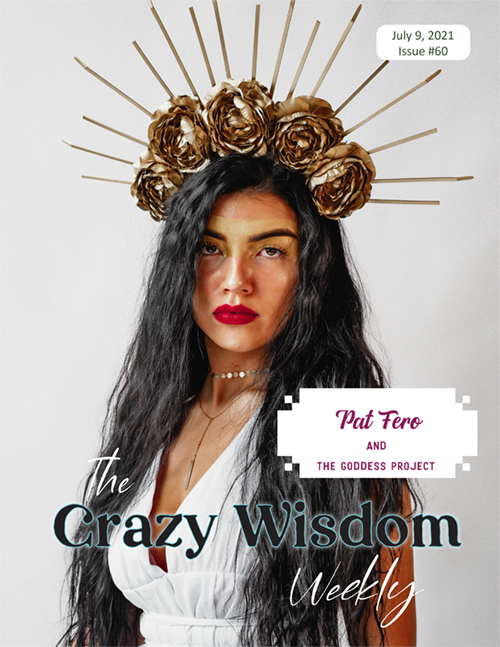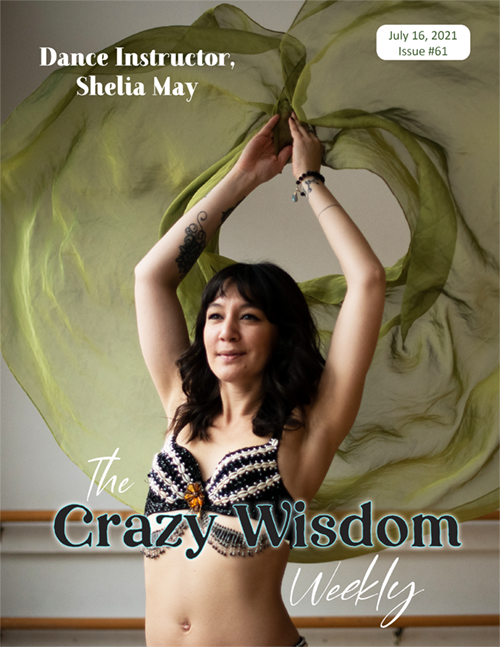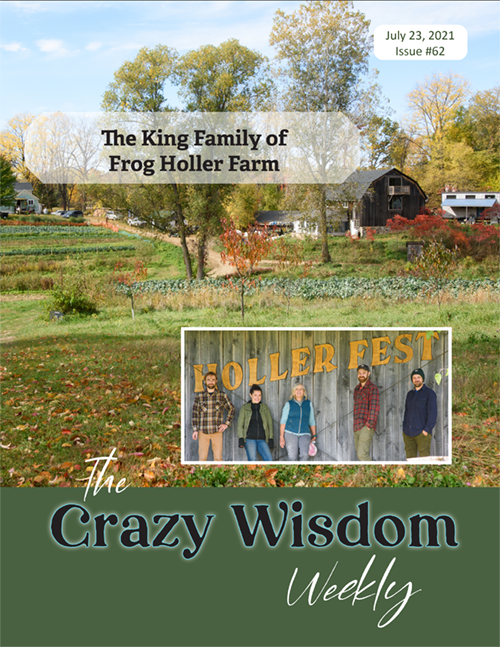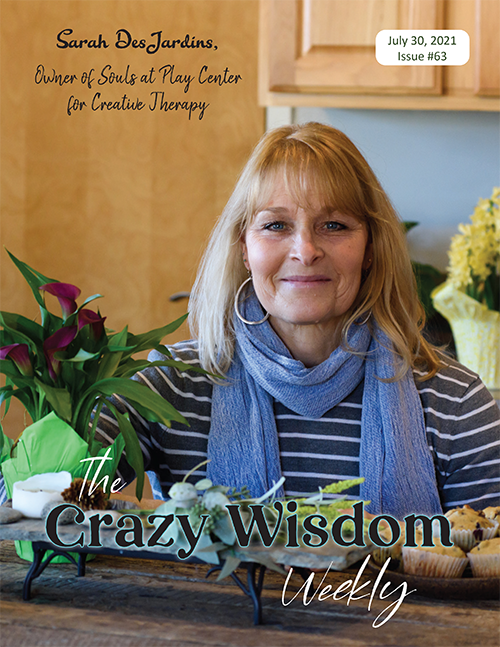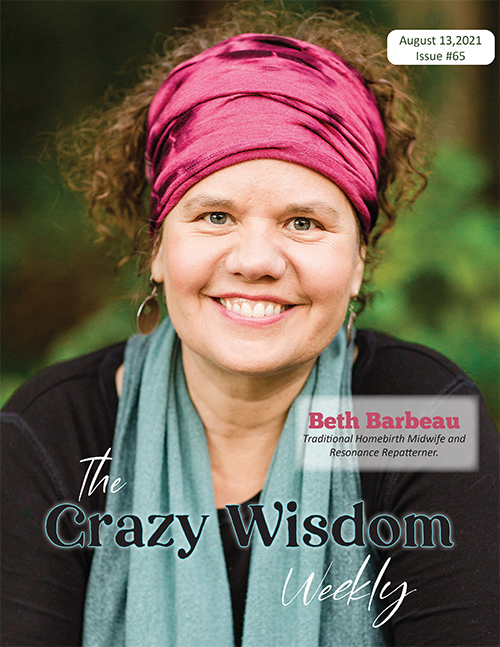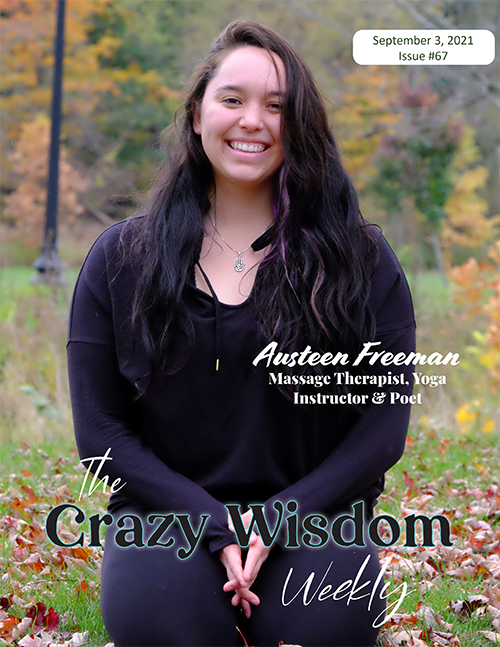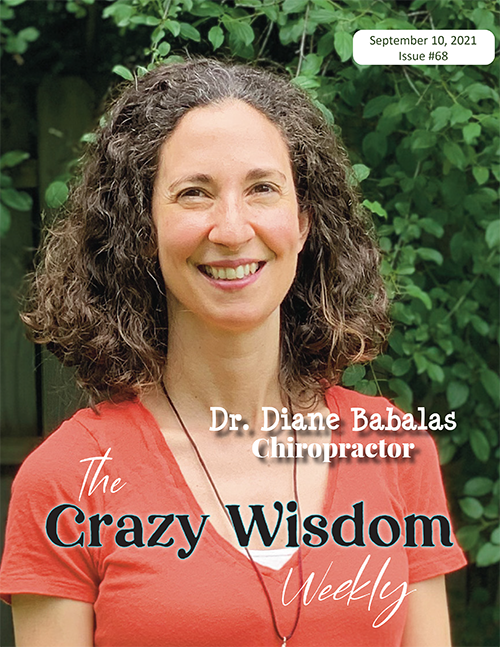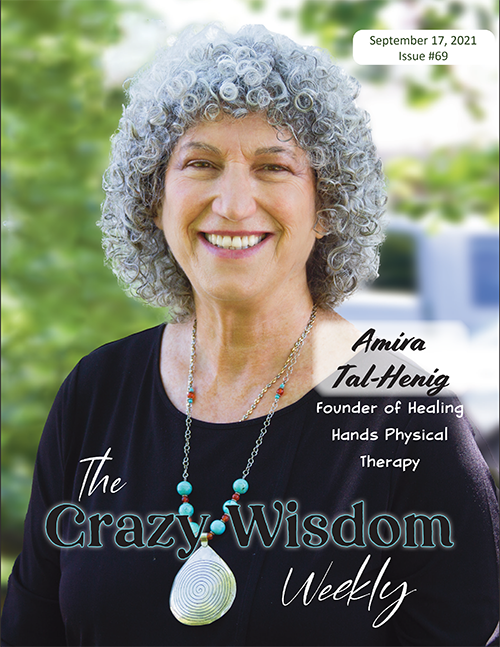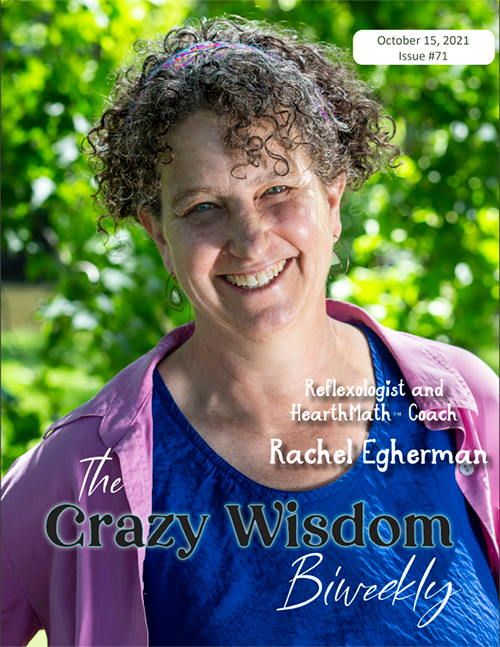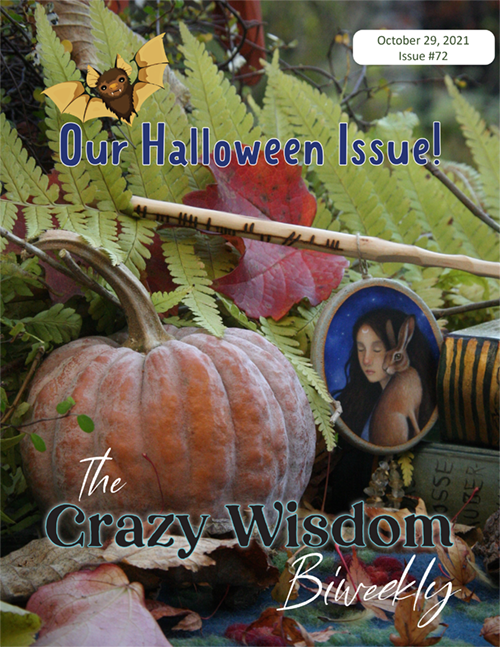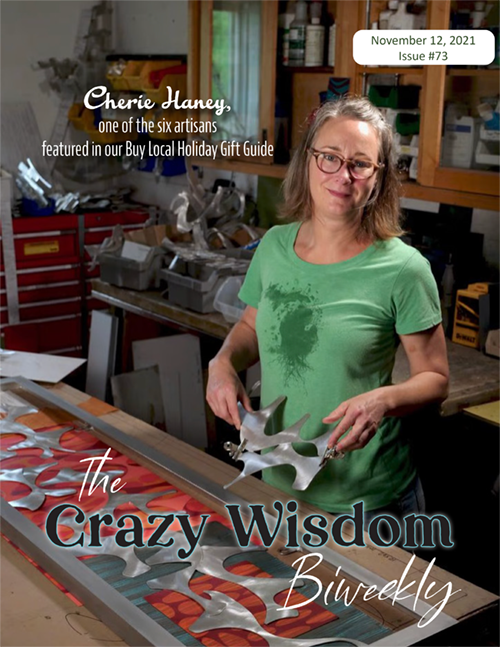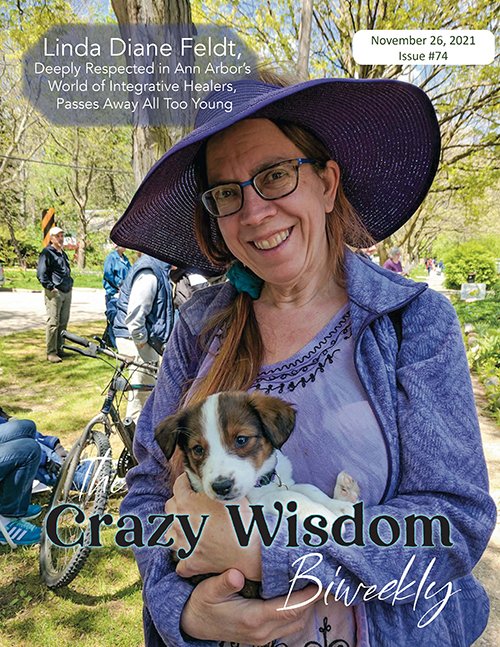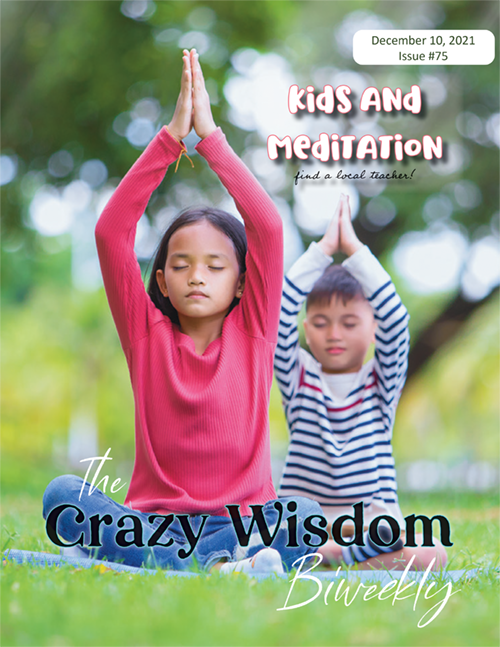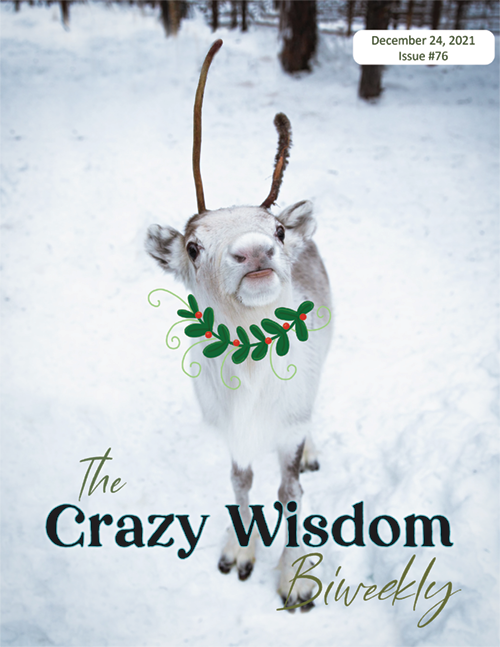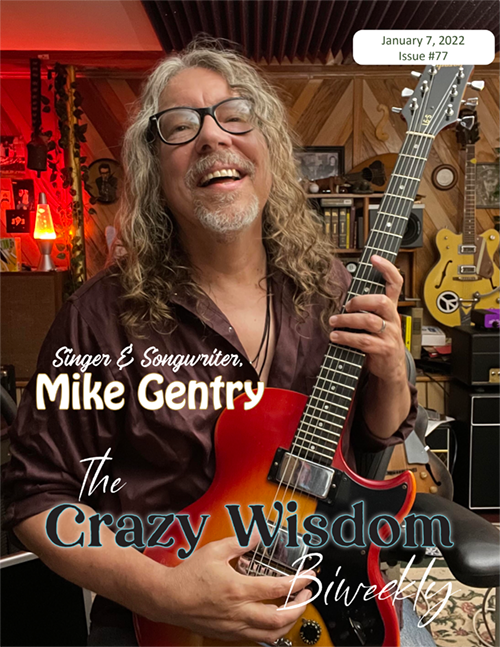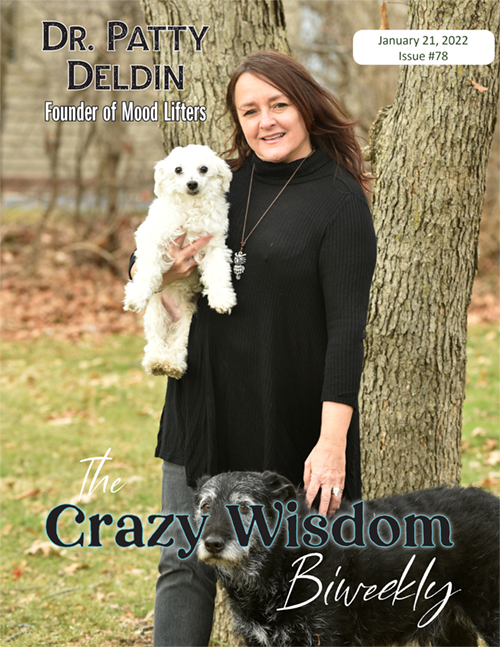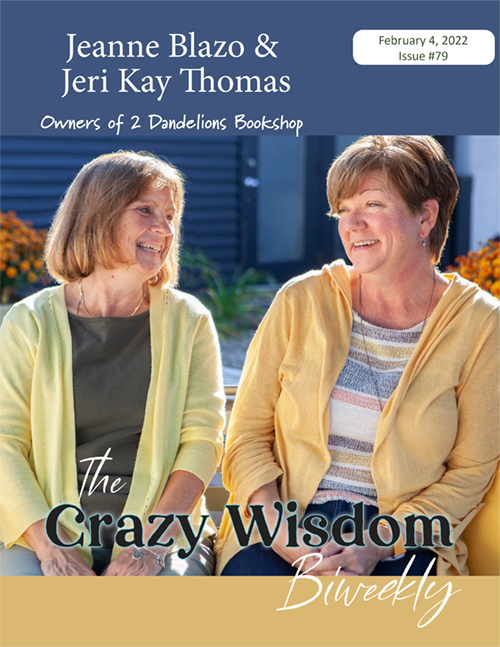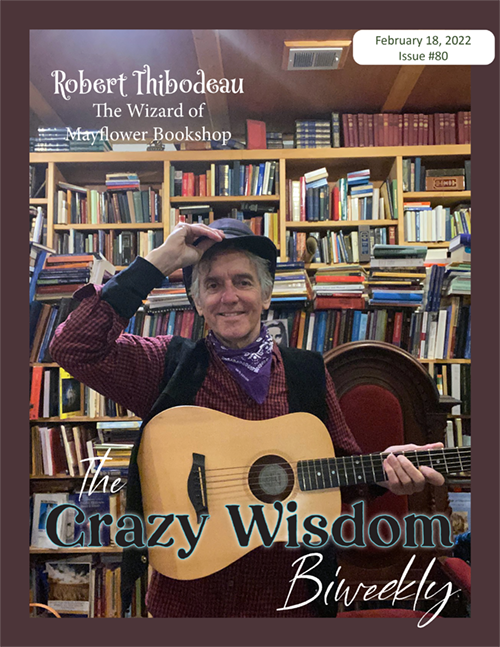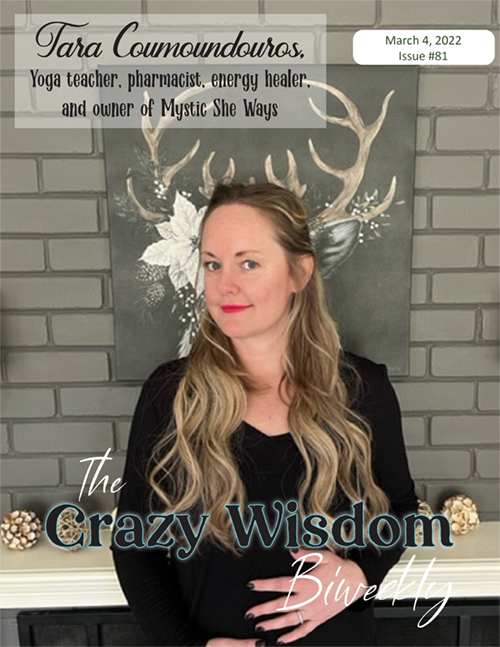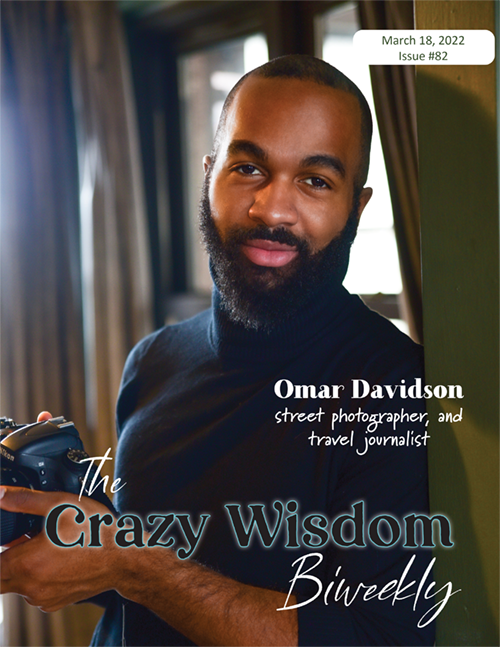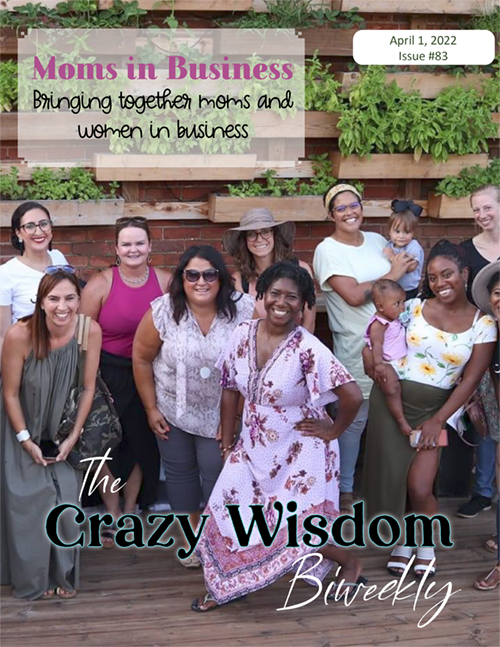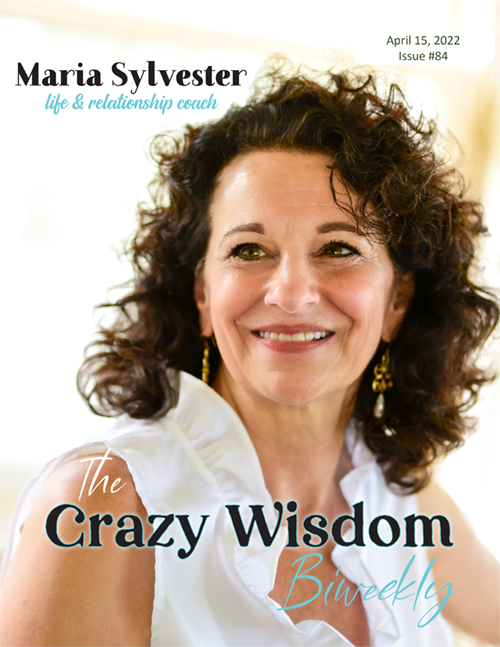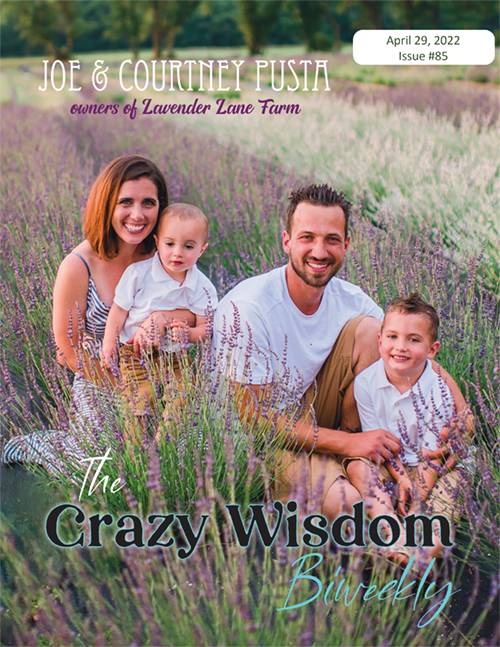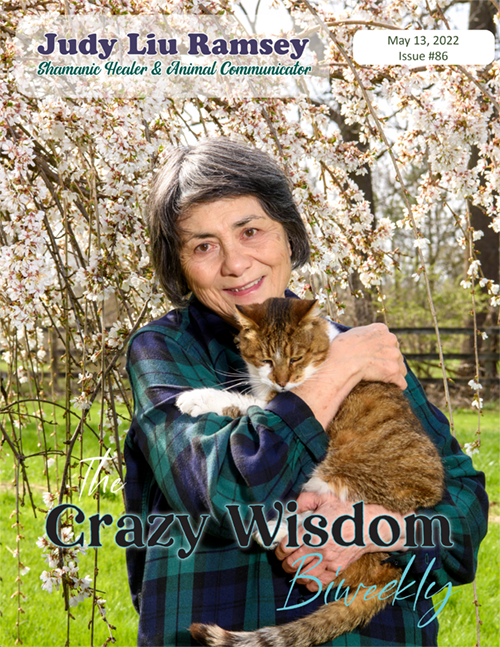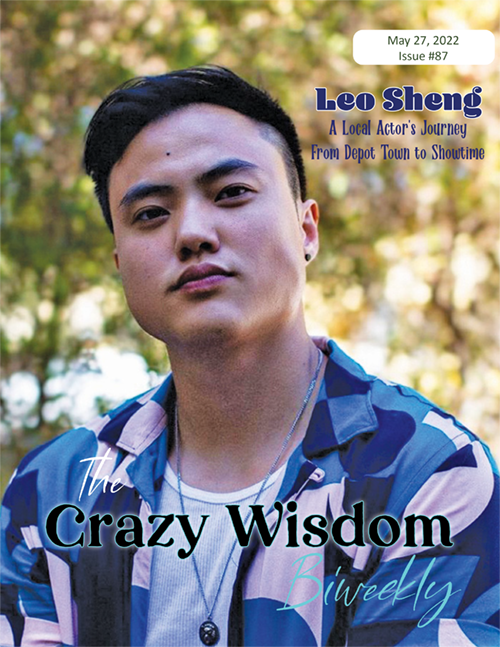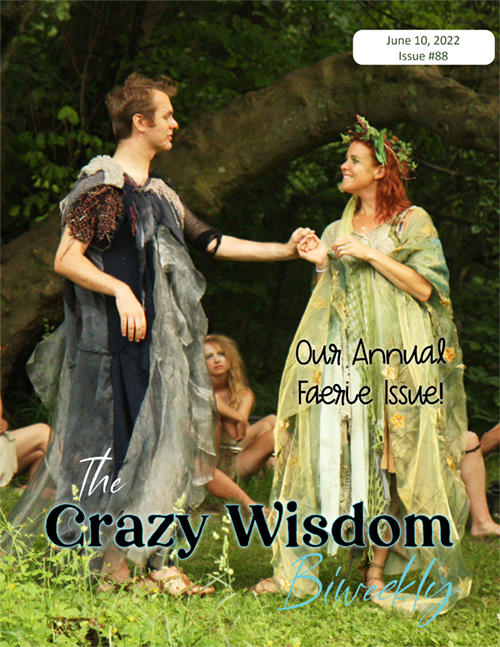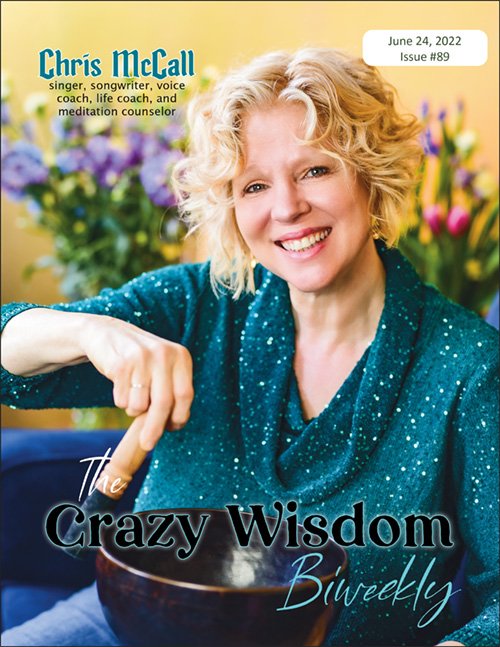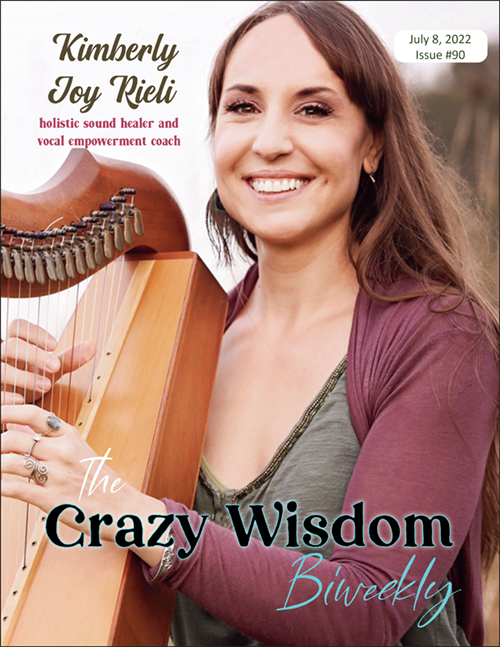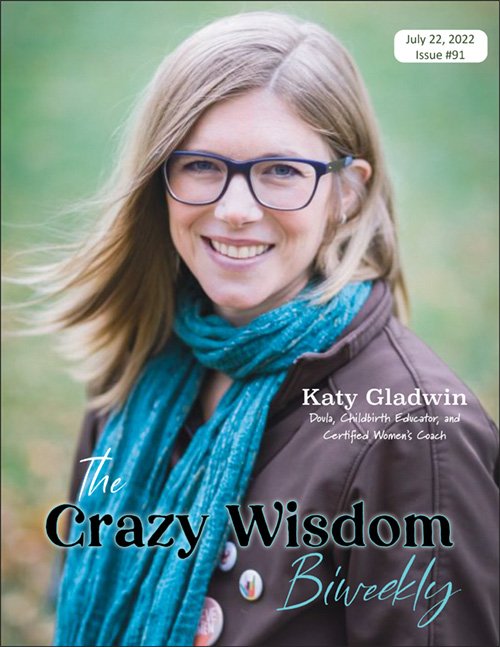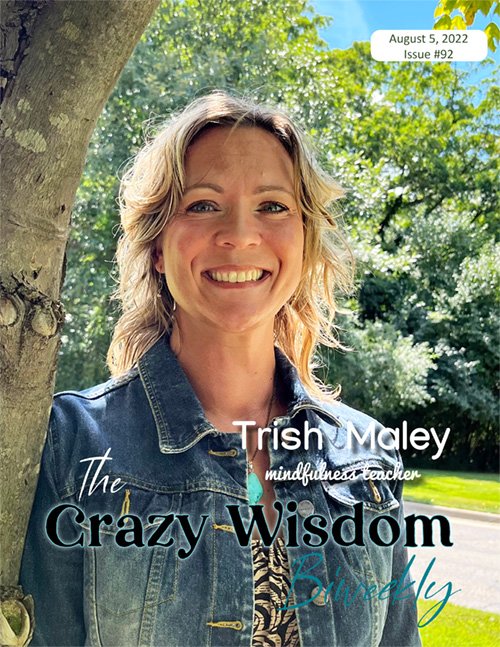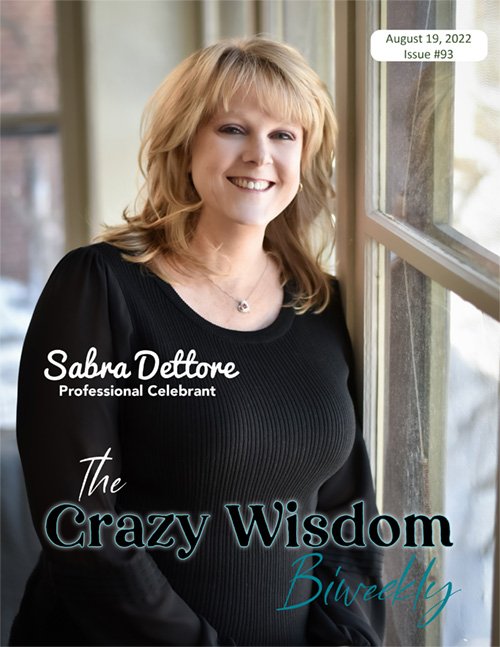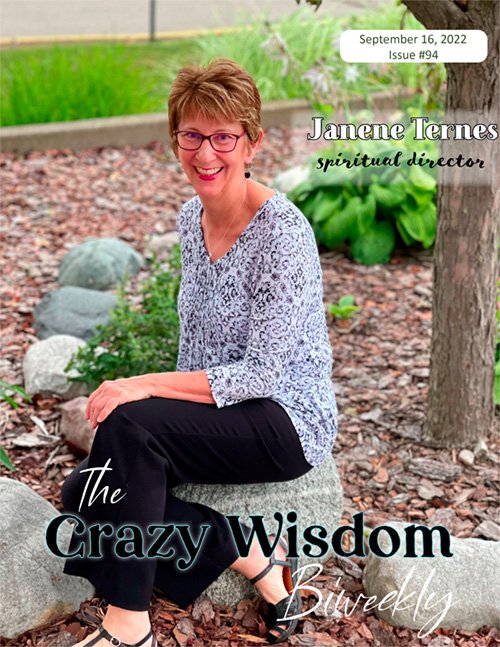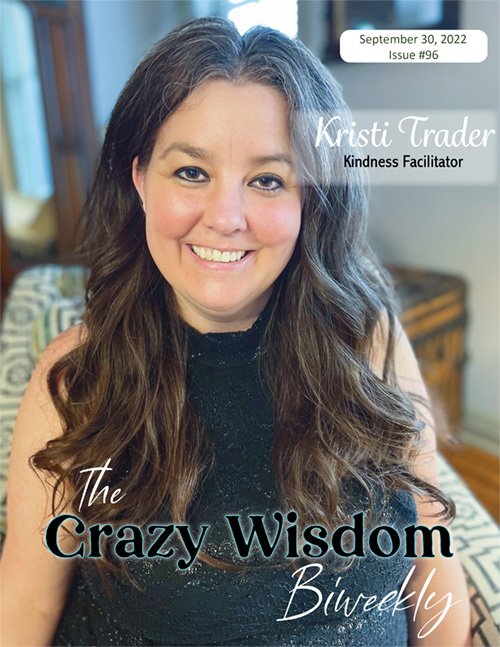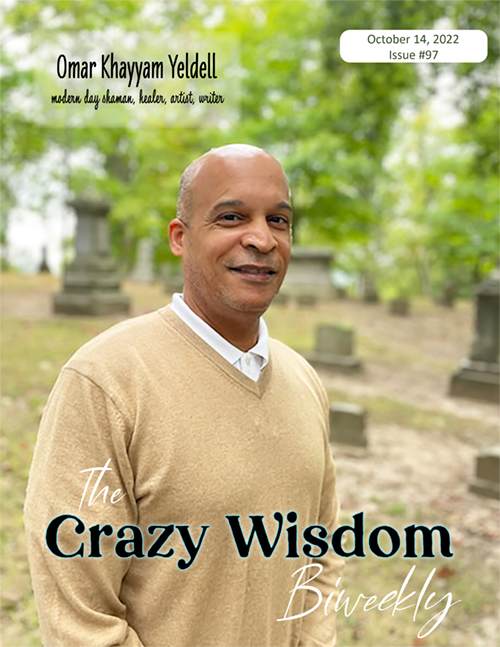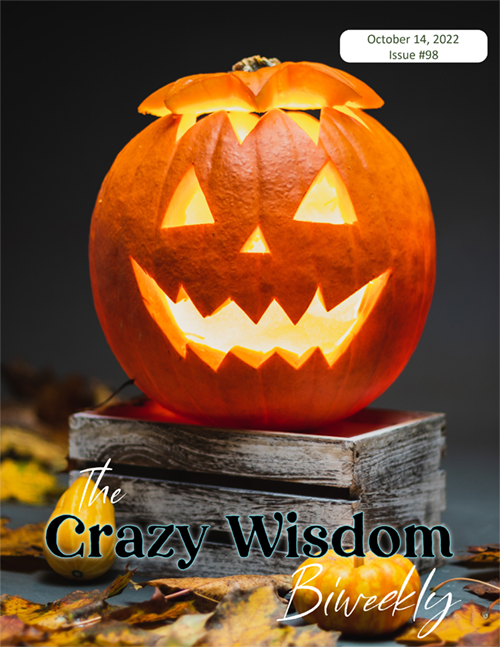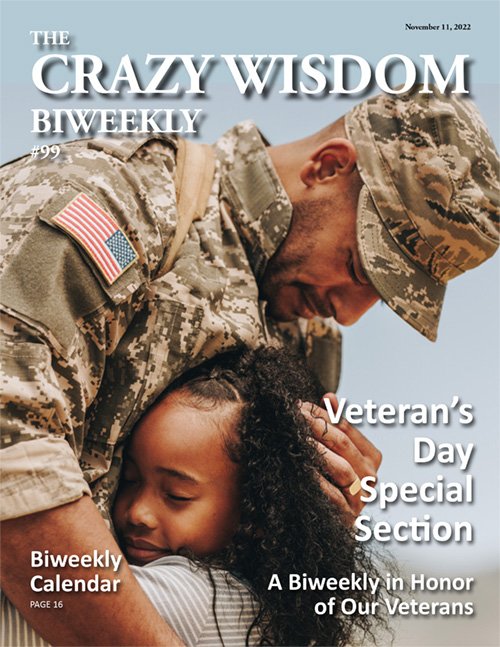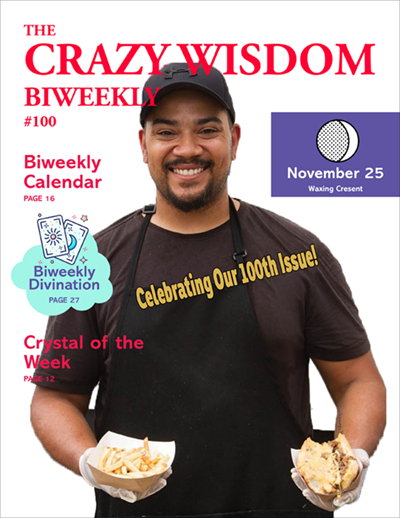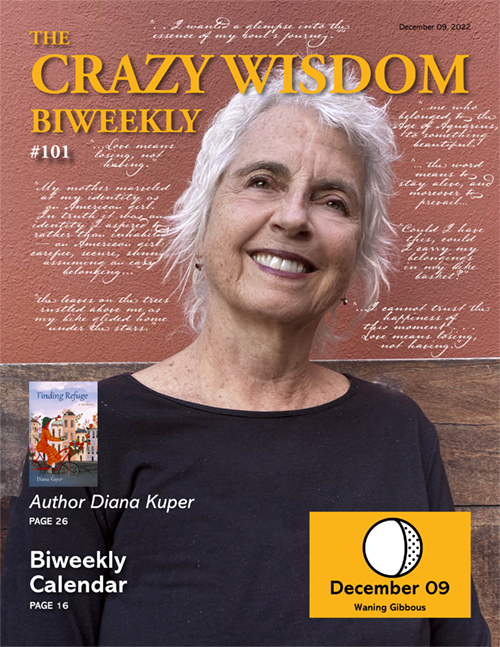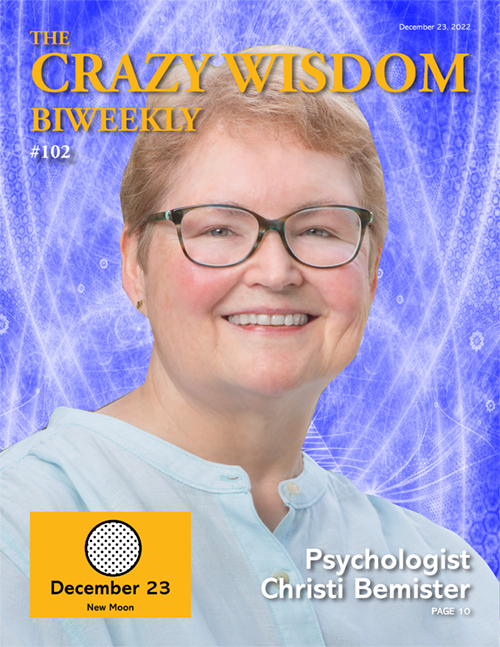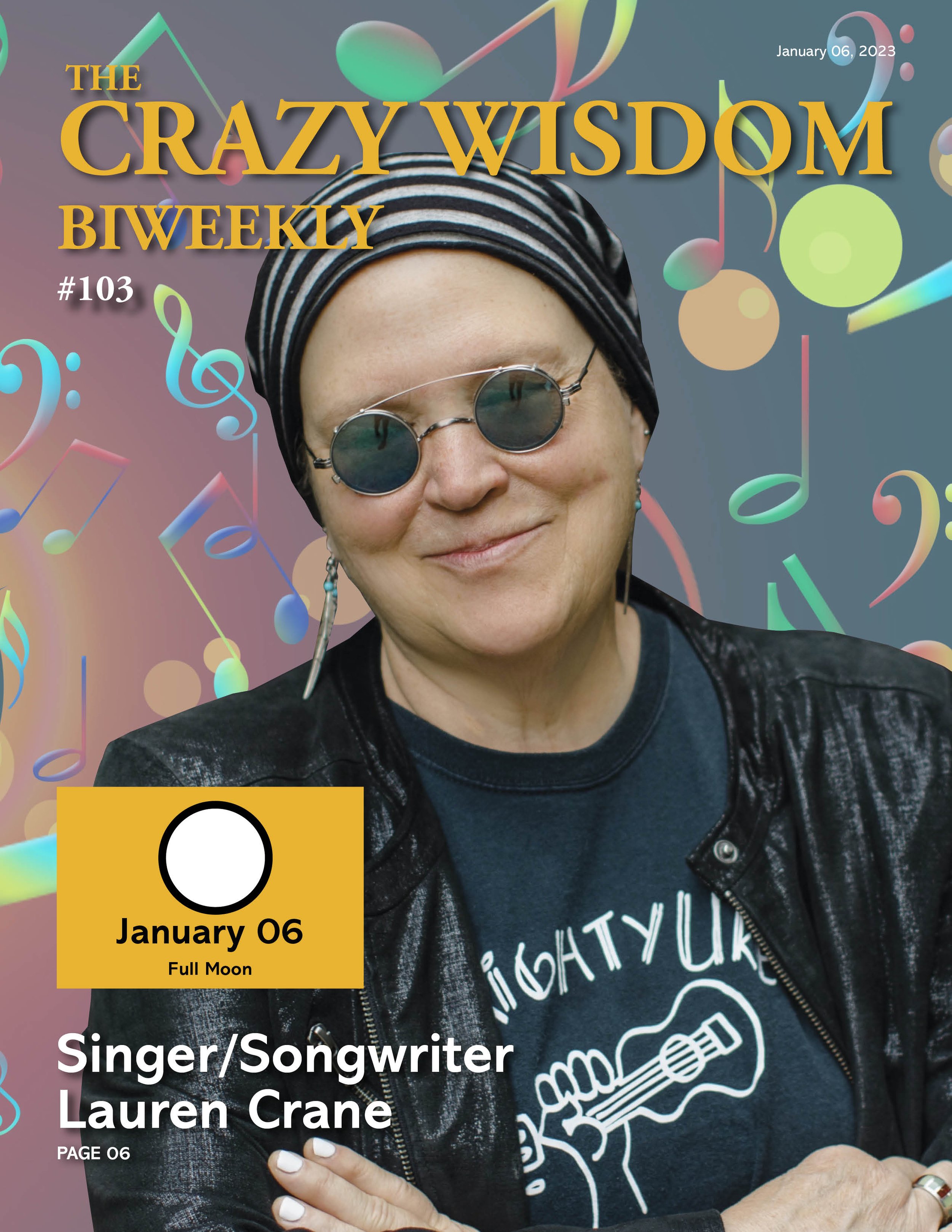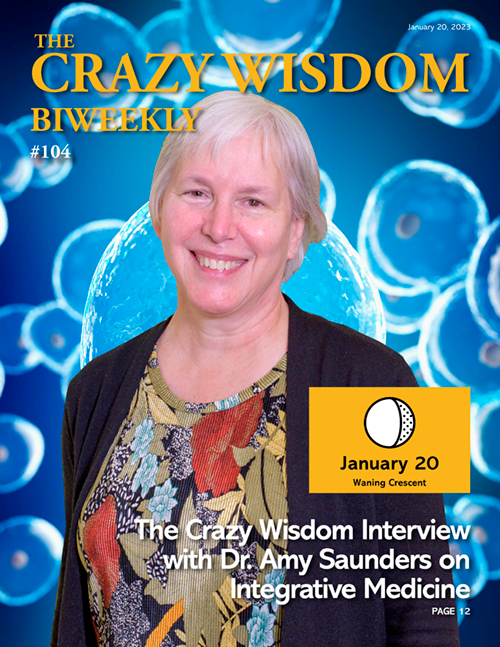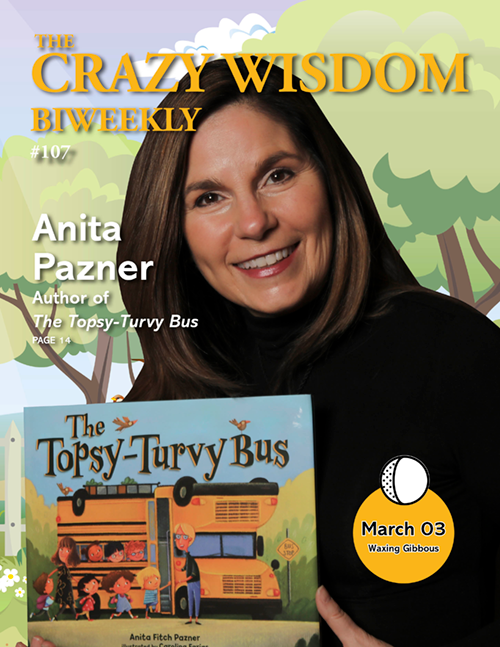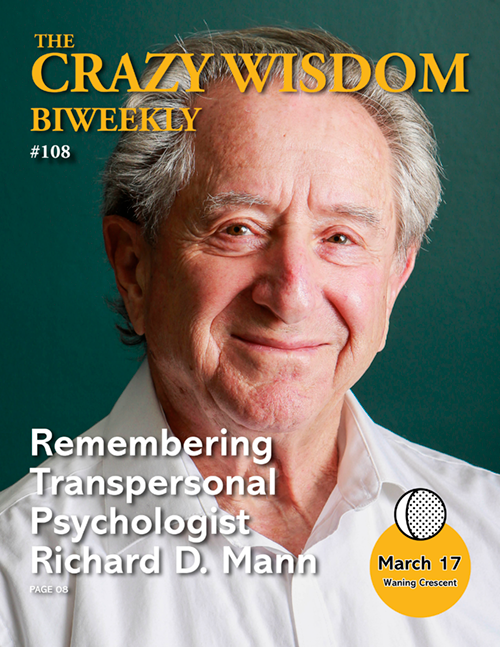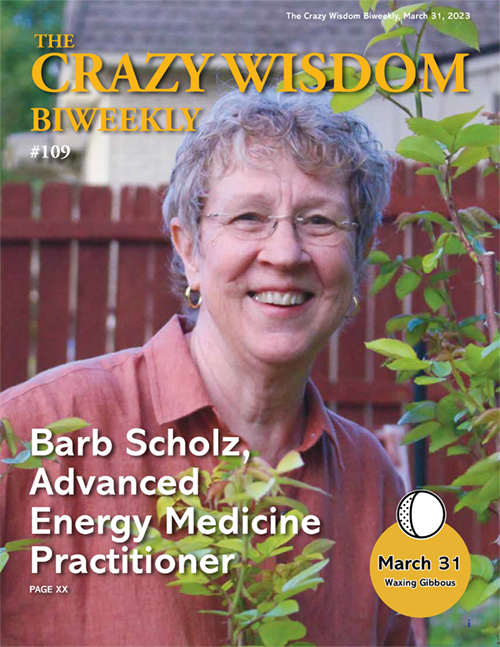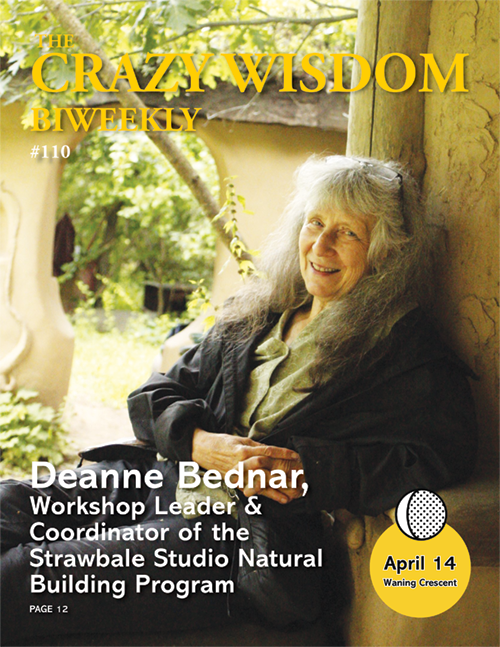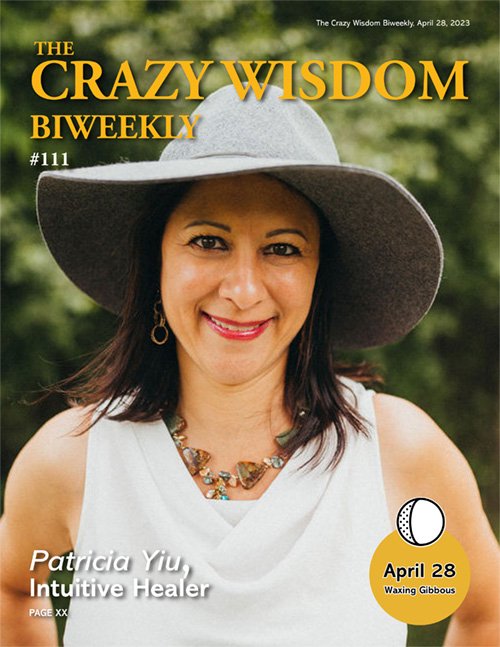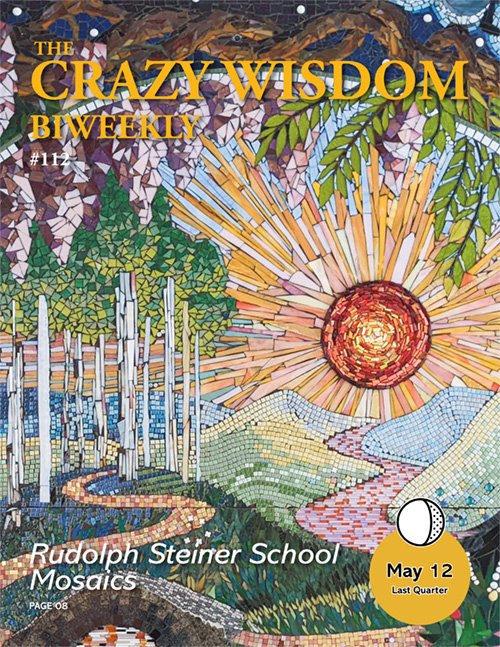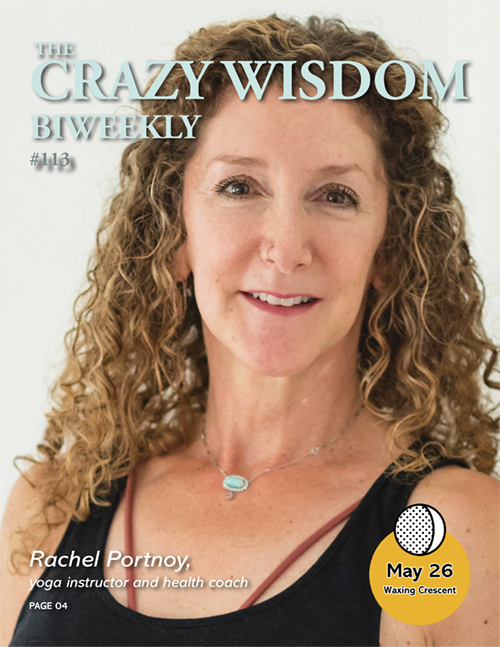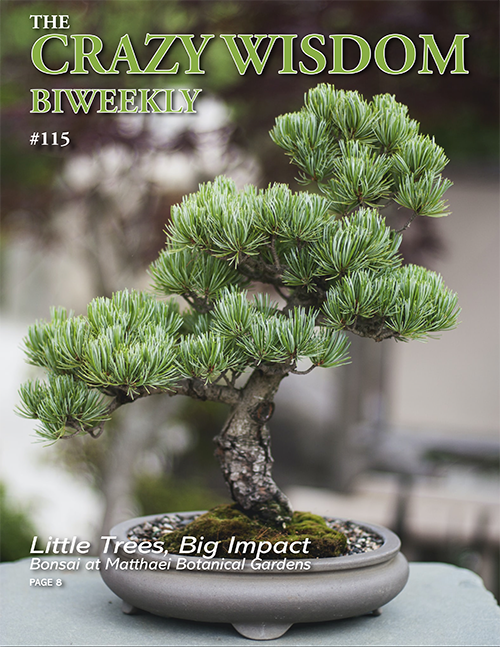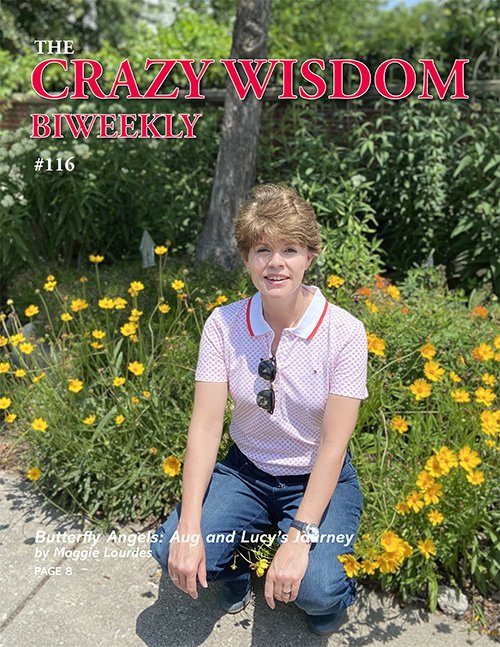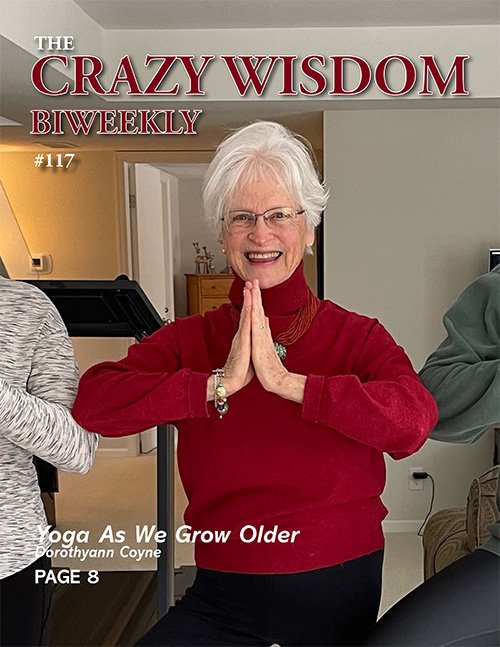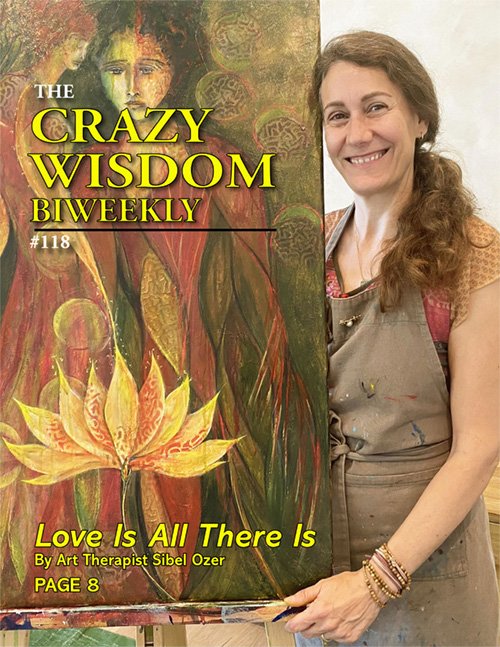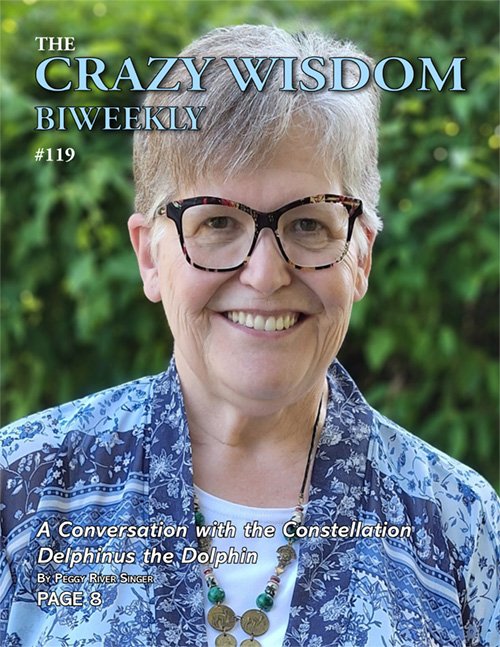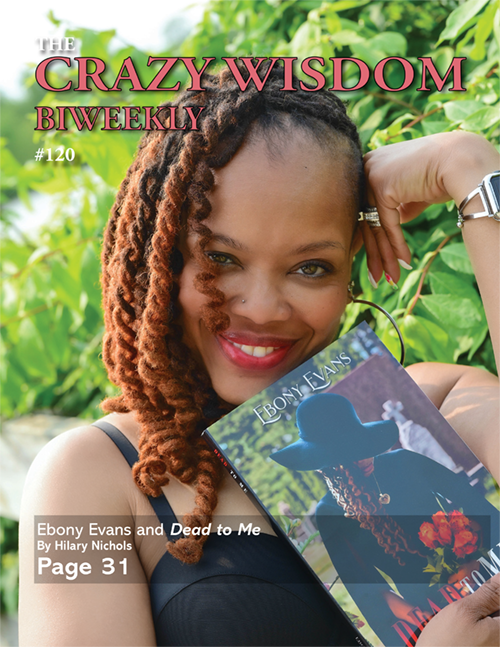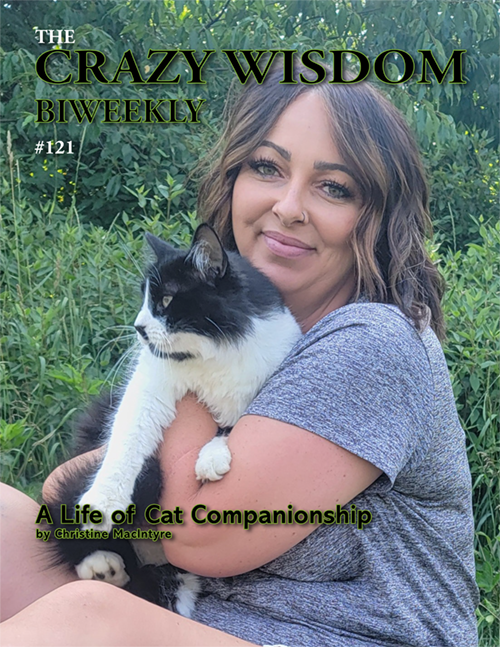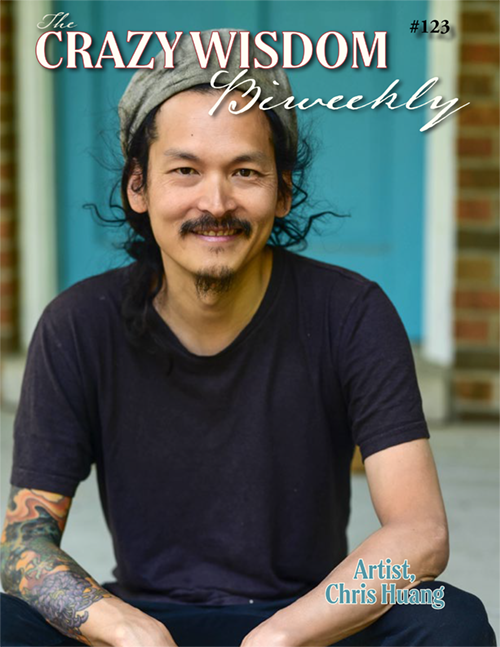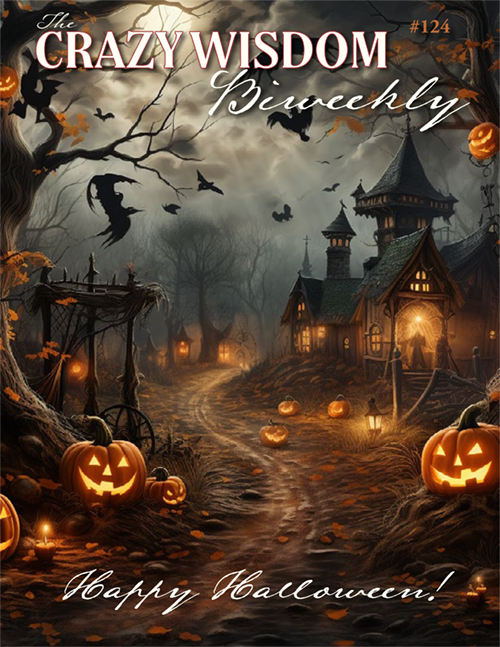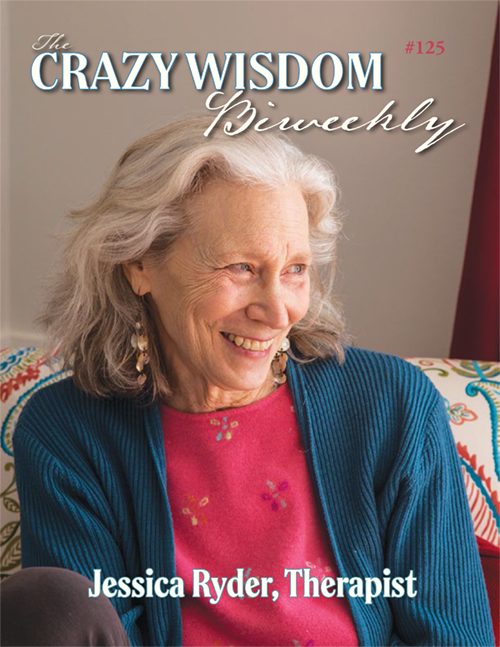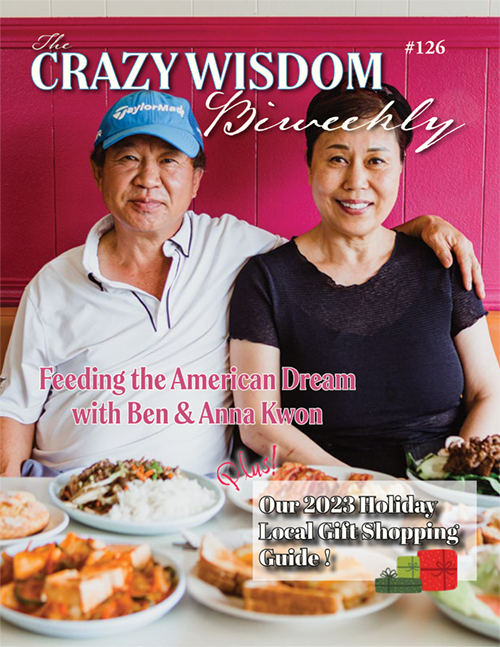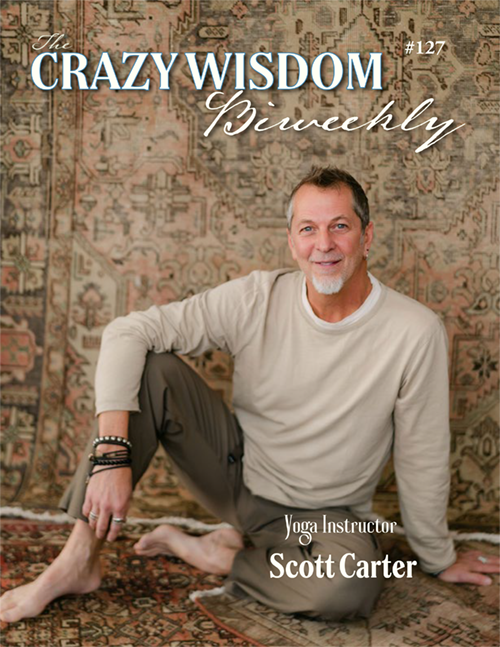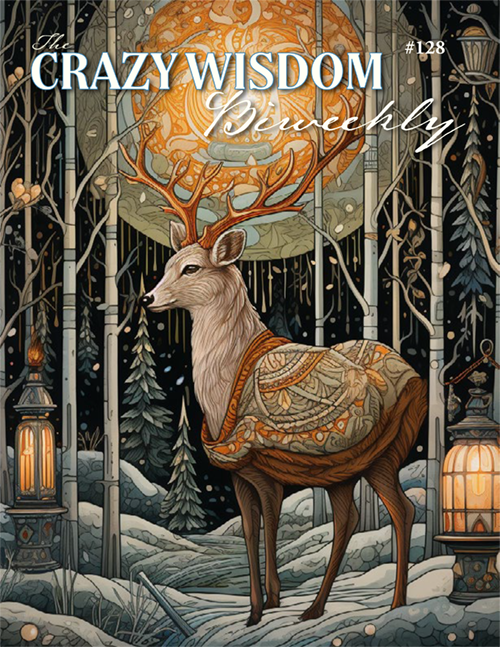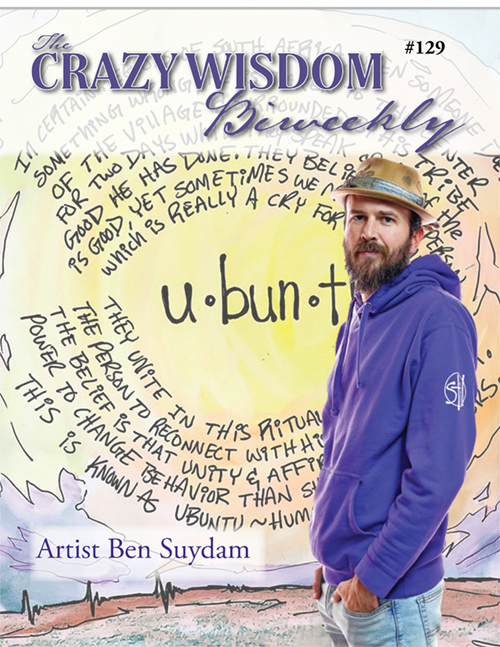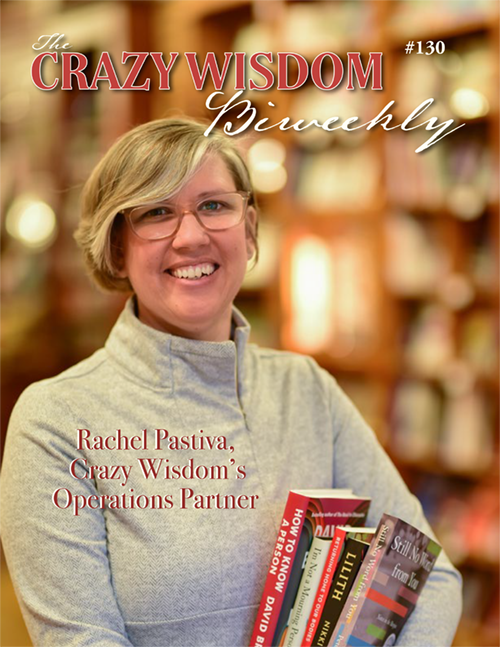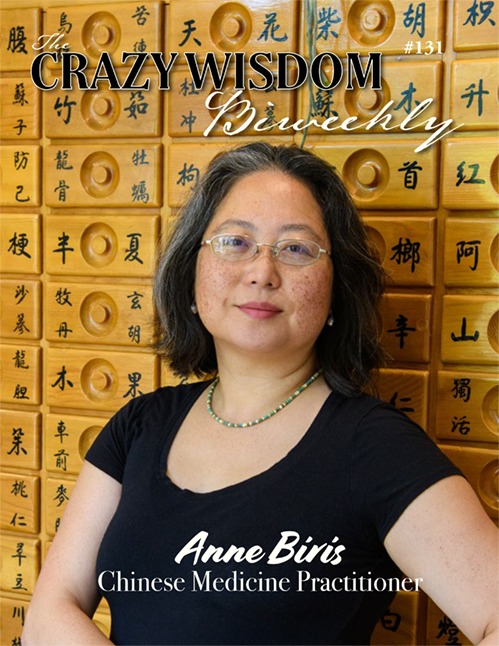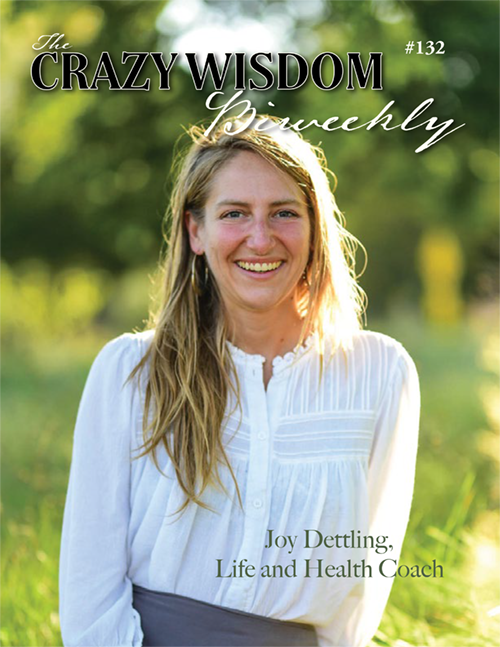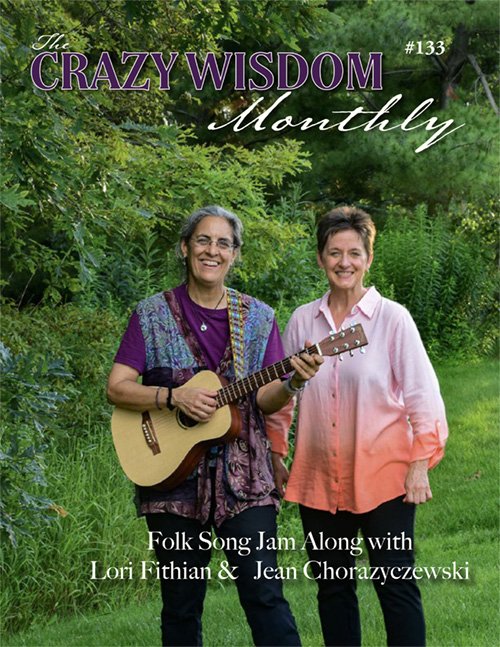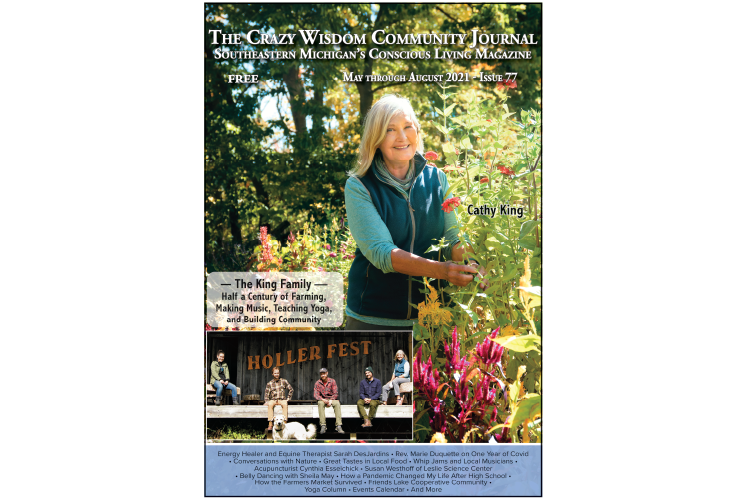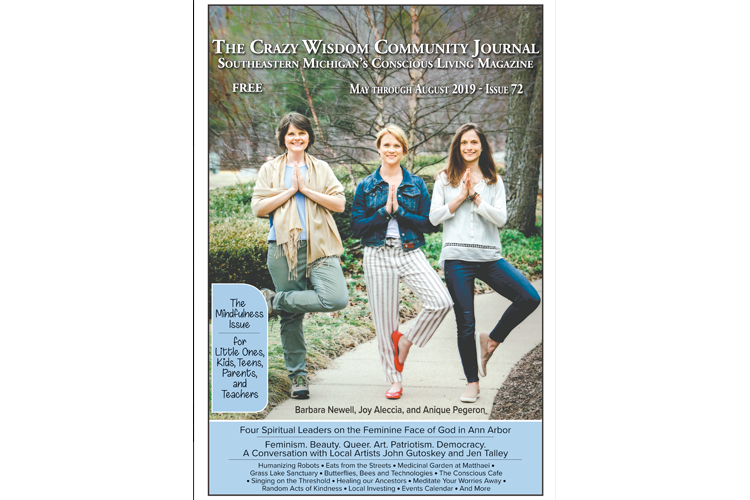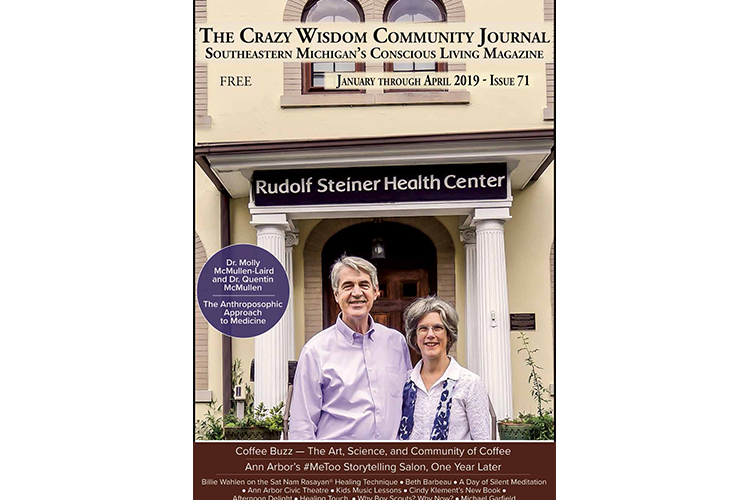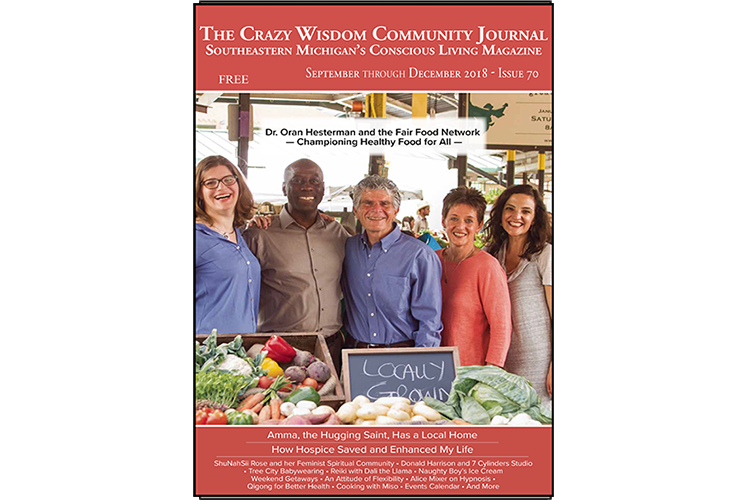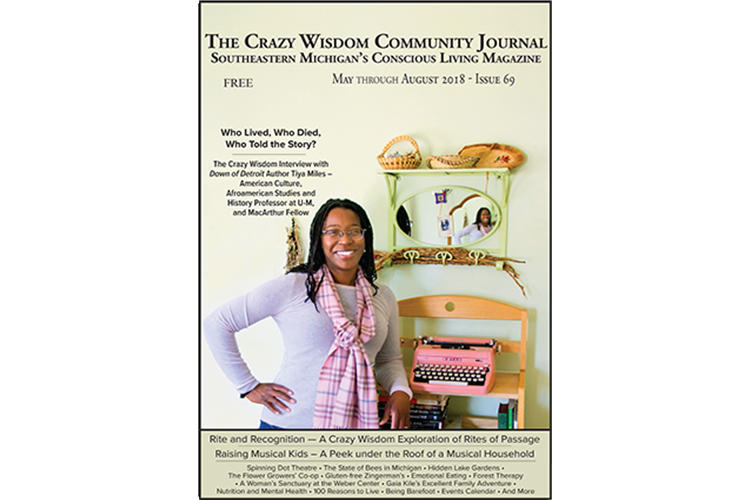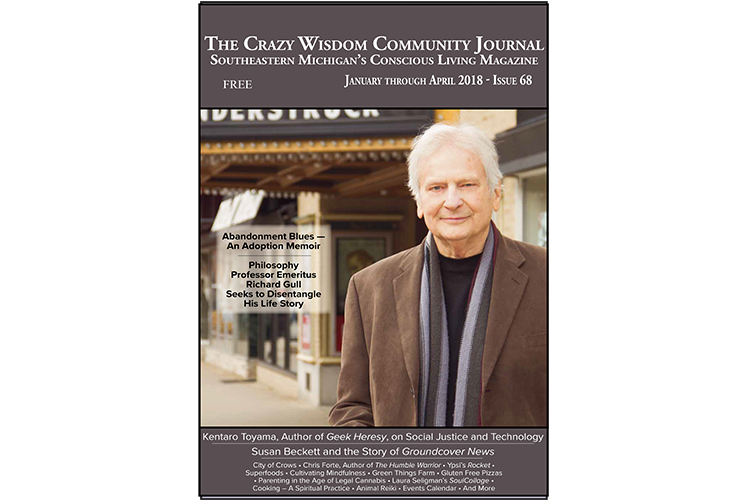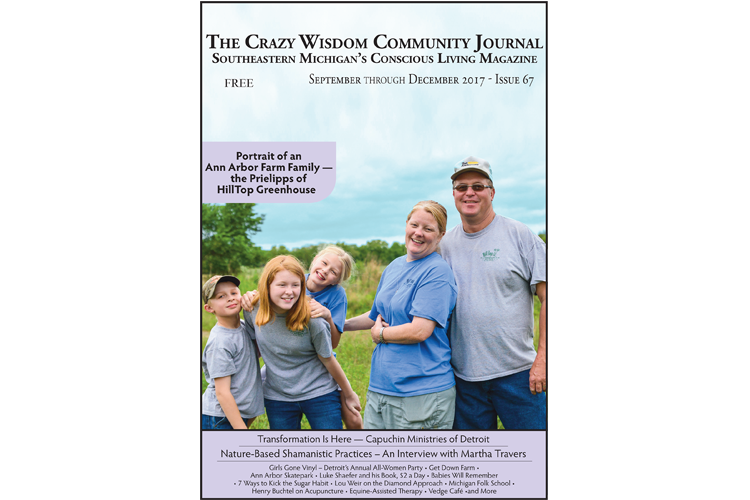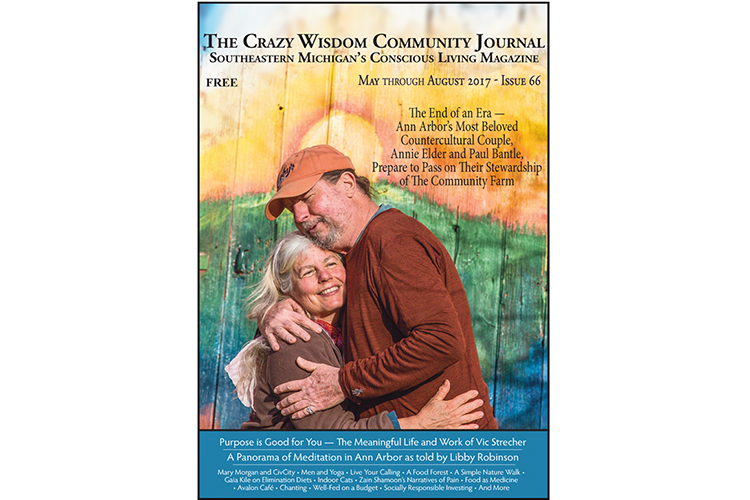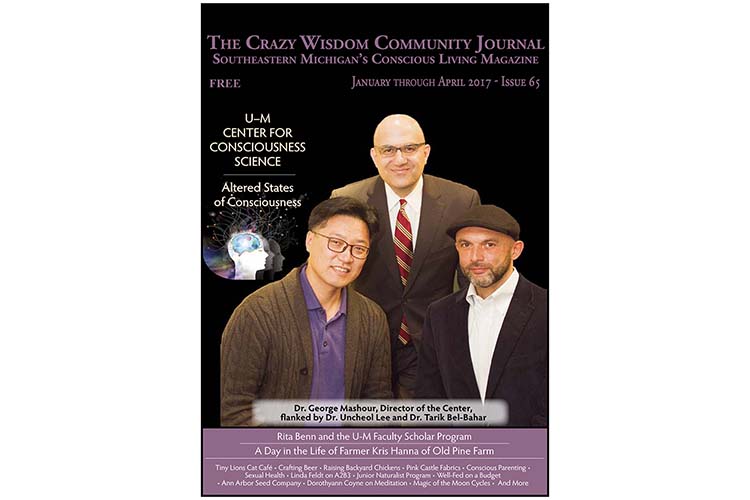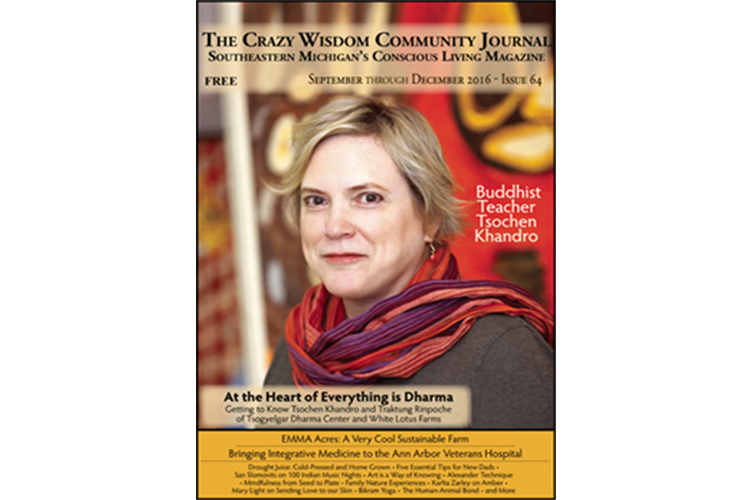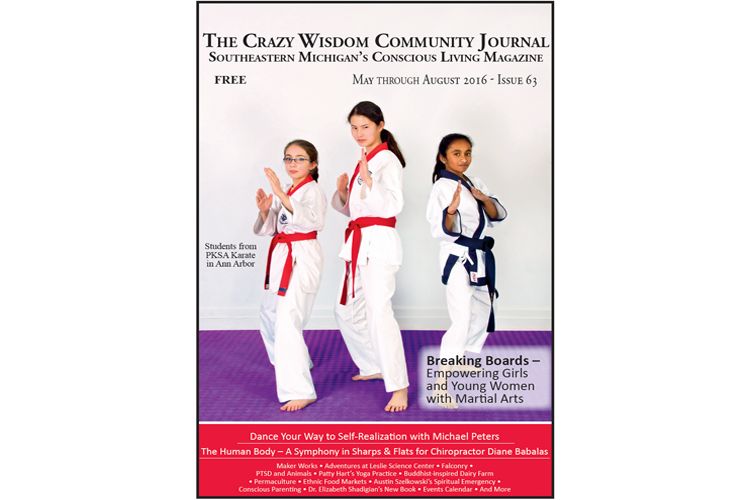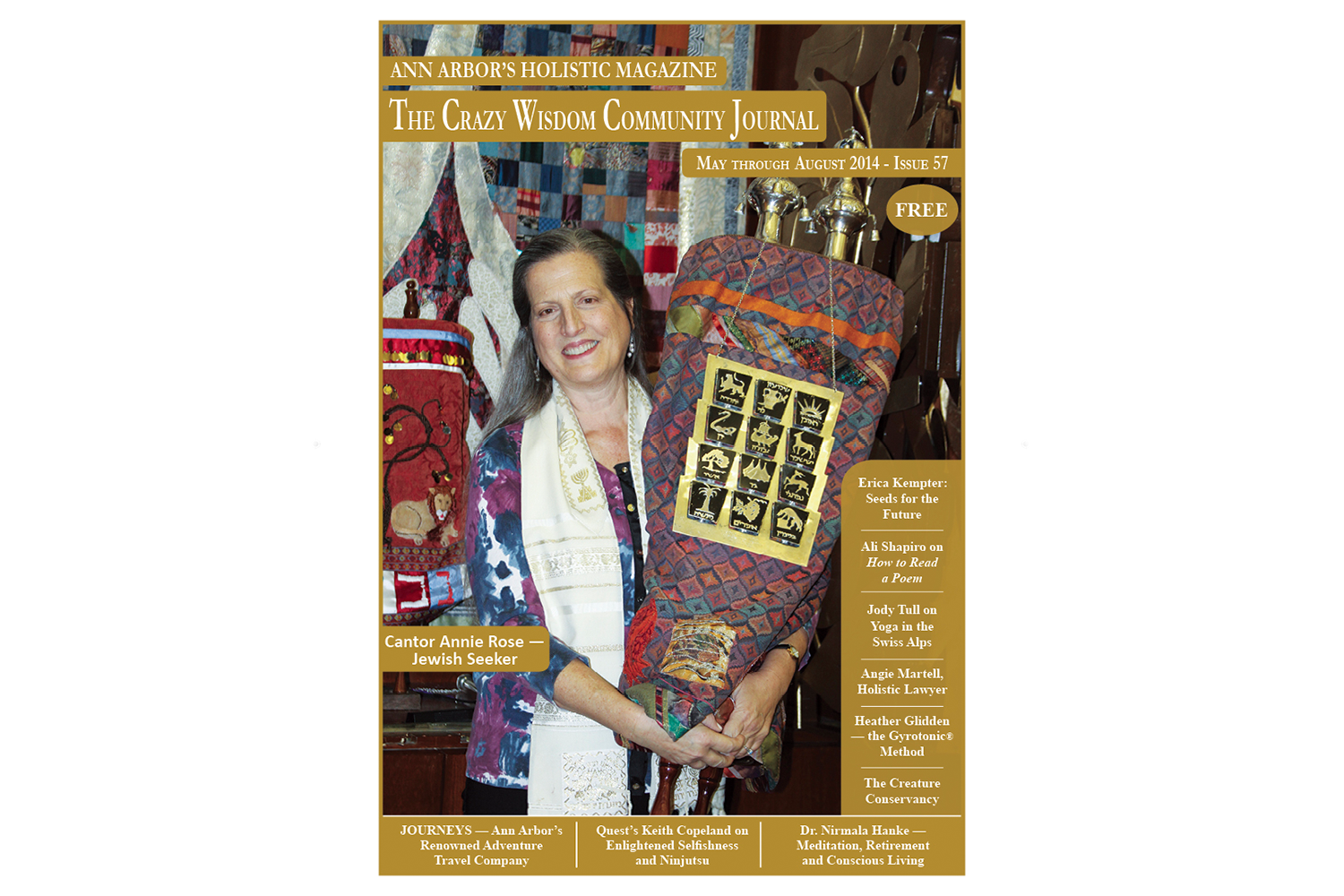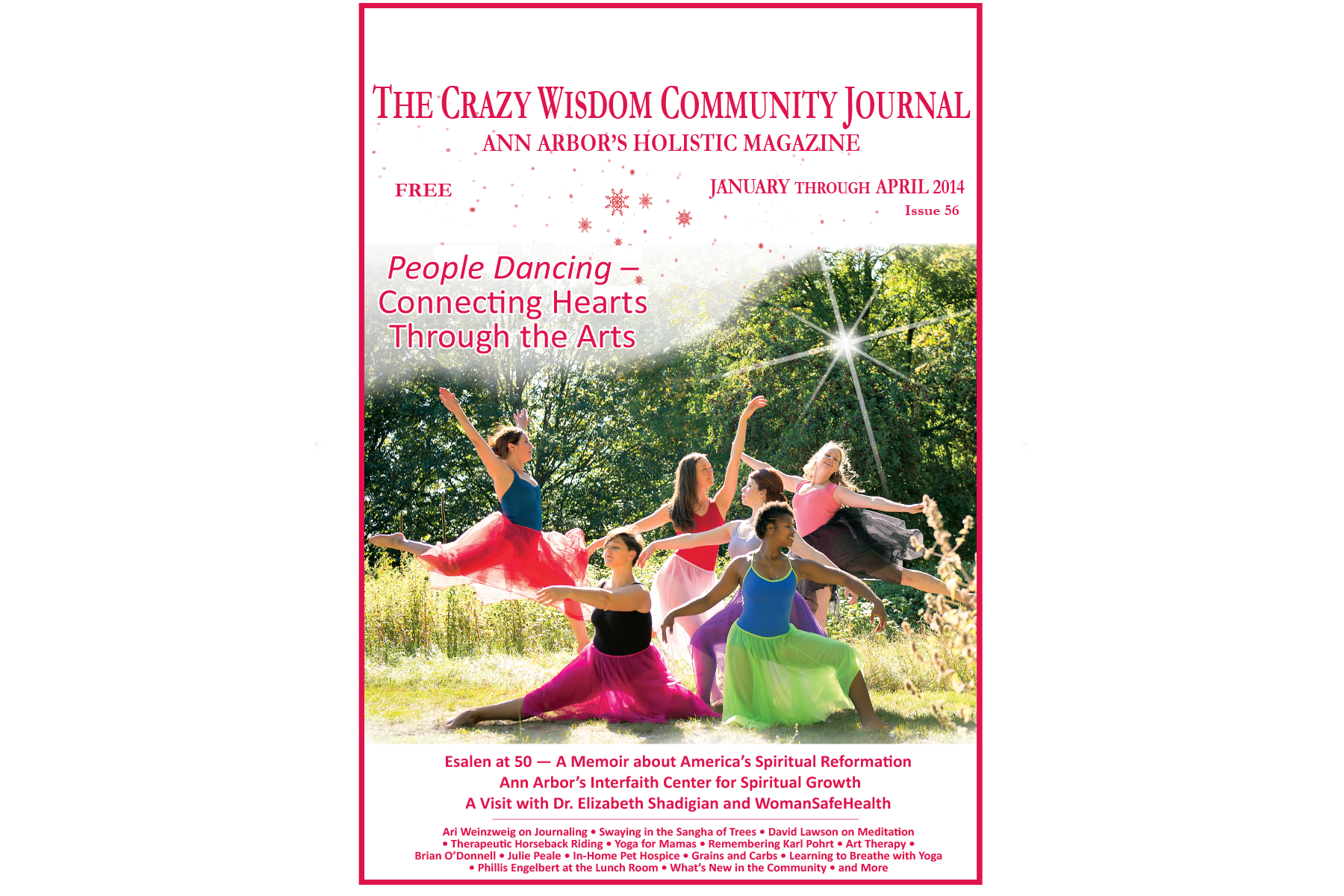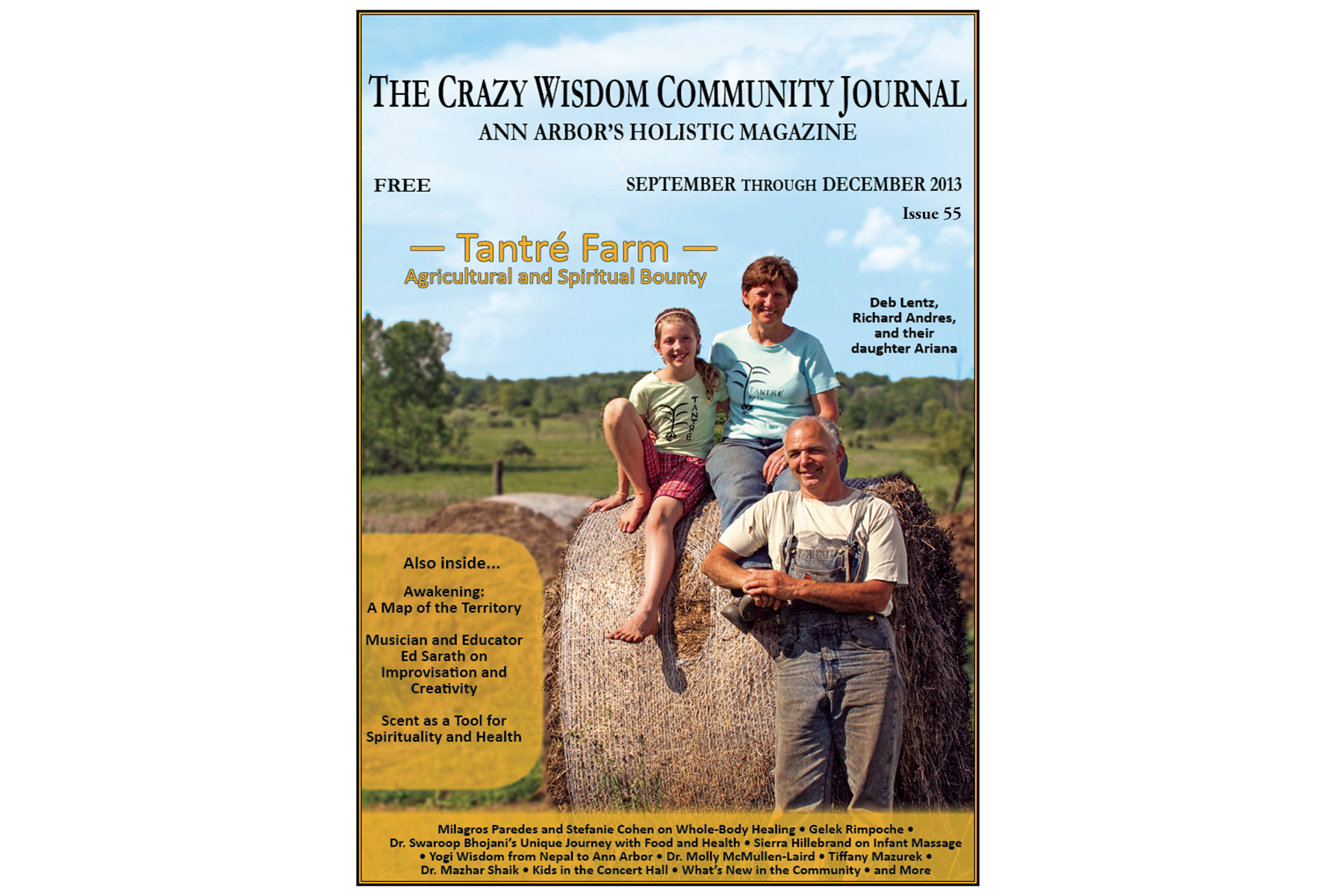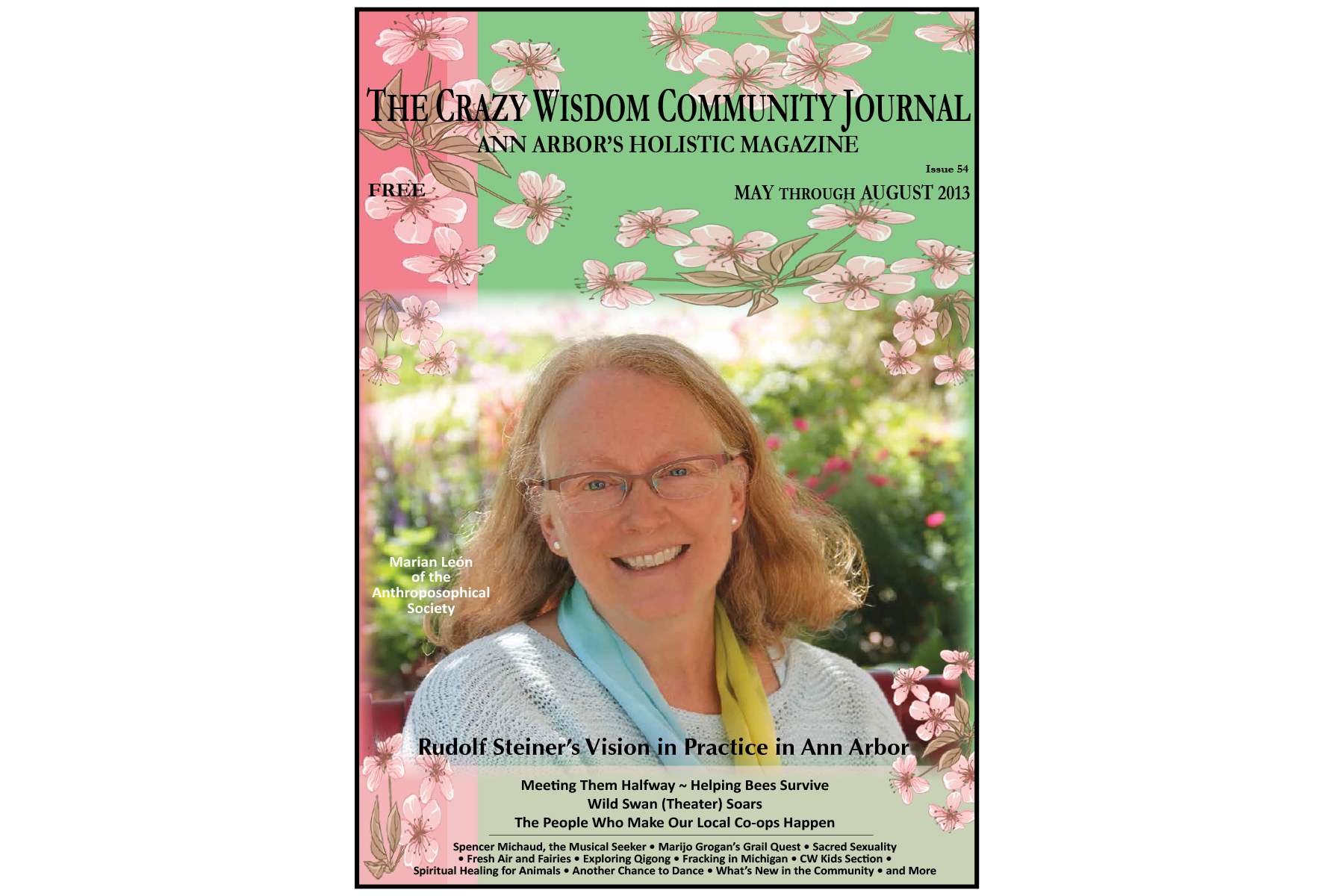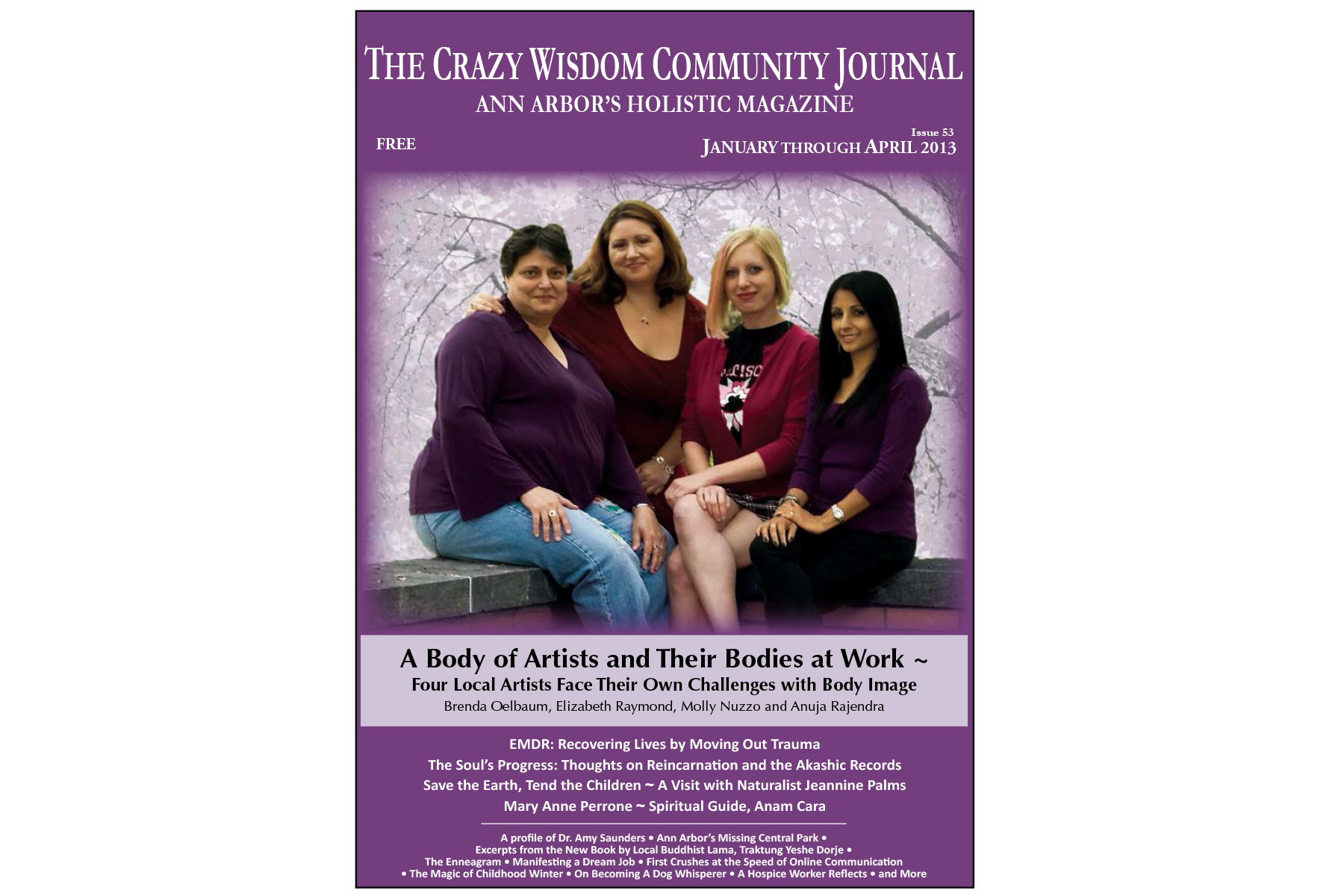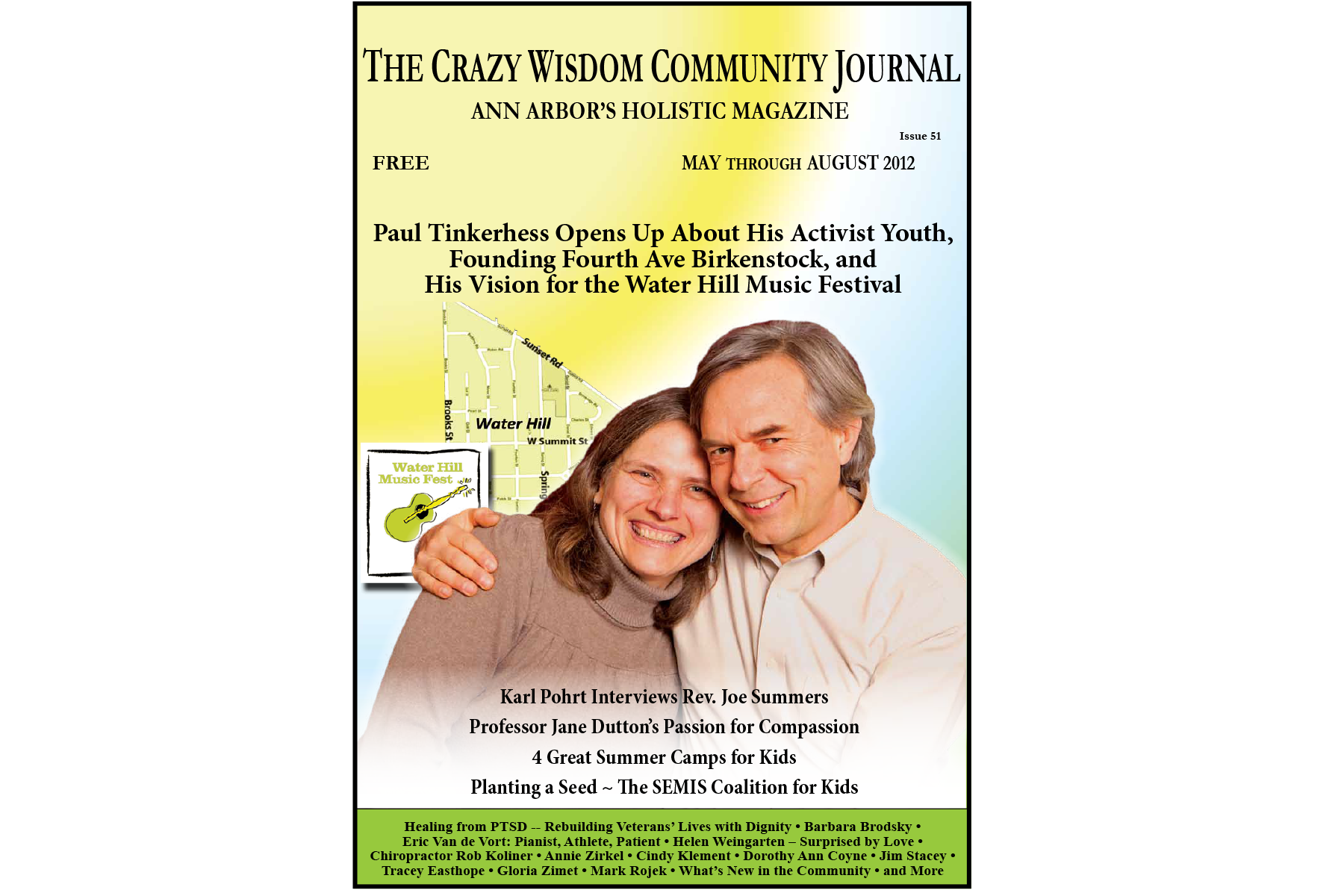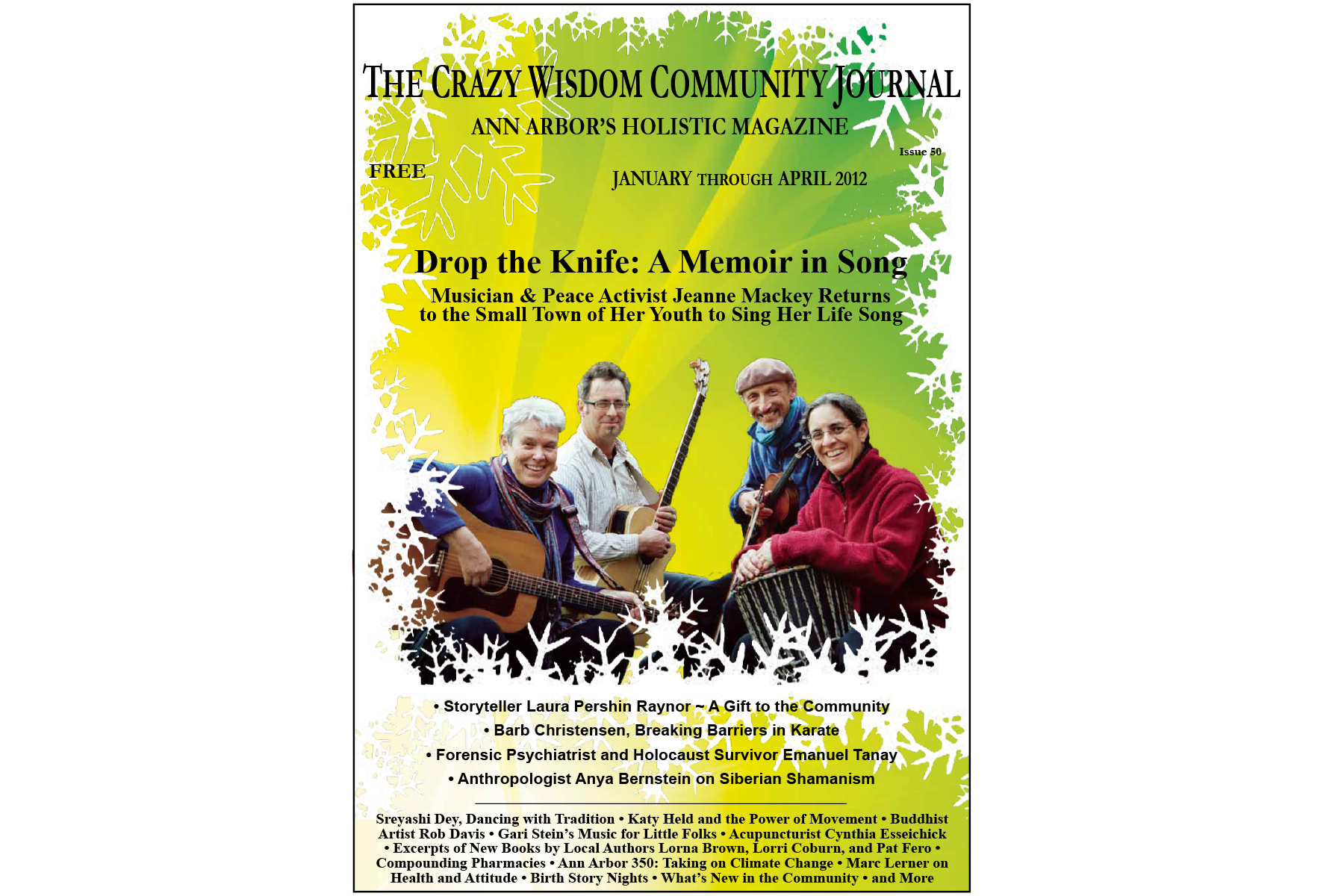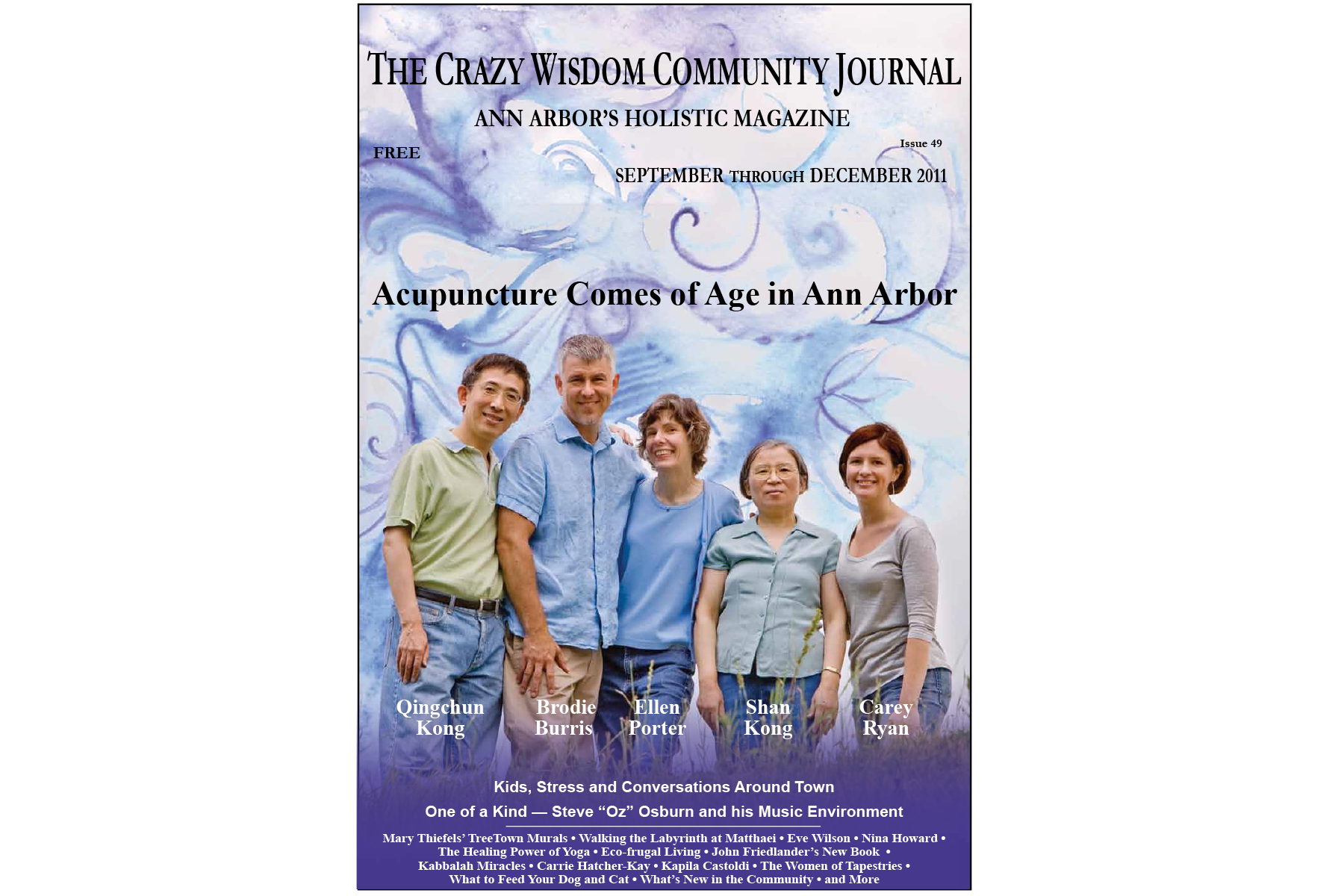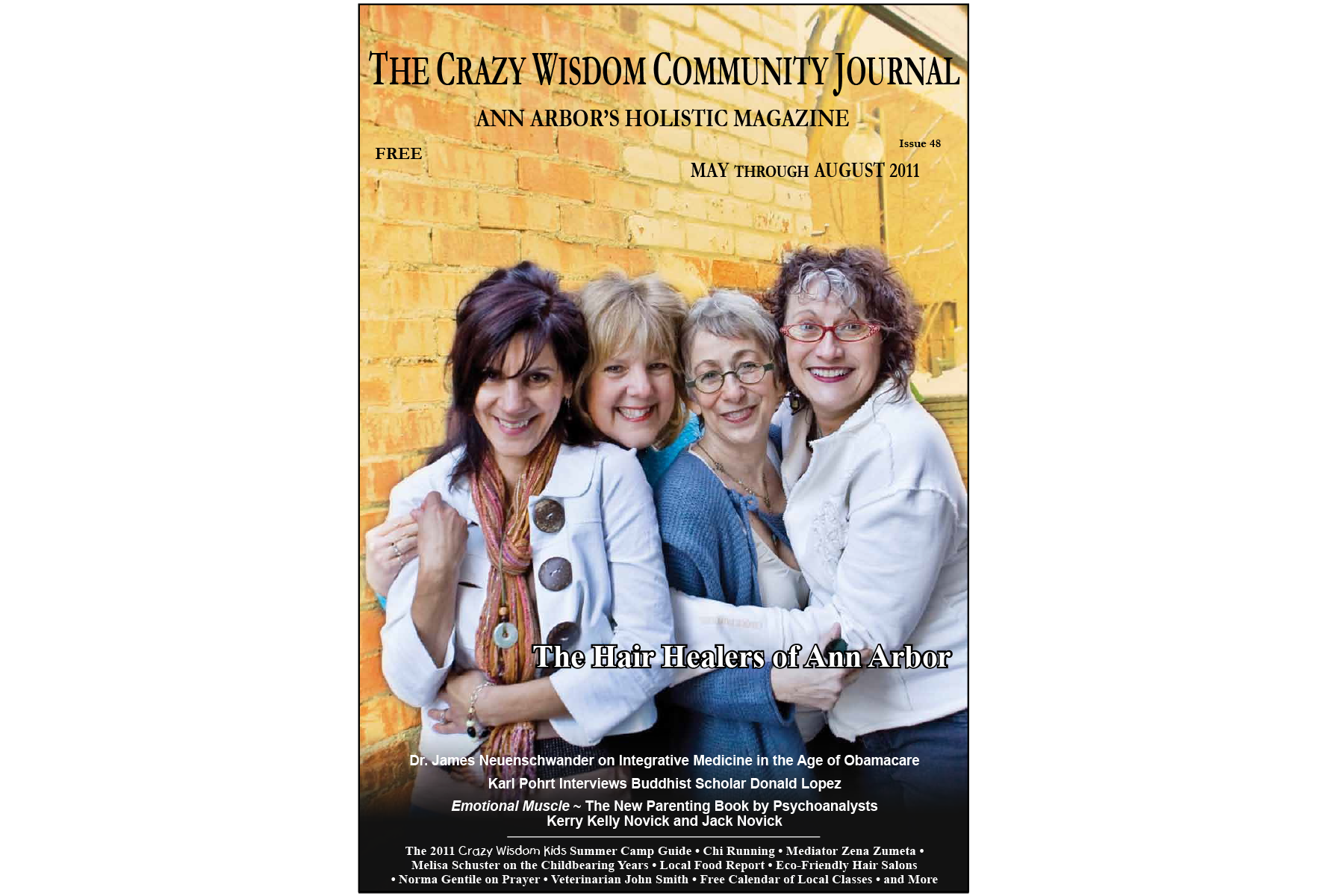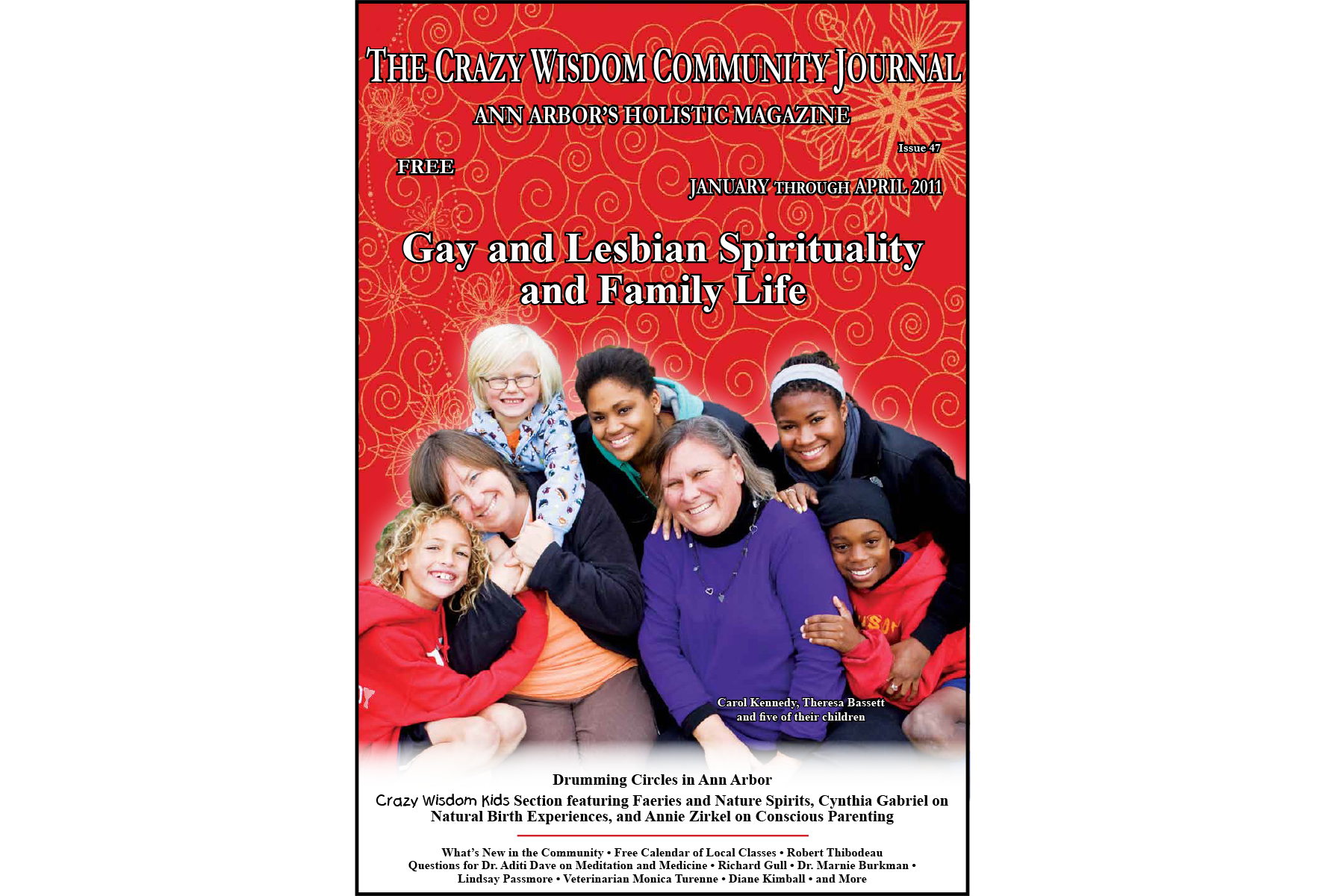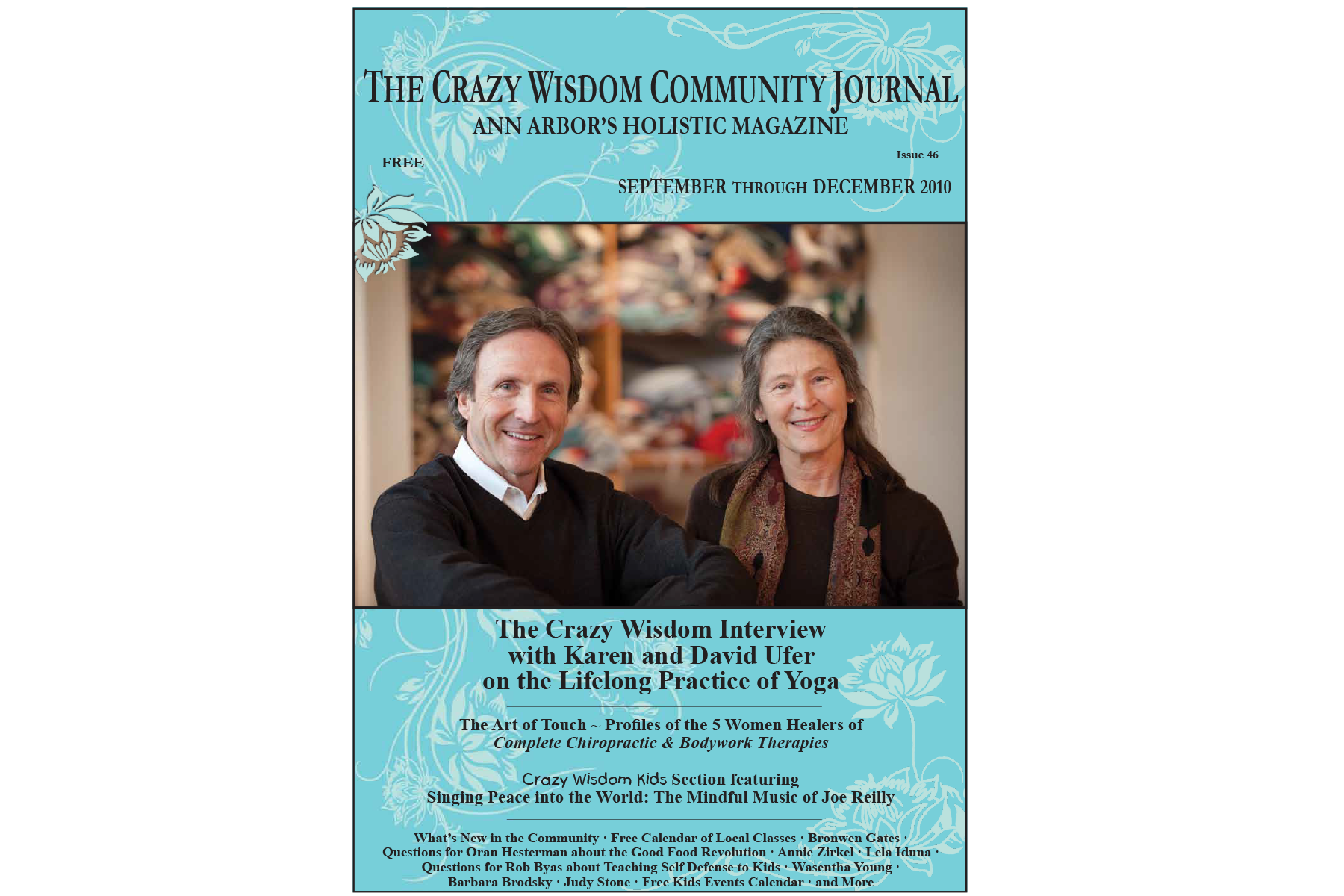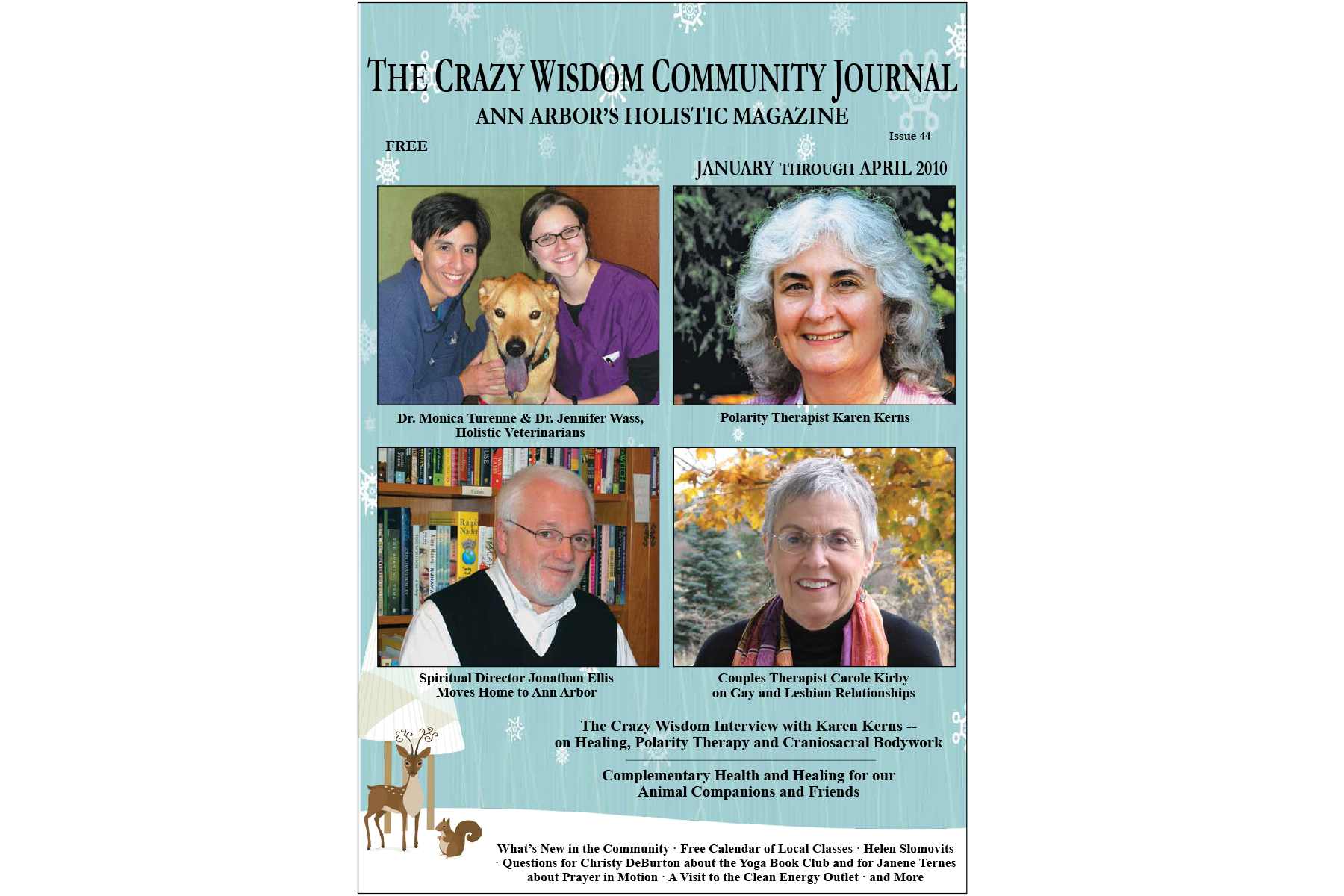According to two studies, 25% or more of the population in the U.S. has a functional gastrointestinal disorder, or an FGID. That is one out of every four people! But what is an FGID, and if so many people have it, why don’t you know about it?
Healing Our Ancestors: The Importance of Ancestral Relationships
By Diana Quinn Inlak’ech, ND
In traditional cultures worldwide, the honoring of ancestors has existed in some form throughout human history. Traditional cultures wove cosmologies around relationship with their ancestors, the natural world, and cycles of life and death. In the span of human evolution it is only in the relatively recent period that ancestor worship has become less widespread. In the West, this shift is intertwined with cultural fear of and avoidance of death and poor cultural competency with processing grief. However, in recent years, the human need to connect with our ancestors has found a new outlet through modern developments in science and technology. These advancements offer new insights to interconnection with our ancestors for contemporary Westerners who are often skeptical of the non-material and unscientific.
Who are the ancestors? They are the people in our family trees who are remembered and whose names are known from the previous generations. The ancestors are also those to whom we have been joined through chosen family, adoption, and deep heartfelt connection. In addition, they are the unnamed distant relatives in those family lineages from beyond recorded history. Our deep ancestry connects us all from the beginnings of humankind through our shared origins on the African continent with "mitochondrial Eve." Ancestral awareness connects us to all of those who have gone before.
The call to deepen my own ancestral practice grew alongside my study of the clinical application of epigenetic science. The emergent field of epigenetics has settled the debate for once and for all: human development is shaped by both nature AND nurture. The term epigenetics means "above the genome", and is the study of how genes interact with the environment to determine their expression. Epigenetic research reveals that aspects of lived experience are heritable, influencing genetic expression by turning genes "on" or "off." This revelation has tremendous clinical value because we understand that genes are not one’s destiny, but rather, gene expression can be modified. It has become quite accessible to test one’s DNA via kits ordered on the internet and then use the raw data in analysis for epigenetic markers and single nucleotide polymorphisms (SNPs). Single nucleotide polymorphisms are the most common type of genetic variation among humans. These epigenetic factors determine genetic expression and many can be influenced by modifiable lifestyle factors like diet and exercise. In my clinical practice I often assess epigenetic variables to formulate an individualized health plan with patients in order to optimize wellness and minimize disease risk.
Epigenetic factors are also shaped by stressful experiences, emotions, and even more subtle factors that influence our lives. As Tolstoy wrote, "All happy families are alike; every unhappy family is unhappy in its own way." Family shadows such as divorce, addiction, and abuse generate adverse childhood experiences (ACEs) and are known to produce epigenetic changes that impact future health outcomes. The results of the CDC-Kaiser ACE Study revealed not only the correlation of adverse childhood experiences with poorer health later in life, but also the widespread prevalence of the continuation of adverse childhood experiences in the following generations. Of the 17,000 people who were interviewed for the original study, 64% reported that they had experienced at least one ACE. Traumatic ancestral experiences affect the health and happiness of future generations. In studies of descendants of Holocaust survivors and survivors of the Dutch famine, researchers discovered physiologic changes which occurred as the result of trauma experienced generations before. According to Dr. Rachel Yehuda, principle investigator of epigenetic research on intergenerational trauma, rather than interpreting the findings with resignation, the data can be empowering. The fluidity of genetic expression revealed through epigenetic research also highlights the potential of therapeutic modalities to shift health outcomes.
In the United States, there is a profound legacy of intergenerational trauma from colonialism, Native genocide, and slavery, which informs contemporary systems of oppression. In our current shifting political climate, the surfacing of these wounds—which have always existed, but were previously marginalized by the dominant culture—invites an opportunity for healing. We live in a world of disconnection and division by race, gender, class, religion, and national borders, all of which are human constructs. What are the ways that our ancestral lineages embodied these experiences? How were they harmed, or how did they uphold these constructs? Ancestral healing work is an invitation to take responsibility for our lineage. Through examination of our ancestral inheritance, we can interrogate, provide redress on behalf of, and ultimately forgive our ancestors for their shortcomings. We can see the ways in which they contributed to the present day "dream of life" that is out of balance, so that we can appropriately correct course. Ancestral work is social justice work, and we each have a role to play. Acknowledging and healing our collective cultural and historical trauma is a critical form of social justice activism. We do this work in our lifetime to transmute unresolved ancestral and cultural baggage so it is not carried forward, so we can dream a better dream for future generations.
As is the case for many of us, my heritage is a complex blend of intersections that can be confusing to grapple with: British colonial settlers, Spanish conquistadors, and Indigenous peoples of Mexico. Although the majority of my genetic makeup is European (from the United Kingdom and Spain), the 22% of my ancestry that is Native North American is the part that garners the inquiry, "Where are you from?" In this "melting pot"of a country in which we live, those of us with ambiguously non-Anglo appearance get this question often. It is a reminder that we are Other. My own curiosity about my indigenous ancestry led me to explore the roots of my Mexican heritage, as well as to better understand my white settler origins. These threads get pulled in the tapestry of family history, showing up for example in my maternal grandmother’s great pride in her Castilian Spanish ancestry which set her apart from the Indio background of my grandfather’s line. Ancestor work is complex and can give us opportunity to reckon with the echoes of how individual family patterns resonate with the current of wider historical conflicts. All of these and more are alive within each of us.
Ancestral work is an act of radical self-care and self-love. By putting our attention on our ancestral lineage we connect to the resilience, beauty, and brilliance of those who came before. We receive the help and support from our healthy and loving ancestors of the distant past. We integrate these gifts and provide care and healing for ourselves as we extend care and healing to our ancestors. When we engage in ancestral repair, time is non-linear. In living our fullest embodied lives, we are healing those who came before and those who will come after. We honor the cycle of life and death and acknowledge that we will become the ancestors of the future. When we as a culture restore our relationship with our nonliving relations, our capacity for kinship expands to the other-than-human, whom we can also consider our relations and ancestors. We weave ourselves back into the web of life and the natural world. To paraphrase botanist, and member of Citizen Potawatomi Nation, Robin Wall Kimmerer, how do we engage with the lands on which we live as if they are the lands from which we will be the ancestors, lands that we want to remember us with gratitude?
To be a good ancestor in training, we can begin with establishing an ancestral practice. One route to this work is through prayer, meditation, and visualization. If there are ancestral reverence practices in the tradition of your bloodline, exploring and practicing those is a great place to begin. Raised Catholic, I grew up lighting candles for family members who had passed and honoring All Saint’s Day by visiting grave sites with flowers and cemetery candles that would be kept burning for the entire month of November. Later in life I reclaimed my ancestral tradition of celebrating Día de Muertos, or perhaps my Mexican ancestors reclaimed me. Over the years my celebration of this holiday has expanded to last several weeks with an elaborate ofrenda altar and preparation of special meals. The ofrenda is an altar space with photographs and relics of my ancestors, with offerings of their favorite foods and beverages, and flowers. Altar creation is a simple practice for ancestral reverence, designating a physical space in your home with a representation of your lineage and sitting with an open mind and heart. Ancestral connection is also available through formal ritual; spiritual traditions worldwide include the role of ceremonial ritual in ancestral practices. In his book Ritual: Power, Healing and Community, Malidoma Somé calls ritual the "anti-machine", restoring our psychic foundation and our need to live in relationship with other human beings and the natural world. Through ritual we create room for the sacred, which holds us in the work that we cannot do alone. Ritual has a reparative function, mending the fabric of our souls and restoring aspects of our psyche that have been fragmented, allowing reintegration. Whether done individually or in community, ritual is a powerful component of ancestral work for transformation and for mending ruptures in our lineage. Ancestral work is often grief work, and it is the work of attention and care. Dedication to these practices can bring about healing for oneself and one’s lineage in both directions, transforming the narrative of the past as well as what is left behind for future generations.
I believe that ancestral connection is a critical component of restoring balance in these times. This work has been central in my own healing journey and is a component of the healing work I do with others. So often the physical, mental/emotional, and spiritual malaise that people are living with have a root in inherited ancestral patterns. Regardless of one’s religion, spiritual tradition, or lack thereof, there are many accessible ways to reconnect with ancestry. For the practical and scientifically minded, exploring genealogy or doing DNA testing opens up connection with one’s lineage. Don’t be surprised if after opening the line of communication, synchronicities and family ties come out of the woodwork. Ancestor work provides individual and collective healing that is an essential part of planetary healing, and reconnects us to cycles of life and death and our part in the natural world. It is our gift, our birthright, and ultimately our sacred responsibility.
Diana Quinn Inlak’ech, ND is a shamanic practitioner, ceremonialist and naturopathic doctor specializing in integrative mental health and mind/body medicine. She has been studying shamanism and natural medicine for over 25 years. Her office is located at 560 South Main Street, Ann Arbor, or give her office a call at: 734-945-6210. For information about her upcoming ancestral healing workshops and services, visit www.drdianaquinn.com
Related Content:
Sustaining Our Spiritual Journeys
While brief bursts of inspiration can reignite our commitment to our spiritual journeys, many of us are challenged to sustain the same level of enthusiasm over time. Why is this? I recently asked about 40 people in a journaling workshop I facilitated what barriers they have encountered in using writing as a spiritual practice. Their answers, while focused on writing, were identical to the types of challenges I commonly hear people in my interspiritual coaching practice express as challenges on their spiritual journeys: 1) self-judgments, 2) not having enough time for practice, and 3) lack of clear intention.
An Interview with Billie Wahlen, practitioner of the Sat Nam Rasayan® Healing Technique
Sat Nam Rasayan is the name of a sacred healing technique that has recently become available in Ann Arbor, through Billie Wahlen (also known as Mohinder Singh). Wahlen is a gifted healer and massage therapist, and is well-established and known in Ann Arbor’s healing and bodywork subcultures.
The Crazy Wisdom Interview with Dr. Molly McMullen-Laird and Dr. Quentin McMullen, Founders of the Rudolf Steiner Health Center, on Anthroposophic Medicine
Quentin McMullen and Molly McMullen-Laird are a husband-and-wife doctor team and the founders of Rudolf Steiner Health Center, which is one of Ann Arbor’s leading alternative medical practices. Now celebrating its 20th anniversary, Steiner Health is unique as a “community-supported medical practice,” and it focuses on anthroposophic medicine, which combines conventional and integrative approaches to medicine and is based on the teachings of Austrian philosopher Rudolf Steiner.
An Apple A Day: The Seven Forms of Nutrition Our Body Needs
Do you ever think about the nutrients that are in the foods we eat? Are you getting adequate amounts? Are they benefiting you in a positive way? These are important questions when it comes to nutrition. To ensure that you are on the right path to living a long healthy life, I invite you to pay close attention to the next bite you take. Proper nourishment is essential for the healthy development and growth of children, as well. Let’s set a good example and teach our children what healthy really tastes like.
A Legacy of Healing: The Healing Touch Modality Offers Energy Healing Endorsed by Holistic Nurses
The Healing Touch Center in Farmington Hills has been offering healing sessions to the general public for two decades, providing those who enter its serene healing environment the opportunity to balance their body, mind, and spirit. Represented around the world, and endorsed by the American Holistic Nurses Association, Healing Touch uses a gentle, light, or off body touch to balance chakra energies, reduce pain, and relieve mental and physical stress. It is a holistic model of care, working in tandem with modern medical practices, which encourages the client to participate in their own healing process. The practitioner is ‘the straw’, channeling high vibratory energy to the client for their highest and greatest good.
Essential Oils? Why Now?
Plant-based remedies have been used for centuries. Chemical constituents found in plants are now synthetically created in sterile, replicable laboratory environments. Those medical advances have done wonders to further research and understanding of the intricacies of the human body. So, why has a sudden resurgence in using essential oils saturated newsfeeds, yoga studios, moms’ clubs, and more?
Miso Packs a Punch for Health and Taste
When I turned nineteen, a whole new world of food was opened up to me through the People’s Food Co-Op. Although my aunt and father had been members since the 1970s, and I was somewhat knowledgeable about natural food diets, I certainly did not know what the heck to do with a salty paste made of fermented soy beans, rice, or barley. I had enjoyed miso soup in Japanese restaurants, but that was not the best introduction, as it was thin and lacked vegetables and other ingredients we now use more abundantly, such as shiitake mushrooms, soba noodles, seaweed, lotus root, dried fish, and fermented vegetables. As western society’s knowledge of the world of natural foods has matured, thanks in part to the growing “foodie culture,” we have widened our awareness of whole food cooking and ingredients.
Be Brilliant! How Hospice Saved and Enhanced My Life
The word “hospice” is one of those terms to which each individual has a unique and palpable reaction. For some it brings a sense of fear or uneasiness. In others it arouses tender memories of a past experience as it relates to a family member. For a lucky handful, their faces light up when engaged in a conversation regarding end of life care in the capable and compassionate hands of hospice staff. These blessed few seem filled with peace and joy in the face of this word. As with all of life, we perceive it through our own lenses, which shape how we feel about any given situation. My personal experience and perception of hospice is filtered through many different experiences with friends, family, and from volunteering for a children’s grief program I helped create with Hospice of Asheville, North Carolina, in the early eighties. I’ve had several close friends cared for by their loving hands during end stages of life, and three of my grandparents and my mother-in-law were in hospice care before they passed out of this earthly plane with loved ones by their side. I know what it takes to be a volunteer and how impactful it was to receive comfort and care, both in facilities and in-home
Reiki with Dali Llama
by Laura Cowan
I’m guessing you’ve never had a ram approach you like a puppy, because even if you are lucky enough to know one, that isn’t the sort of thing rams do — unless they have a reiki therapist like Dona Duke as a friend. Dona is an Usui Reiki Ryoho Reiki master, and the resident animal reiki therapist at the Humane Society animal shelter. She accepted my invitation as a locally based holistic living editor to interview her and see animals receiving reiki in a farm environment. Dona wanted me to bring you the experience of something beyond cat shelter or hospital reiki that is so often written about these days. I’m so glad reiki is written about enough to require the variety, and she was so right. Reiki on a farm is a world unto itself. Let me tell you about this ram at Fluffy Bottom Farms. Call him Ishmael.
“No, really. Everyone on this farm has a fabulous name. The ram was just the beginning.”
Ishmael and his herd of sheep and cows at the Fluffy Bottom Farms farm and creamery in Chelsea, receive reiki from Dona on a weekly basis. I wish I had the data to prove to you that reiki improves the cheese they make, but suffice it to say it’s phenomenally delicious stuff, now sold at grocery stores and retailers all over Michigan. I tried the aged raw manchego, which went perfectly in a cherry spinach salad. Owners Kelli Conlin and Angie Martell were out of the house the day I visited. Dona brought treats for the turkeys and hens on the day she introduced me to the animals. The three tom turkeys were not so welcoming, but it was mating season and they were strutting their stuff, so I won’t hold it against them that they followed me around with fanned feathers and a serious attitude.
I was nervous. Why was I nervous? I have turkeys in my rural wooded yard daily so it wasn’t about being stalked by birds half my size. I used to belong to a dairy farm share myself, so I’m comfortable around herds of cows and sheep, and free-range birds. I am also trained as an animal reiki master. Was I nervous because I know I shouldn’t walk up to farm animals and assume they’re friendly when I enter their pen? Maybe, but this growing awareness of my own nerves led to a profound reiki-led epiphany in short order. Ishmael was climbing the gate of his pen to nuzzle Ms. Duke, and the other ram, Gabriel, accepted me into his pen to rub up against me for reiki and a pet. I was experiencing the effects of animal reiki before I even realized it. I’m used to giving reiki, you see, but I’m not used to receiving it from animals.
We entered the sheep pen in the barn, where a tall brown llama named Dali watched me attentively. He was gentle and protective, that much was obvious, but I didn’t expect what came next. Dali noticed I was nervous, Dona said, and as the protector of the herd against local coyotes, he was investigating why. Ah, that was the reason for the nerves. I had been considering a number of ways of applying reiki in my own life and career with animals, and I had expected to be more at ease. It hardly does to have an animal reiki master acting jittery around a flock of sheep. But by now, I should have known something else was afoot. This was animal reiki in action. It wasn’t magic. It was reciprocity.
Suddenly, it was just me and Dali, experiencing that connection of minds that comes from the unity consciousness of universal life energy flow. The llama was teaching me, not only to experience sacred space on the receiving end from an animal, but he was giving me a nudge. Suddenly I knew. I wasn’t meant to focus on animal reiki. With one glance, I understood. I should have figured, given what I know about reiki, that it would be the animals to give me that course correct on how to apply healing energies in my life and career. I wish I could tell you how this felt, but maybe if you have experienced reiki, you already know. Even getting a nudge of “no, not quite this path” is a profoundly healing experience. It was just that in this case, it was the llama receiving reiki that helped me as much as I helped him, if not more.
“You must approach them as equals,” Dona said. So true. Because they are. That’s where the reciprocity comes from, however you experience it. “It’s easy for me to work with animals, because I approach them as friends,” Dona tells me. Indeed. These animals dearly loved this woman, crowding her for treats — the largest behaving the most gently of all. The new lambs watched her with cocked faces from behind their mothers. The llama was at complete peace around her. The sheep readily decided to try to eat the buttons off my coat rather than ask too many questions about whether I belonged, since I came with recommendations from Dona. She was at home. This was her herd.
Dona used to have horses and rode dressage. “What you learn training horses is that if anything goes wrong, it’s not the horse’s fault,” she tells me, adding:
What is key in training horses is being present, being consistent, and in an emotionally good place, because you are literally sitting on a large animal’s nervous system. It’s the same thing with reiki. You need to communicate with their whole system. You have to learn to be quiet and be still, and work together.
This is true of human reiki, as well, and is particularly true of animals who live outdoors, as they are highly tuned in to their environment.
Dali the llama blinked with his long soft lashes. I felt the healing space around us. We were connected with everyone and everything, but we were also just the two of us. How odd. Sometimes a feeling of discomfort and nerves as you receive reiki is the message. There was nothing wrong with me. Healing in general often comes to us like this — wrapped up in the messages of anxiety and health problems and feelings that warn us of the importance of a change. There is nothing wrong with the message, and there is nothing wrong with our ability to receive the message. When we learn to listen and flow with the energy, the healing and growth naturally comes. Because that’s what reiki is. It’s just life, and life is growth, and healing, and creativity. Reiki is delightful, but sometimes upending. It is the never-ceasing river of powerful change that will help you align with your highest good if you simply allow it and flow with the process. Reiki had not too long ago swept me out of one life and into another set of new possibilities, and here I was. Llama-facilitated therapy. So much for humans being on top of the chain of consciousness! It simply isn’t so. The animals can teach you this, particularly through animal reiki.
We walked outside to the field, where Dona told me the herd often comes running to meet her. Sure enough, the remainder of the herd came at a full trot all the way from the next pasture. I have never seen more animals happy to see one person. Granted, she brings carrots, but even so. She allowed the animals to approach her for reiki. They stood next to her, quietly alert, until they were finished — usually about five to ten minutes per animal that approached her. They often seemed to wait their turn.
Ishmael ran to the back of his pen at the barn and climbed it like a goat.
“Get down,” Dona told him. “That isn’t safe for you.”
He pushed his hip up against the fence. “They show you where they want reiki,” Dona told me.
Sure enough, this was exactly what the other ram Gabriel had done with me. He had allowed me into his pen, sniffed my hand, and then pressed his side up to me and turned around. Like I said, not rammish at all. Reiki-ish. Not that there is anything wrong with a ram acting like a ram on an ordinary Tuesday, but these animals were co-creators in their healing. Phenomenal stuff. The air was thick with healing, like walking on air. I noticed this with my cat as well when I started practicing reiki on family members. She started sitting on my hands while I was working. Animals love reiki, because animals are very aligned with their natural selves and the balanced energies around them.
Inside the farmhouse, the dogs were waiting for treats and to be let out in the yard. A feral cat scrambled under the porch, while a black domestic pawed to be let in for food. A tiny lamb named Athena, who was born with a leg injury and rejected by her mother, was waiting for us in a pen wearing a diaper. She was only an armful of animal. Dona picked her up and bottle-fed her. Of all things I expected that day, it wasn’t to change a lamb’s diaper and have her cry after one of her surrogate moms. She rooted and arched her neck for Dona just like a human newborn
for its mother. She didn’t want me, and you have to understand animals often do. But there was nothing wrong. This was the message. This was the healing.
Dona told me more of the story of how she got into reiki, and just like my story, it was full of synchronicities and healing experiences, and meetings with amazing animals. I was deeply grateful she had opened up her life to me at all, as she is clearly at home with animals even more so than with humans. She was gracious and empathic while I trailed her around the farm, and like many reiki masters I know, she was also highly intuitive and could see straight through to people’s energy and feelings, just like she does with animals. She quickly spotted my connection with Dali, and how the other animals pushed me away almost in unison. This is more than impressive: it is an important skill for both animal and human reiki masters to be able to spot areas of tension and potential problems and possibilities when dealing with clients or rooms full of animals or people, even though the reiki will always go wherever it is needed anyway. Maybe that is what I love about reiki above all other healing properties. It isn’t just a healing energy flow. It is sacred space and witnessing the miracle of life. People who practice reiki, at least in my experience, are profoundly tuned in to universal healing energy flow and the feelings of those around them.
We went to say goodbye to the herd before we left. Dali approached me. I reached for his face.
“No,” Dona said. “He doesn’t need you to pet him. He is telling you you’re okay. He’s checked you out. You’re part of the herd.”
Already? And I was still trying to make friends. I put my hand down. Dali brought his soft wooly face right up next to mine and stood, touching cheek to cheek, for a good minute.
I closed my eyes. So did Dali. We stayed cheek to cheek, touching our chins.
“Isn’t that amazing?” Dona said. “They help us as much as we help them.”
Yes, they do, very much. Thank you, Dona and Ishmael. Thank you, Dali. Namaste. Thank you, reiki. And the path flows on.
Laura K. Cowan is the Kids in the Community Columnist and an editor for The Crazy Wisdom Journal. She is a green tech editor and magical realist author from Ann Arbor (Winding Road Magazine, Inhabitat). Ms. Cowan once ran her own green parenting blog 29Diapers, which gave her the dubious distinction of being the only mommy blogger in existence who could explain variable valve timing. You can reach her at cwkidscolumn@crazywisdom.net.
Related Content:
A Barefoot Approach to Wellness
Hello, Spring! Hello sunny days, birds singing, flowers blooming, and green, green, green! Hello to light layers, wind on our skin, warmth in the air, and soft soil underfoot. Our planet is full of awakening and liveliness.
A Practice of Mindfulness from Seed to Plate
I reflect on my experience with learning mindfulness cooking and eating practice during silent retreats at a Zen Buddhist Sangha in North Carolina. I examined the concept of gratitude when planting, harvesting, preparing and consuming food. Although these times were for deep contemplative study and complete silence, there was a common language spoken around the kitchen counter and table that I call reverence.
Balance Massage Therapy — The Business with a Healing Touch
Balance Massage Therapy (BMT) celebrated its ninth anniversary this past October. Founded in 2008 by Josie Ann Lee and Christin Lee Draybuck, the business has grown dramatically, from five massage rooms and five therapists when they opened, to eleven rooms and sixteen therapists, who now give more than 10,000 massages per year.
Considering a New Year’s Resolution? Forget Weight Loss, Work on Posture!
Thanks to the combination of a month of eating holiday treats and the annual New Year resolution ritual, January is one of the busiest times of the year for fitness professionals. For the next few months, my fitness center will be bursting with people who have decided that this is the year they’re going to solve any number of things that they think are wrong with their bodies.
Vic Strecher – A Public Health Scientist’s Inquiries into Purpose
Vic Strecher, a behavioral scientist, is an energetic, trim, and youthful sixty-two year old. He teaches at the University of Michigan’s School of Public Health and is Visiting Professor at the Peking University’s School of Public Health. He has given hundreds of talks the world over. (He jokes that his frequent flyer miles are sky-high.) His TED Talks and recorded lectures, replete with PowerPoint presentations featuring trademark symbols from his graphic novel, On Purpose, have given him a YouTube presence and a popular culture crossover audience.
Room to Breathe — Organizing for Happiness and Harmony
How one's personal space, be it home or work, is organized has a great impact on one's energy, productivity, and sense of self. Organization, use, and harmony among multiple users of the space all have a hand in affecting our well-being. To some, well-organized means sparse, but this can be detrimental to usability and may not work for everyone. Luckily, there are a number of tools at our disposal to bring organization and harmony to our living spaces.
Taking Care of Your Liver
The Consummate Multitasker
By Linda Diane Feldt
The liver is the consummate multitasker of the body. With over 500 functions, the liver is constantly at play to cleanse, store, purify, transform, and support. All we need to do is support the liver, and it will do its work. Somewhere along the line, holistic health care started promoting people actively “cleansing” or “purifying” the liver, as if we could do a better job directing these critical tasks.
In almost all cases, the liver is already doing what it needs to do, and it is doing it brilliantly and thoroughly. And, like all organs and systems of the body, nourishing support would do more to positively affect liver functioning rather than unproven and sometimes dangerous “cleanses.”
The liver needs to move blood through it — every minute or two a liter of blood flows through the liver, and 10–15 percent of your blood volume is in the liver at any given time. Lemons, artichoke, dark green leafy vegetables, celery, beets, and bitter foods are just a few examples of foods that can help blood flow. Garlic, onion, and other alums also have a special role in keeping things moving and healthy in the liver. For best results with garlic, you need to crush the cloves and then wait at least 10 minutes for the chemical reaction that forms. You can then cook with the garlic, or use it raw.
Avoiding processed foods, fried foods, trans fats, and added chemicals will also be beneficial. Poor quality or rancid oils are also problematic. Olive oil and coconut oil have positive effects for the liver. At a time when my liver was very stressed from a chronic health condition, I found that simple soups with lots of lentils or other beans, dark green leafy vegetables, other garden veggies, and simple vegetable stock (or adding miso after cooking) were very helpful and easy to digest.
It is common knowledge that overconsumption of alcohol is harmful for the liver. It is also important as much as is possible to avoid toxins in all forms — what we eat, drink, inhale, and apply topically.
Milk thistle seed (Silybum marianum) extract, or tincture, is considered a liver cleanser according to the popular literature. It actually protects the liver from damaging toxins, and may also help repair the liver — supporting the constant regeneration of the liver. The tincture made from the seeds can be added to water and used preventatively or for active liver concerns.
Dandelion (Taraxacum officinale) as a food and extract nourishes the liver and provides some of the best liver support for liver functioning. All parts of the dandelion can be used. Include dandelion leaves as a pot green, in salads, added to sauces, as a homemade herbal vinegar, even baked in filo dough as a substitute for spinach in Greek recipes. I’ve had some of the best dandelion greens in Greek restaurants, simply cooked with olive oil and garlic. The flowers can be made into wine, which has a lemony taste and can also help with digestion. In winter or if you find it easier, a tincture of dandelion leaves and roots can be used in water.
Turmeric (Curcuma longa) may be able to reverse some liver cirrhosis, as well as to prevent liver damage. It has many other substantial health benefits including being an excellent anti-inflammatory. The root is used in cooking, but for regular intake, a root extract can be taken daily with water.
There are hundreds of other herbs and foods that can benefit the liver. This is just enough to get you started in providing liver support and nourishment. The combination of avoiding what stresses the liver and taking care of your health with liver nourishing herbs will give you immediate benefit.
Liver disease is a serious and sometimes life threatening condition. If you believe there may be something seriously wrong with your liver, you should talk with a medical practitioner right away. A holistic approach can include herbs and food.
Linda Diane Feldt is a local holistic health practitioner “providing an integrated approach to holistic health care since 1980,” with a focus on hands-on bodywork including massage (1973), polarity therapy (1979) and craniosacral therapy (1982). She is also a writer, teacher, and herbalist. Visit holistic.lindadianefeldt.com.
The Disease Prevention Organ: The Most Important Thing You Didn’t Learn in Health Class
By Logynn Hailley
I remember once I had a biology teacher who was giddy about discussing the “millions of chemical processes” in the body. But when we learned about the roles of each organ, the liver was described as if it were a simple filter on a vacuum cleaner. It was there to “remove toxins from the blood.”
Where did those toxins go? We never covered that part.
I assumed they stayed in the liver and that it just turned into a rather gnarly “dirt sponge” as you got older. You could buy a mysterious thing called a “liver cleanse” at the health food store if you worried about it, which I never did … until recently.
I visited a neurologist turned chiropractor named Jen Hartley in Colorado. On my first visit, I learned more in 15 minutes with her than I had in the past 15 years of doctor appointments. The most surprising thing she said was that my hormone-related symptoms were a liver problem.
I had played treatment pinball with my glands and organs for years attempting to correct a mysterious imbalance. But I had never once considered the liver to be part of it. Isn’t the liver at the end of the chain of processes, like the drain everything passes through after its job (good or bad) has been done?
Apparently it is far more than that.
The liver processes Dr. Hartley described would have made my ninth grade biology teacher go into overload. It’s not a “filter” in the sense that we think of filters as an inert sponge for accumulating dirt. It’s more like a factory with an almost magical array of chemical processes. The liver plays an integral role at some point in almost every process in your body, to the point that you might say any disease is caused by the liver not working as well as it should. A healthy liver, fed right, should be able to remove the factors that cause disease.
Hormonal disorders might involve your glands or chemical estrogens from your environment, but it is the liver that controls how much of those hormones remain floating around in your body. The liver is supposed to recycle or remove the excess ones.
Cancer might come from a lack of antioxidants to clean up free radicals, but the liver creates, recycles, and mobilizes the most powerful antioxidants in the body.
Diabetes might involve insulin and sugar imbalance, but it’s the liver that stores, releases, and regulates the body’s sugar-based fuels. The stress hormone, cortisol, might cause stress-related disease but only if the liver doesn’t have the ingredients to deactivate it when it’s not needed.
If you find yourself juggling prescription drugs to regulate all these problems it is probably because your liver isn’t doing it for you. The liver ultimately controls every toxin, chemical, hormone, mineral, vitamin, amino acid, fat, sugar, and protein in your body. Even if its effect comes later when it should be removing the by-products of completed processes. Imagine what would happen if you cleaned your tub so you could take a bath, but the drain didn’t work? You’d have to bathe in dirt, scum, and toxic cleaners. And that is literally what happens inside when your liver can’t clear things out quickly enough.
I’ve often wished for a user’s manual for my body so I could “pop the hood” and figure out what has gone awry, but there is a reason that we don’t have one. It’s because if your liver is working right, it dispatches toxins and corrects imbalances without you ever even knowing it, and that’s how it’s supposed to be.
So, how can we help our magical liver factories get back on the job so upper management (the brain) doesn’t have to handle emergency waste clean-up and disaster relief operations?
For one thing, you might have heard from your yoga teacher that the liver “stores anger,” and it turns out there is a correlation. When your body stresses out, it makes cortisol, and the liver needs a lot of glutathione to get that hormone out of your body. Otherwise it floats around damaging your organs and causing the dreaded “belly fat” problem.
If you don’t get enough glutathione (and you probably don’t) then the first order of business is reducing the need for it by calming down. Practice yoga, walk your dog, smile, and so on. If you’re stressed out and angry all the time, your liver can become chronically backed up. This is how it’s possible to have illnesses with root causes dating all the way back to a traumatic event years and years ago.
The second important thing is to get a little bit of exercise every day. Even a little exercise, like five minutes of sprints, can purge some of your liver’s stored energy (glycogen) and get things moving. The liver was meant to constantly release and then re-stock energy stores. If there is no energy release, things get stale in there really fast. Stale, as in “fatty liver disease” stale.
Third, it turns out that one of your most important jobs as upper level management for your body is to fill all your liver’s orders for necessary ingredients. Make sure to get all the substances to keep each “toxin removing department” of the liver running smoothly. Unfortunately, some of those ingredients are a little hard to come by. That’s why it’s important to make a habit of including certain foods in your diet.
Here’s How It Works:
There are two major detoxification pathways inside liver cells, which are known as the Phase I and Phase II detoxification pathways. In a nutshell, these phases break down (metabolize) toxins through various chemical reactions. The Phase I pathway is responsible for converting the toxic chemical into a less harmful chemical, and Phase II converts the resulting toxic sludge into a water-soluble substance so that it can be excreted from the body via bile or urine. If Phase II isn’t completed or working efficiently, this sludge just backs up and causes a hazardous waste spill in our bodies! Here are some recipes that contain many of the liver-healthy foods you need to assist in these complex processes. Enjoy these whenever you can to keep the polish on your shiny new liver!
PURPLE SUPER SALAD
(Purple produce contains anthrocenes, which assist in Phases I & II Glutathione Conjugation.)
In a large bowl, whisk together:
3 tablespoons almond oil
2 tablespoons fresh lemon juice
1 teaspoon lemon zest
2 tablespoons dill weed, chopped
Sea salt and freshly ground pepper to taste
Then add:
8 cups baby spinach or replace some of the spinach with purple cabbage
1 purple carrot, shredded
2 handfuls of blackberries, black cherries, or red grapes
Some also like this salad with diced black olives and/or a diced hard-boiled egg
EASY RAW VEGAN KEY LIME CHEESECAKE
(Assists in Phase II Glucoronidation, which requires nutrients found in these foods: almonds, brazil nuts, cashews, chocolate, citrus zest, dill weed, dark leafy greens, mushrooms, oysters, peas, pumpkin or squash seeds, spirulina, spinach.)
Crust: Take 1/4 cup dried, unsweetened coconut and sprinkle it evenly over the bottom of your cake pan. Then mix the following in a food processor:
1 1/2 cups walnuts and almonds
1/2 cup dates
1 pinch sea salt
Press this mixture evenly over the coconut.
Filling: In a high-speed blender —
3 cups cashews
3/4 cup fresh lemon juice
3/4 cup honey
3/4 cup coconut oil
1 teaspoon key lime zest
2 tablespoons key lime juice
1 tablespoon vanilla extract
1/4 cup of water, only if you need it to blend. Use as little as possible. Mix until “cheesy” and pour on top of crust. Then put it in the freezer for an hour to get the right consistency. Defrost it for a 30 minutes before serving. It’s super rich tasting and actually tastes like cheesecake.
IRISH BREAKFAST SKILLET:
(Enhances Phase II Acetylation, which requires nutrients found in these foods: almonds, asparagus, avocados, berries, broccoli, cheeses, citrus fruits, eggs, guava, kefir, kiwis, dark leafy greens, lemon, mushrooms, oysters, papayas, peas, pecans, peppers, spirulina, spinach, sweet potatoes, and tomatoes.)
Use a large, heavy bottomed sauté pan with a tight fitting lid. “Grease” it with coconut oil and add:
1 large sweet potato, diced
1 small red pepper, diced
Spread evenly over the bottom of the pan and cover. Turn the heat to medium-high and allow to cook until the pieces begin to brown. It’s okay to turn one or two over and check every couple of minutes. Discard any condensation on the lid, as you want some moisture but not too much. Once the potato is browned on one side, stir it well and spread evenly on the bottom of the pan again. Allow to cook until beginning to soften. Then spread all the sweet potato to the sides, making an open space in the middle, then add:
2 – 4 eggs, cracked into the center
Sea salt and pepper or rosemary to taste
Cover and cook until eggs are almost to desired done-ness. Turn off the burner and add two handfuls of shredded cheese, sprinkled evenly over the sweet potatoes. Cover again and allow to sit for two minutes, then serve. Makes enough for two large breakfasts.
FILLING SPICED FIG PROBIOTIC BREAKFAST:
(Assists in Phase II Methylation, which requires nutrients found in these foods: almonds, asparagus, avocados, bananas, beets, broccoli, raw dark chocolate, eggs, figs, kefir, dark leafy greens, molasses, oysters, parsley, peppers, potatoes, pumpkin and squash seeds, quinoa, shell fish, spirulina, spinach, tea, turnip greens.)
Combine in large breakfast bowl:
½ cup plain kefir (I like goat milk kefir for this)
5 dried black mission figs, diced
4 tablespoons of cottage cheese
1 – 2 teaspoons molasses (to taste)
1 large pinch of ground clove or garam masala
1 small pinch of cayenne pepper (optional, if you like spice)
1 small pinch of ground cumin (optional, but I find it makes it wonderfully aromatic)
Next, stir in:
1 small diced apple
1 cup of grapes, halved
This is my favorite way to get fruit as a meal, and not feel hungry soon after.
A note about the consumption of spirulina:
Spirulina is blue-green algae, which is a fresh water plant. Under stressful or crowded conditions, blue-green algae can become contaminated with microcystins. This cumulative toxin has negative effects, especially for he liver and brain, but also for male fertility. While the probability that any single batch of spirulina contains the contaminant is small, it is still possible. Seaweed, a salt water plant, delivers many of the same nutritional benefits, and more. When gathered by ethical harvesters, it can be considered safer and of equal or greater benefit without the risk of toxic accumulations. At the minimum, please investigate this danger with the individual brands before consuming spirulina.
Yoga Column: Yoga Questions for Katie
Dear Katie — I sit at a desk all day and have found that my shoulders are starting to swoop forward slightly. I’m having a harder time maintaining good posture and want to prevent it from getting worse. Is there a yoga pose or two that could help with this? Maybe something that I could do at my desk as well as something for at home?
Crazy Wisdom Kids in the Community: Bikram Yoga Youth Program
Until recently, my daughter was an adorable, well-behaved bum warmer at Bikram Yoga Ann Arbor, where I attend classes weekly. Wi-fied to the max on her iPad, Elizabeth sat cool as a cucumber on a chic, modern bench while I dripped and strained in some pretzel-like position behind thick glass doors. Between Minecraft tutorials and Snapchat with her pals, Elizabeth observed 26 postures and 2 breathing exercises done by men and women from every background and every age.
